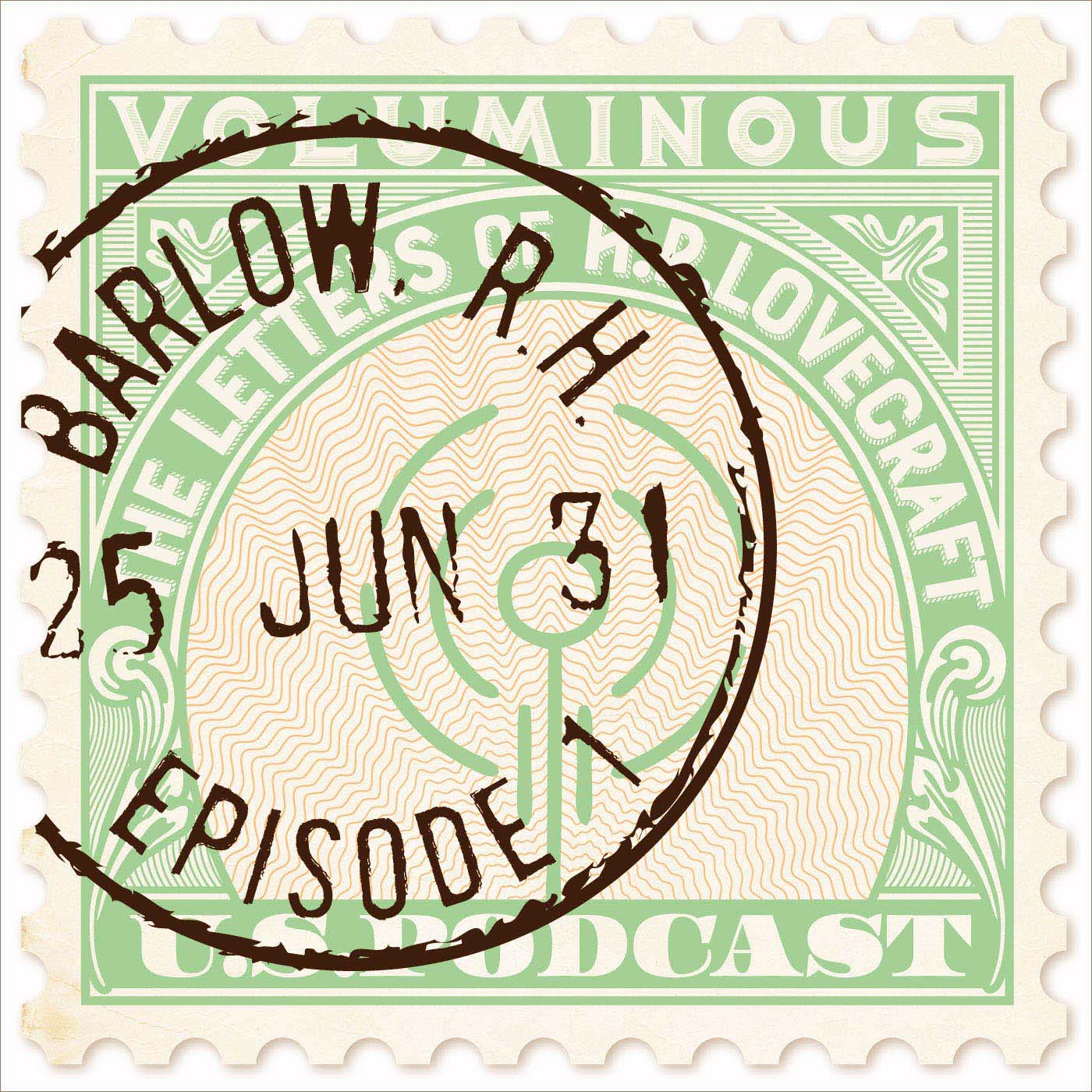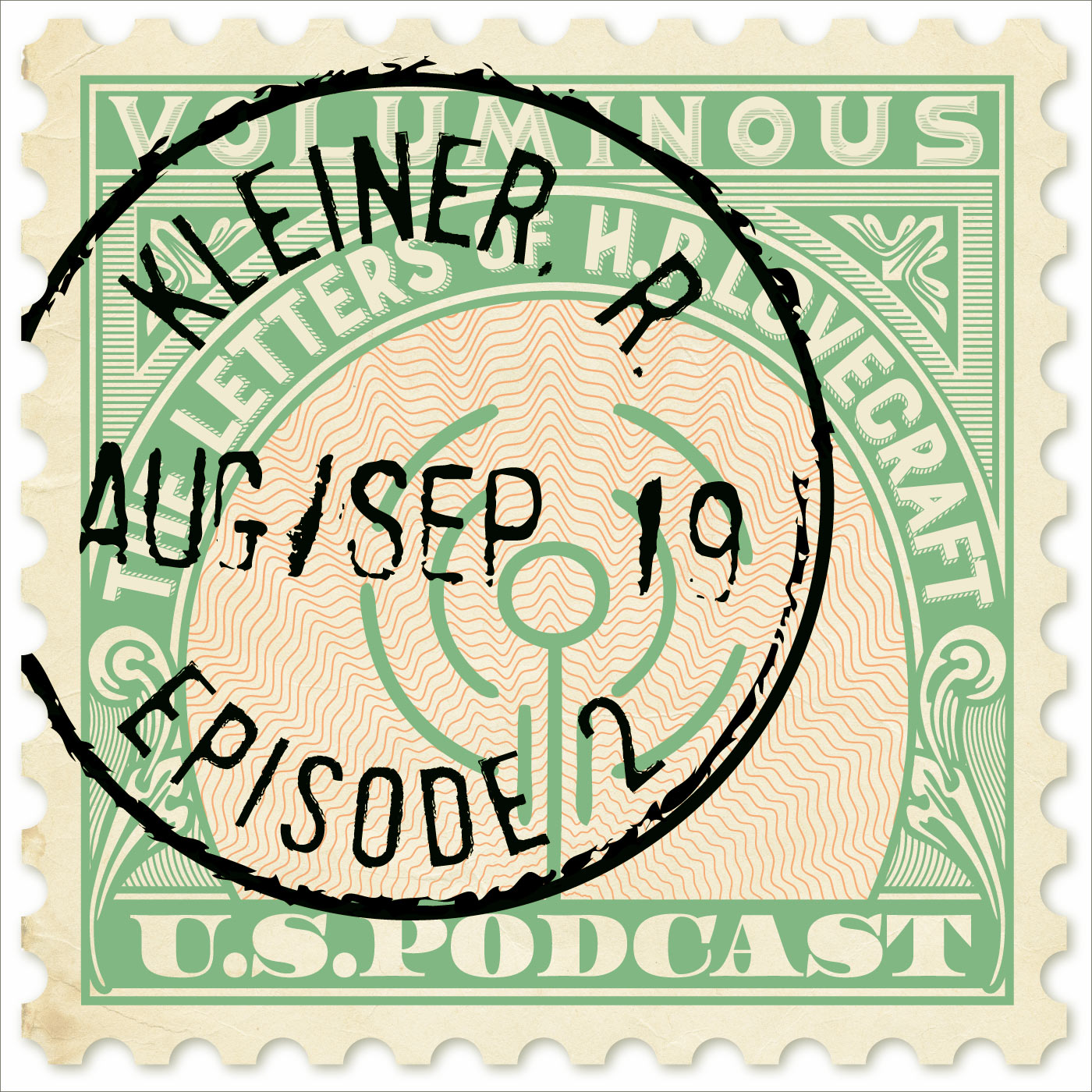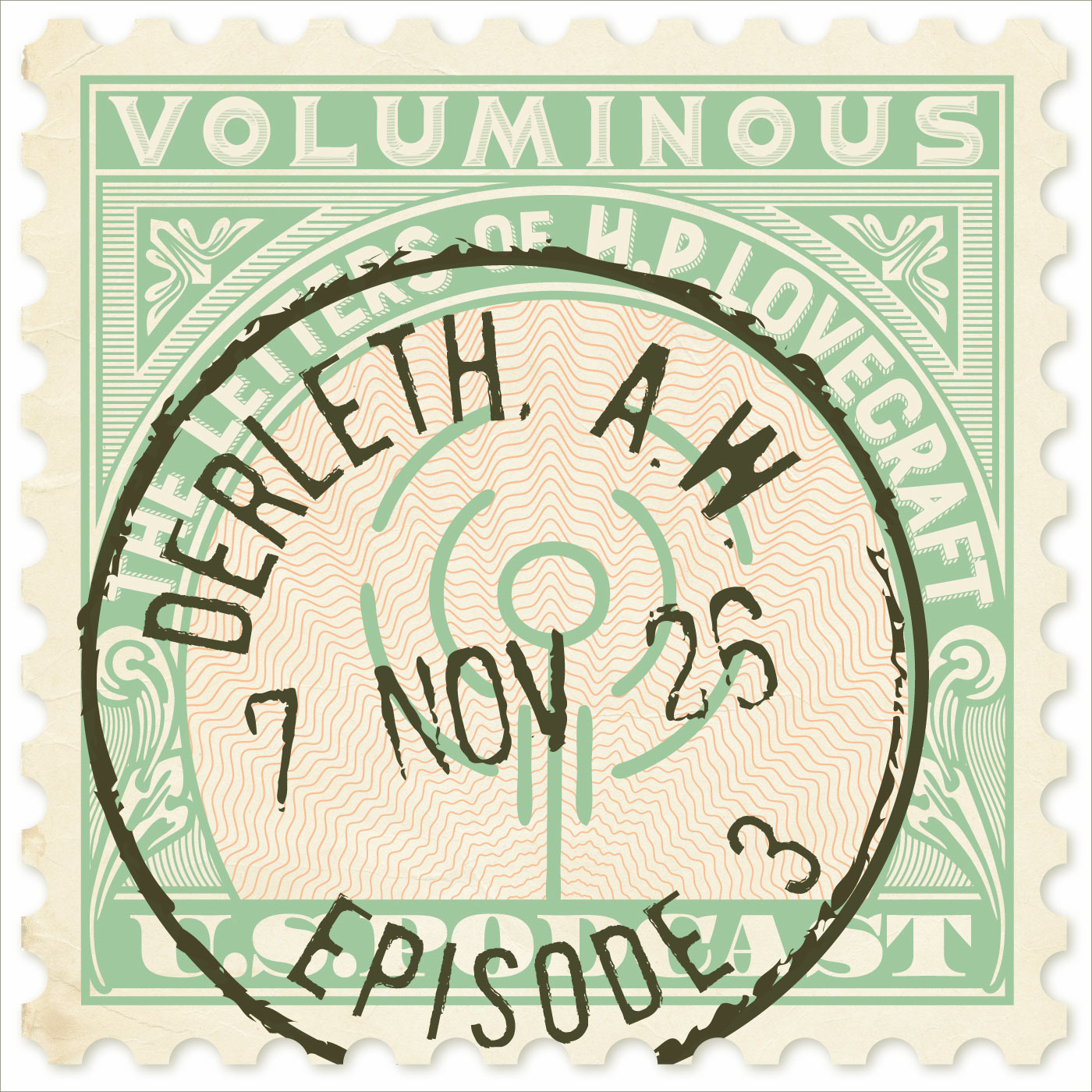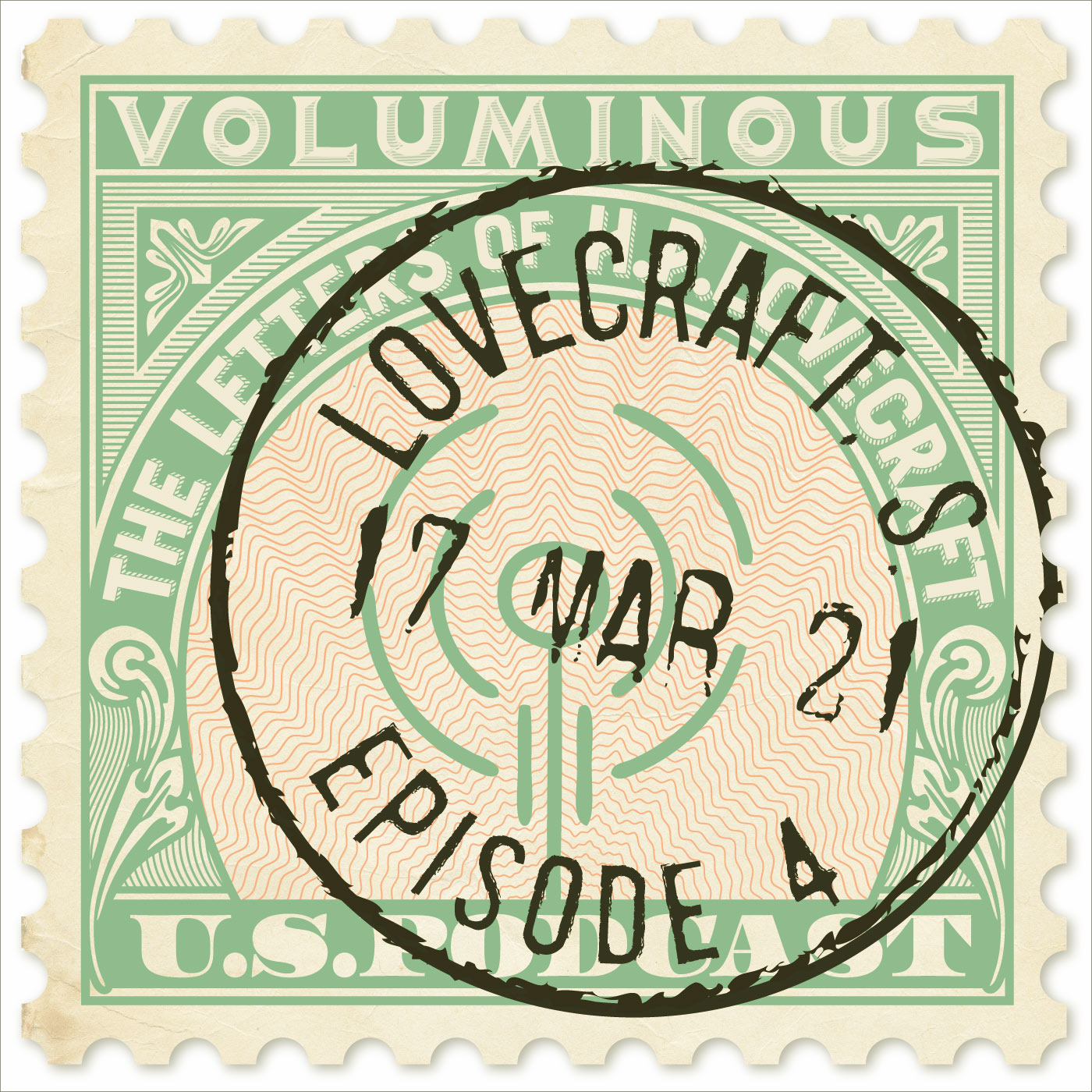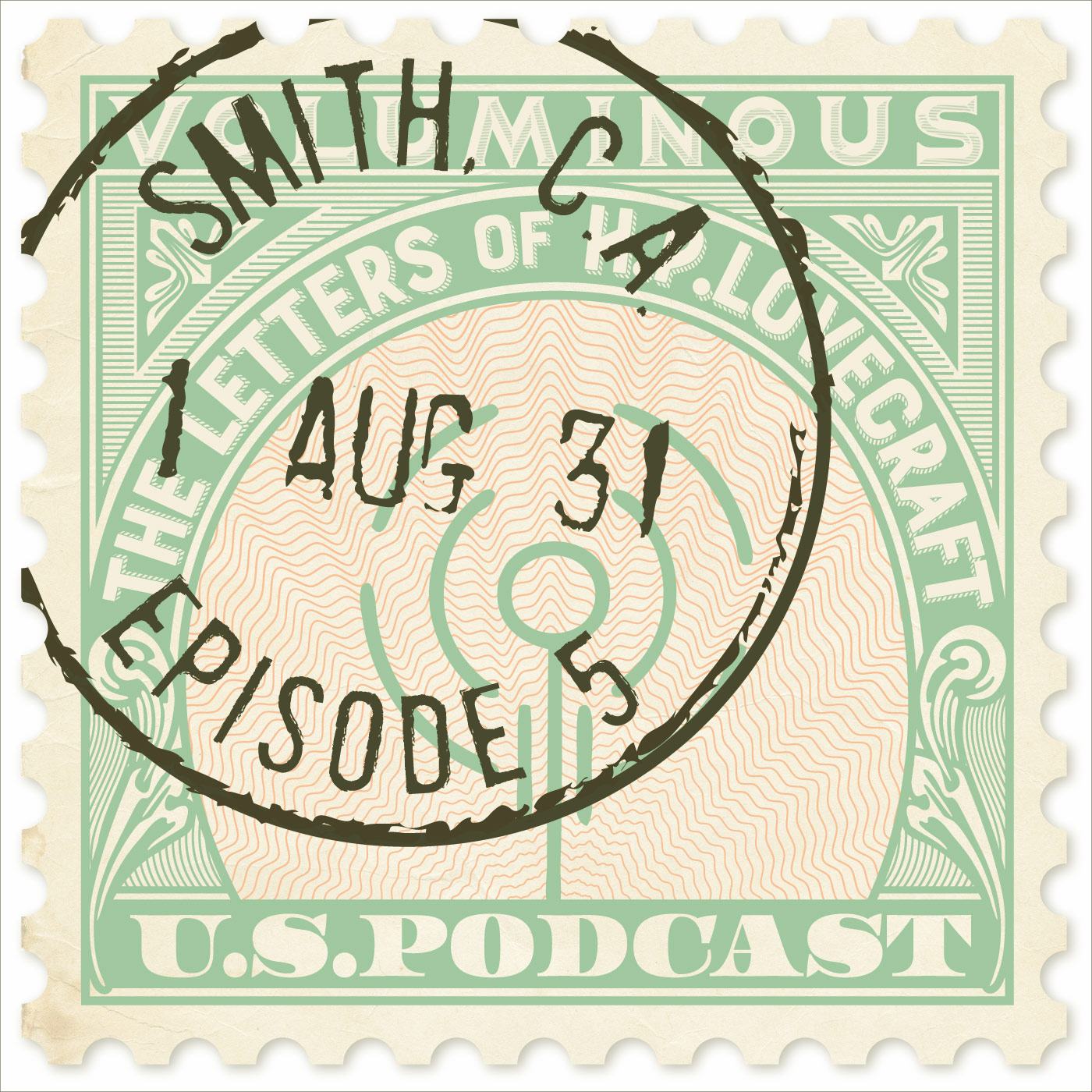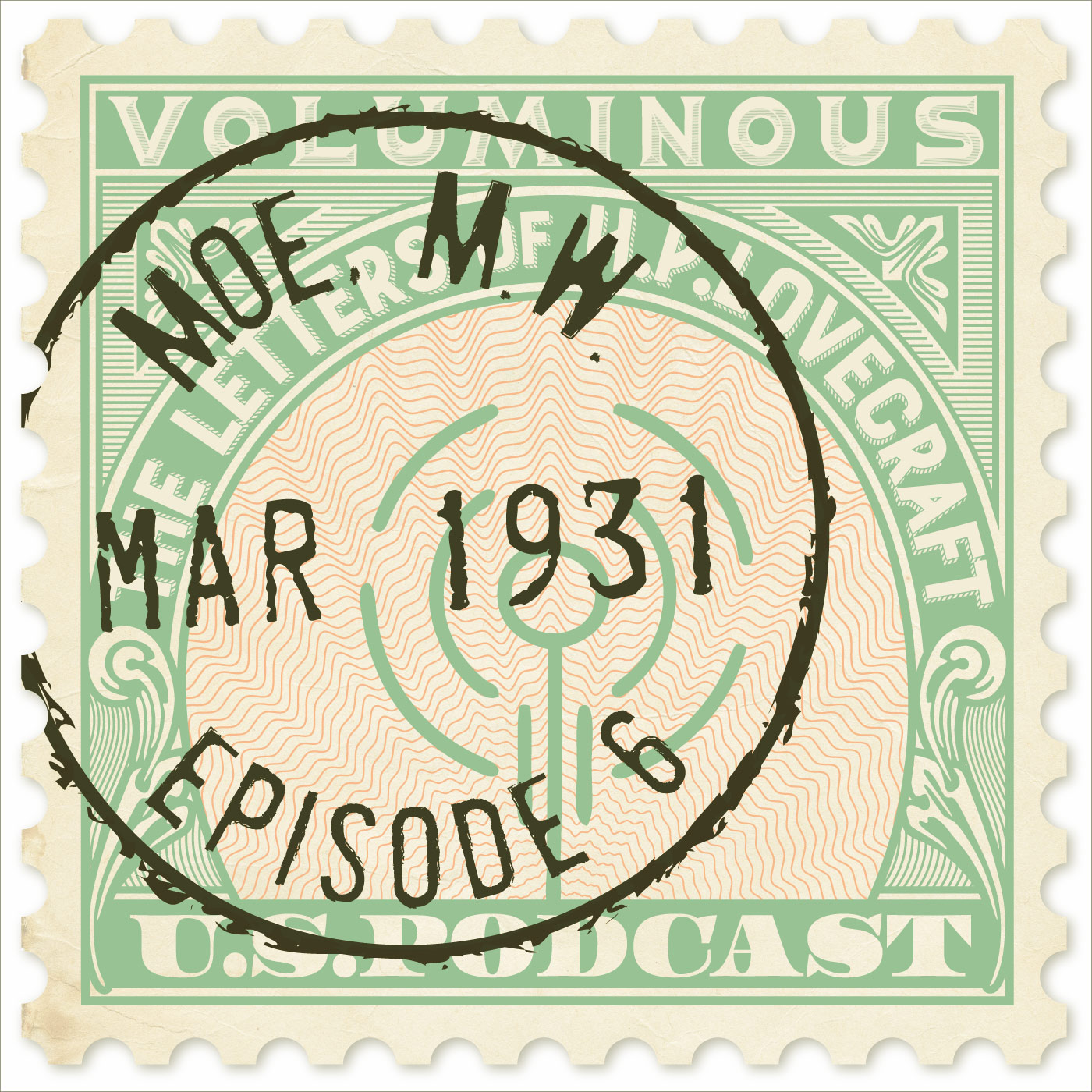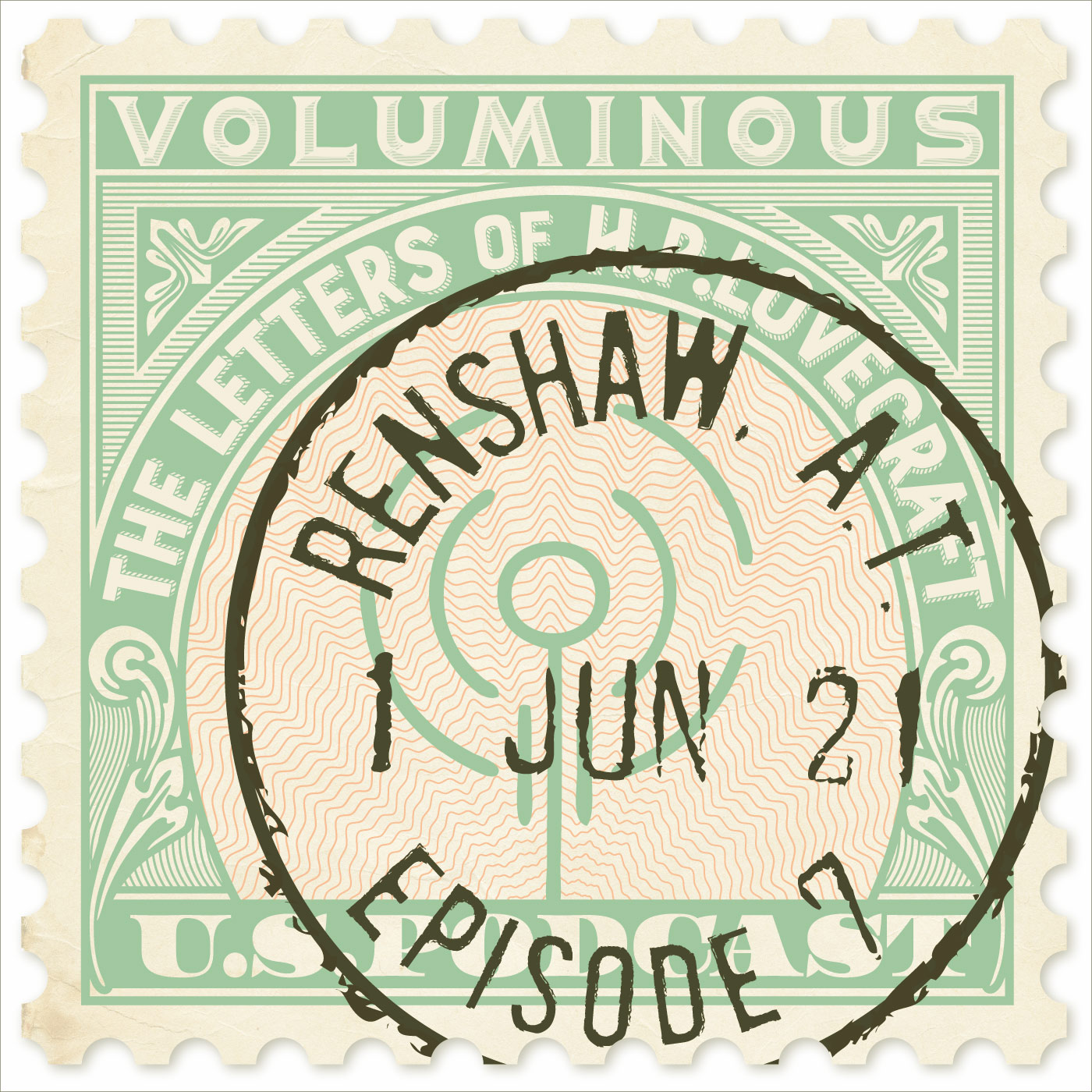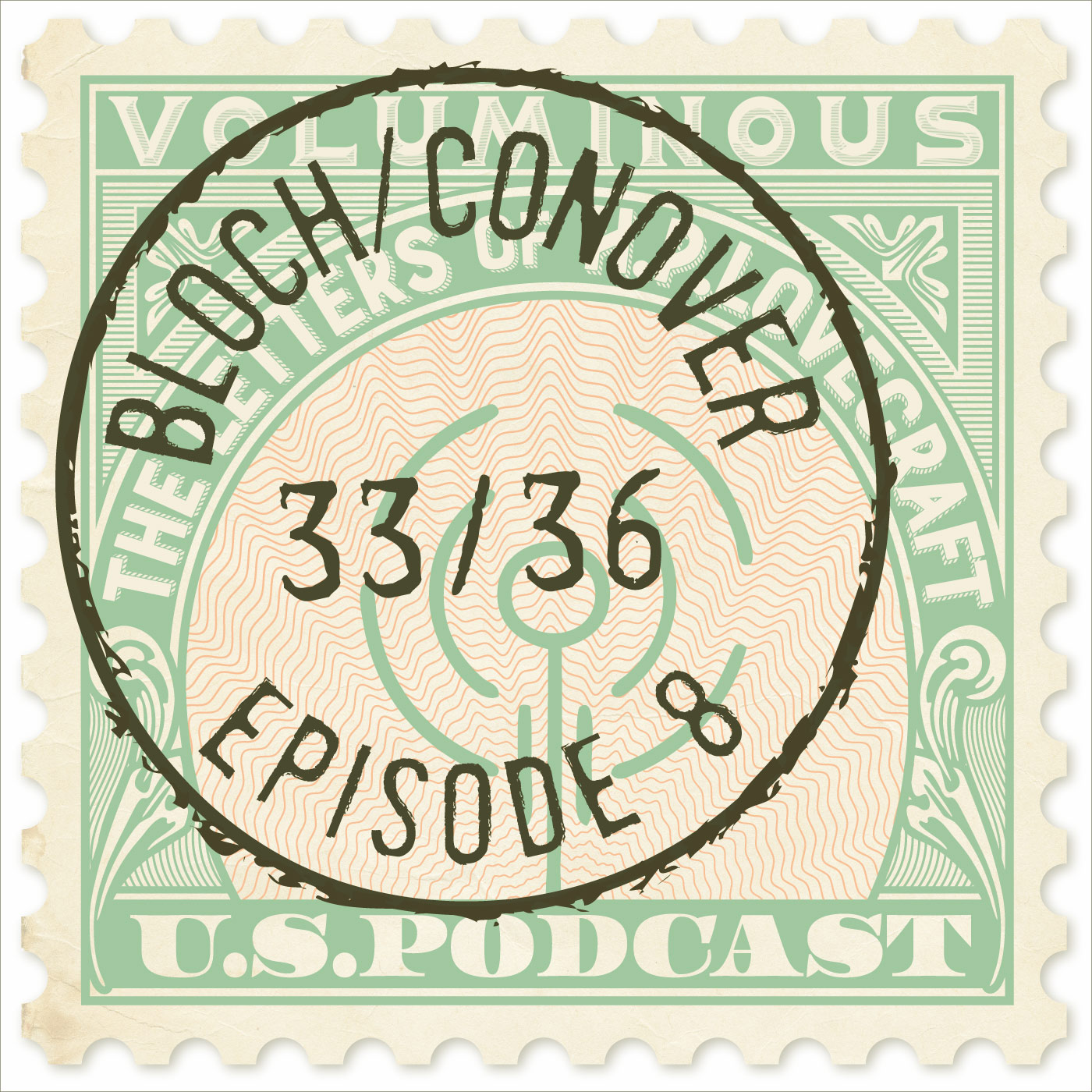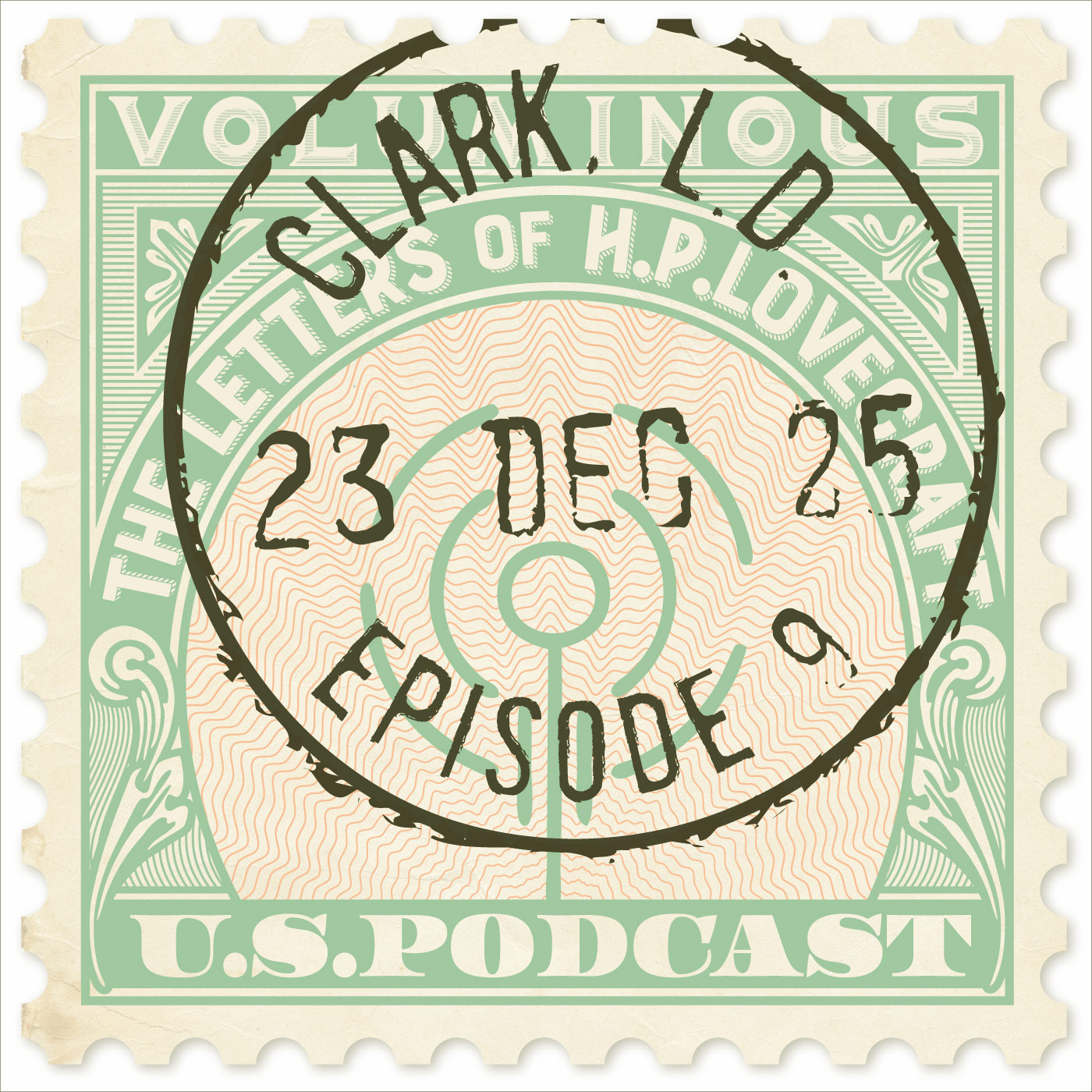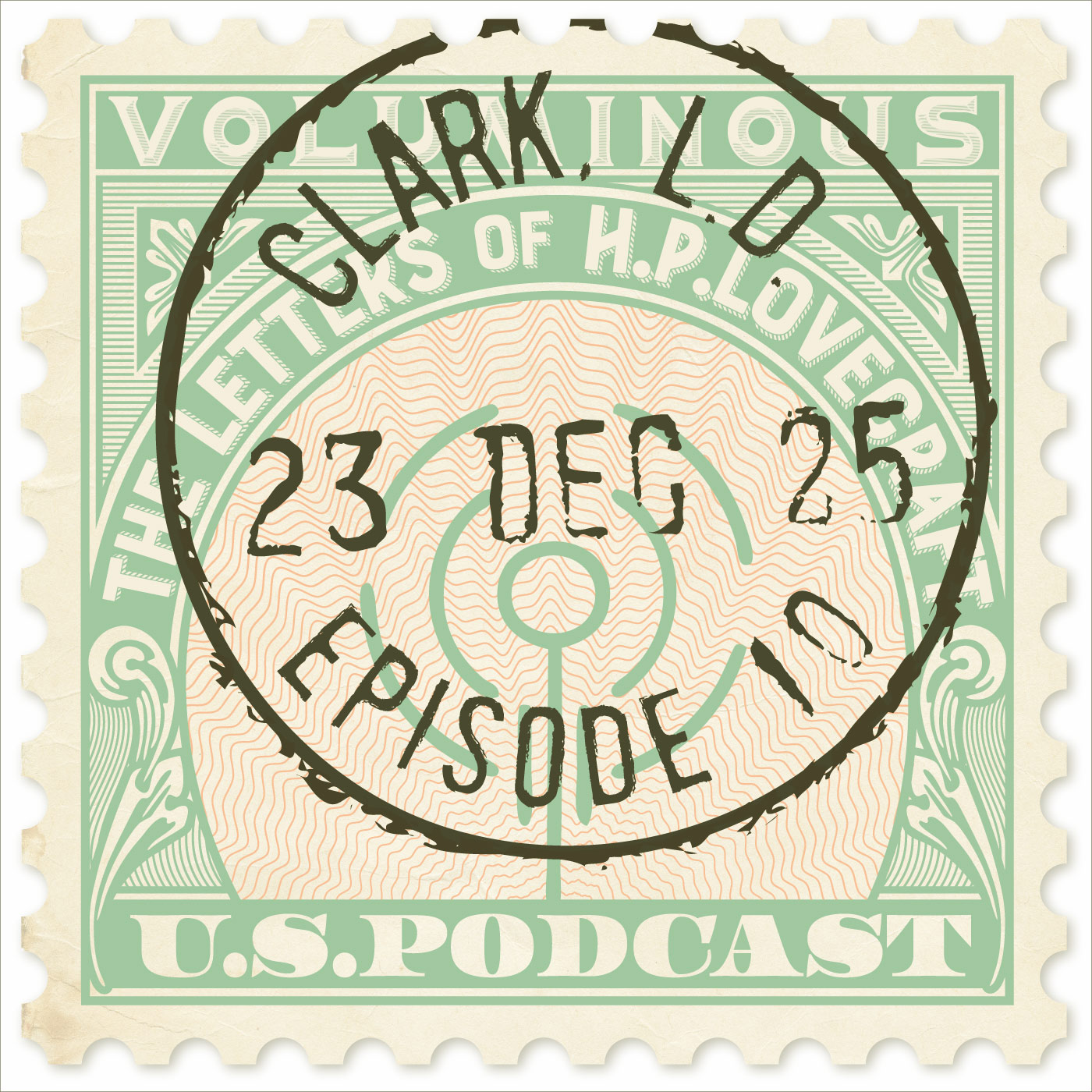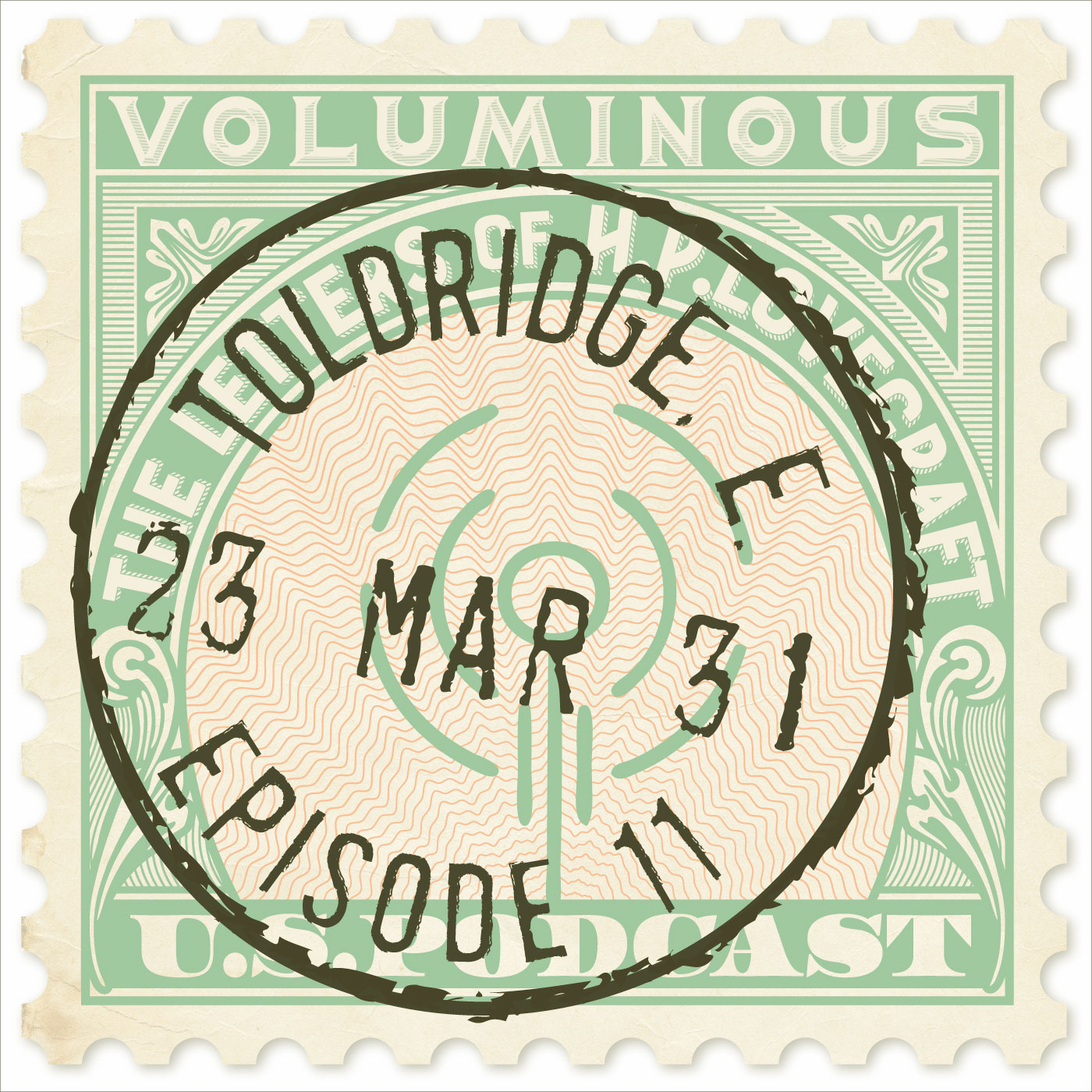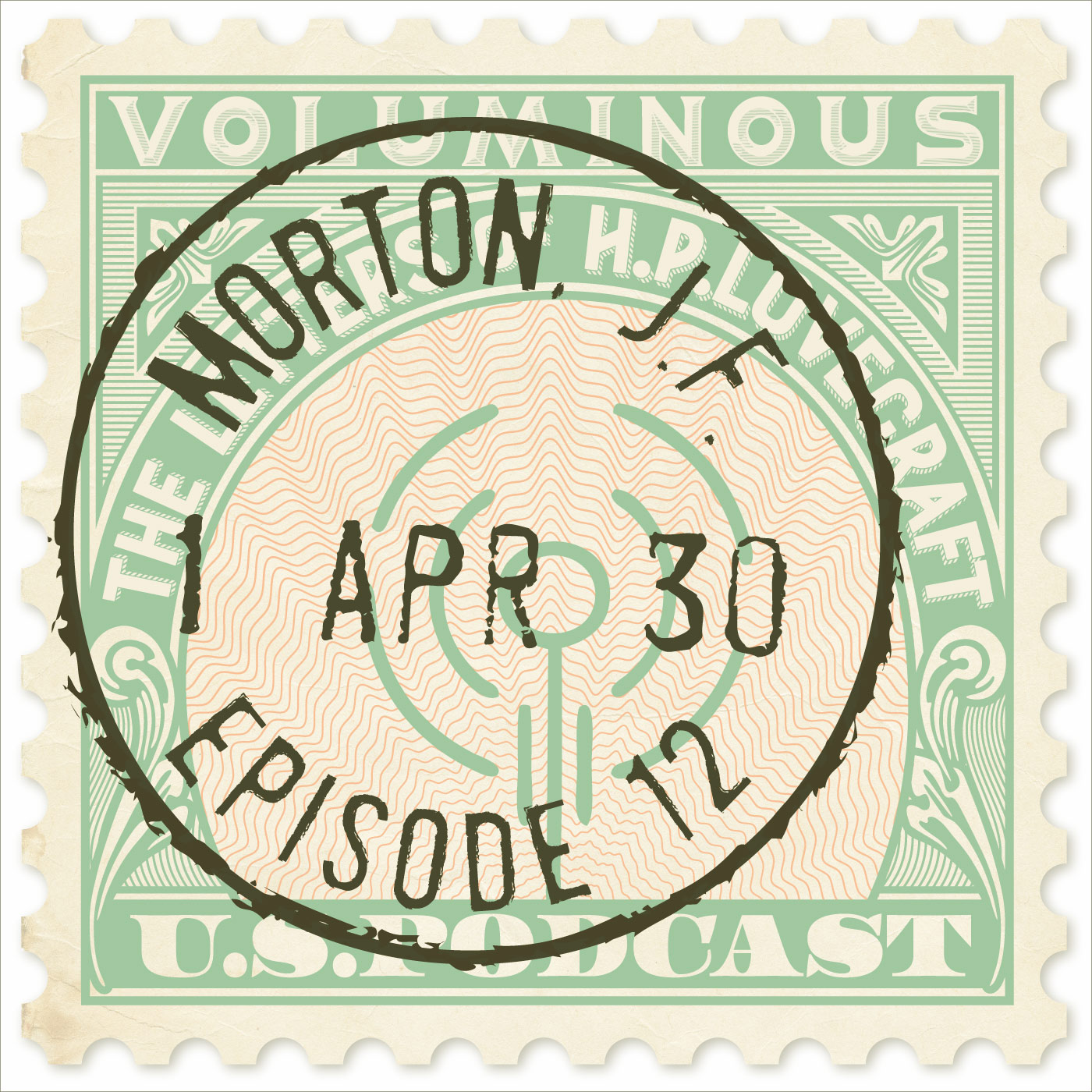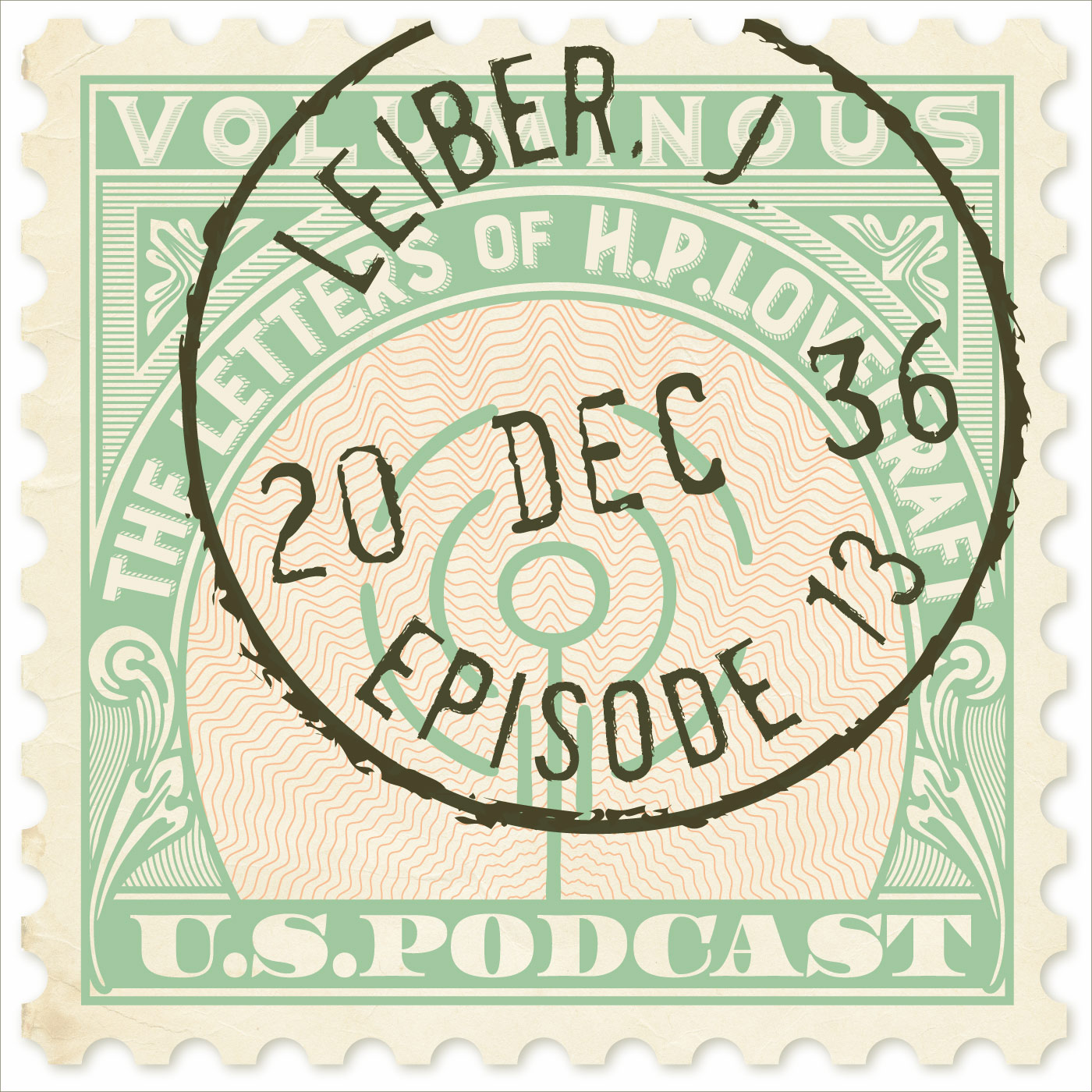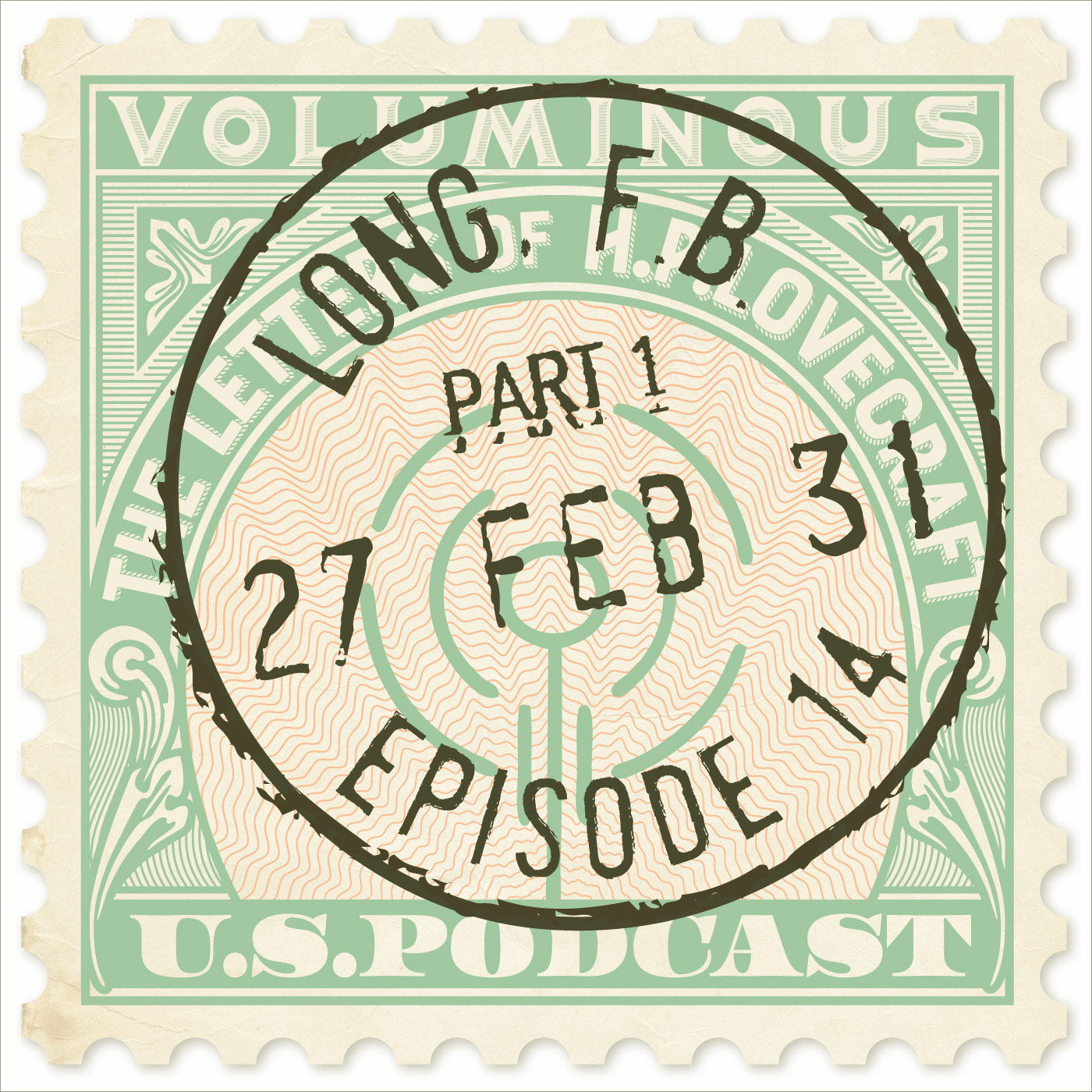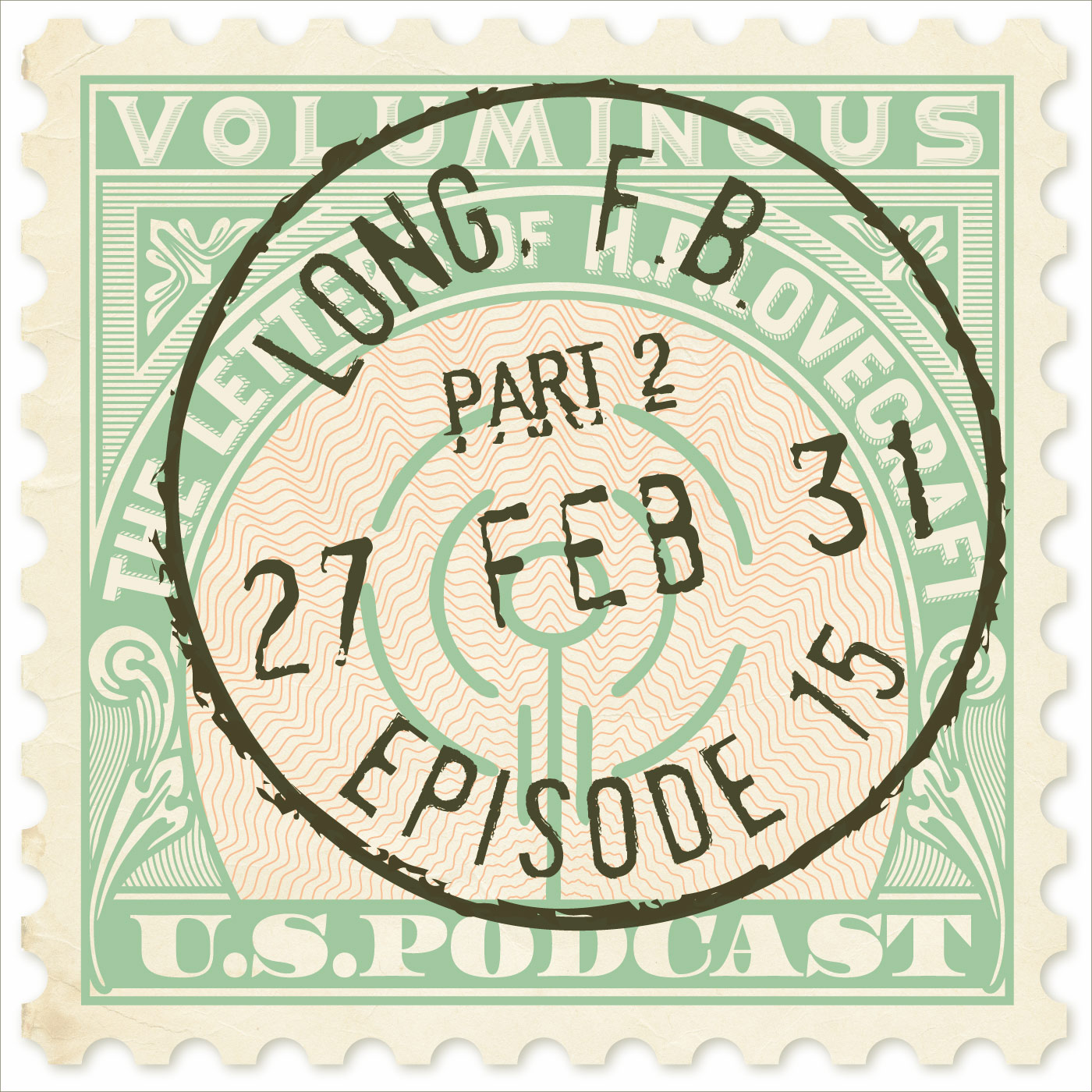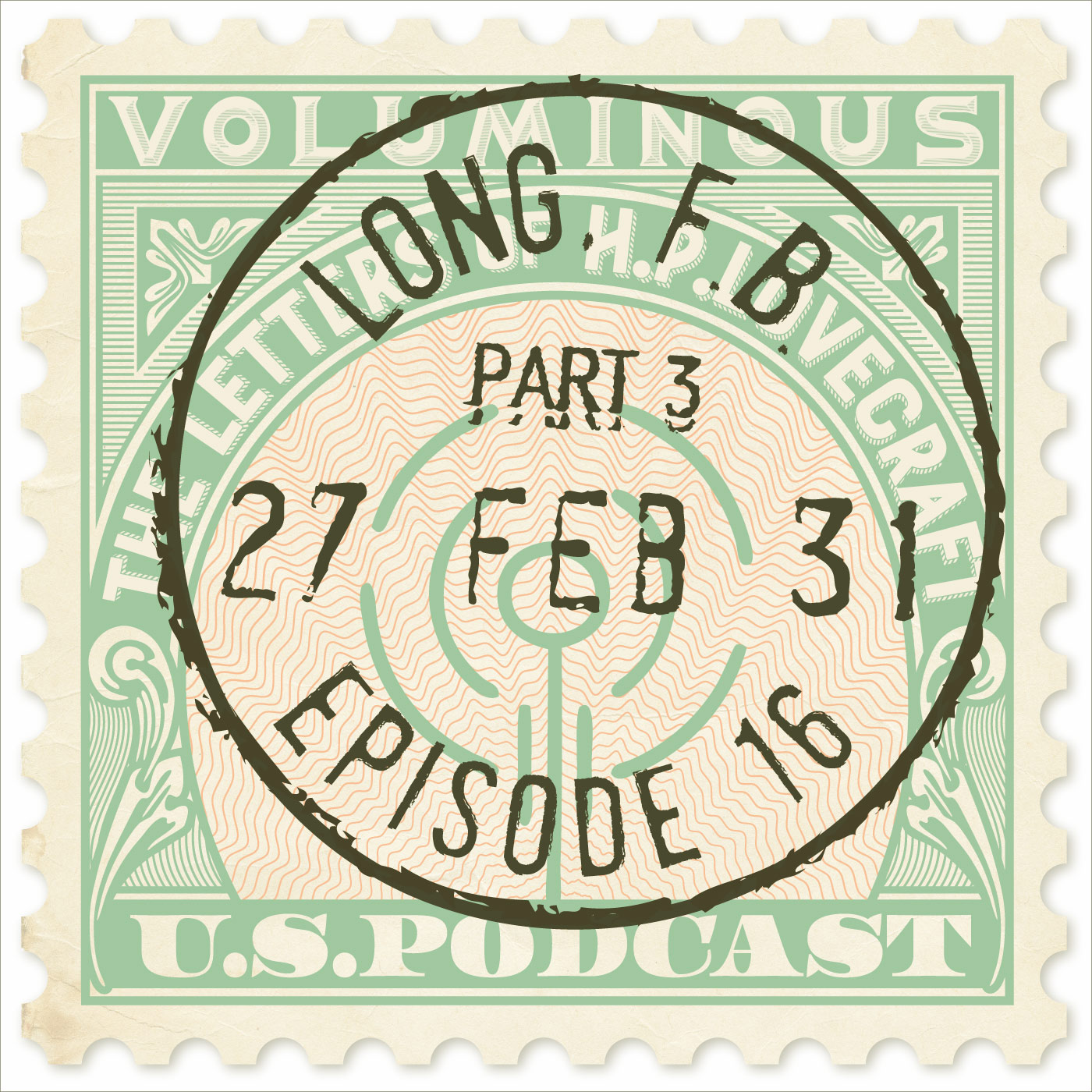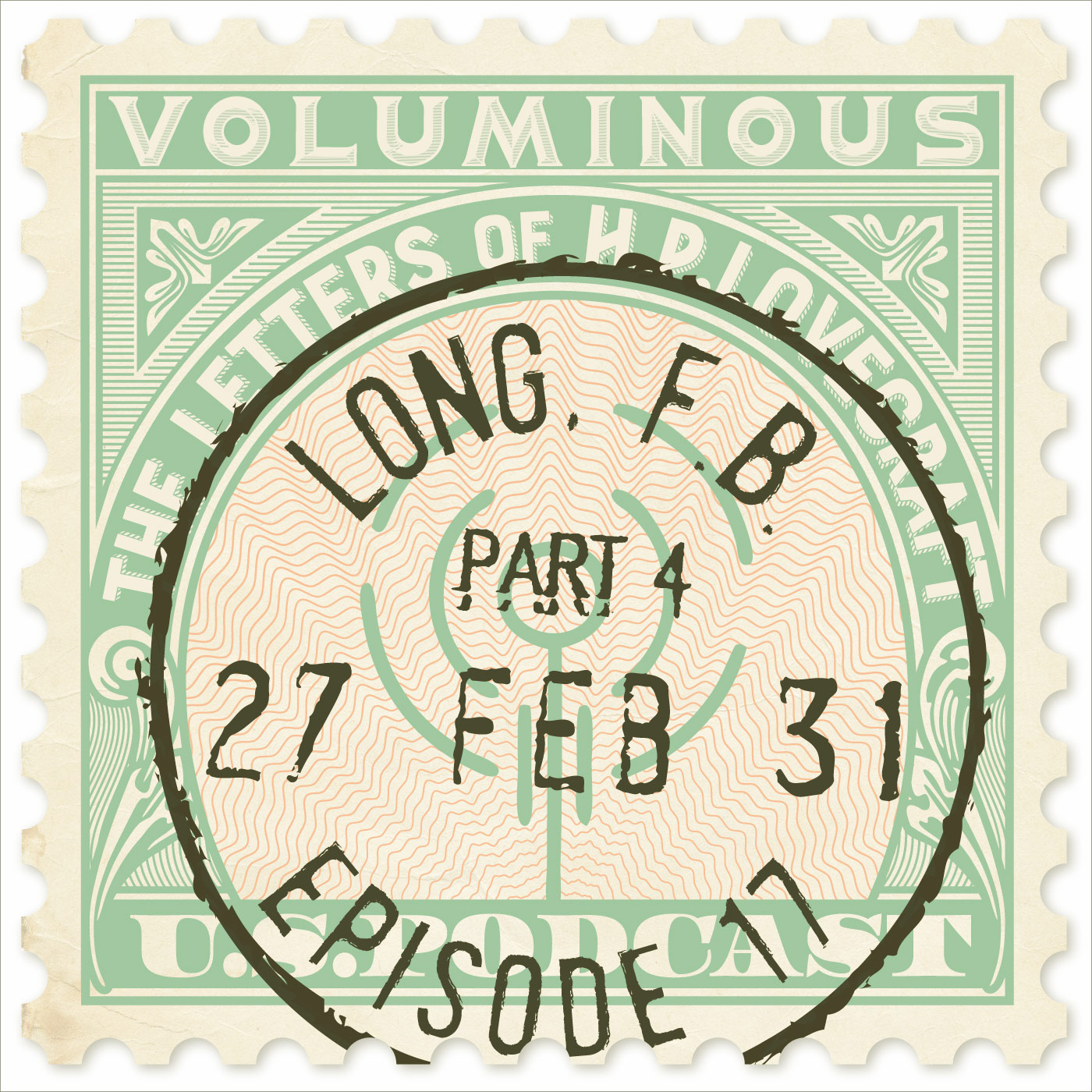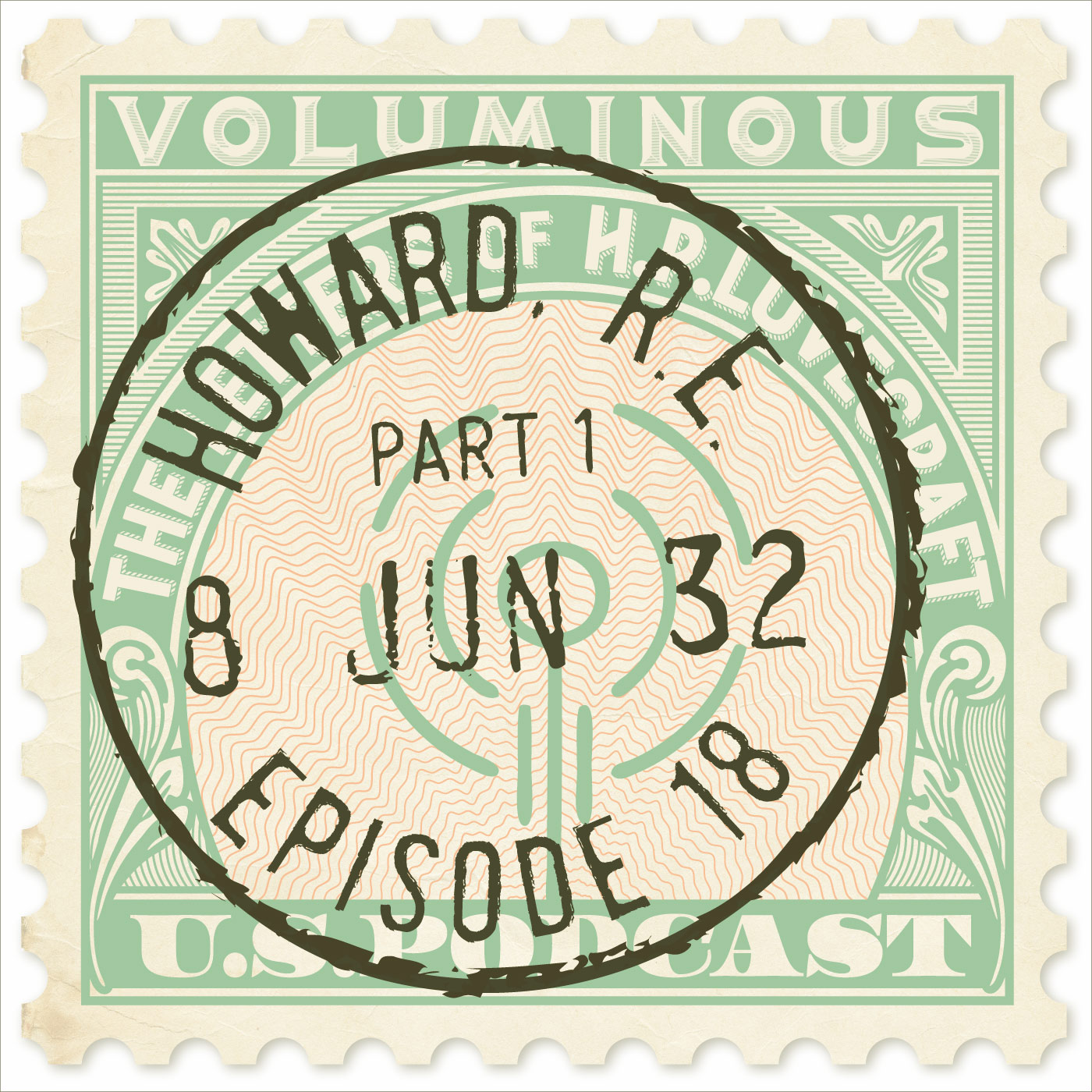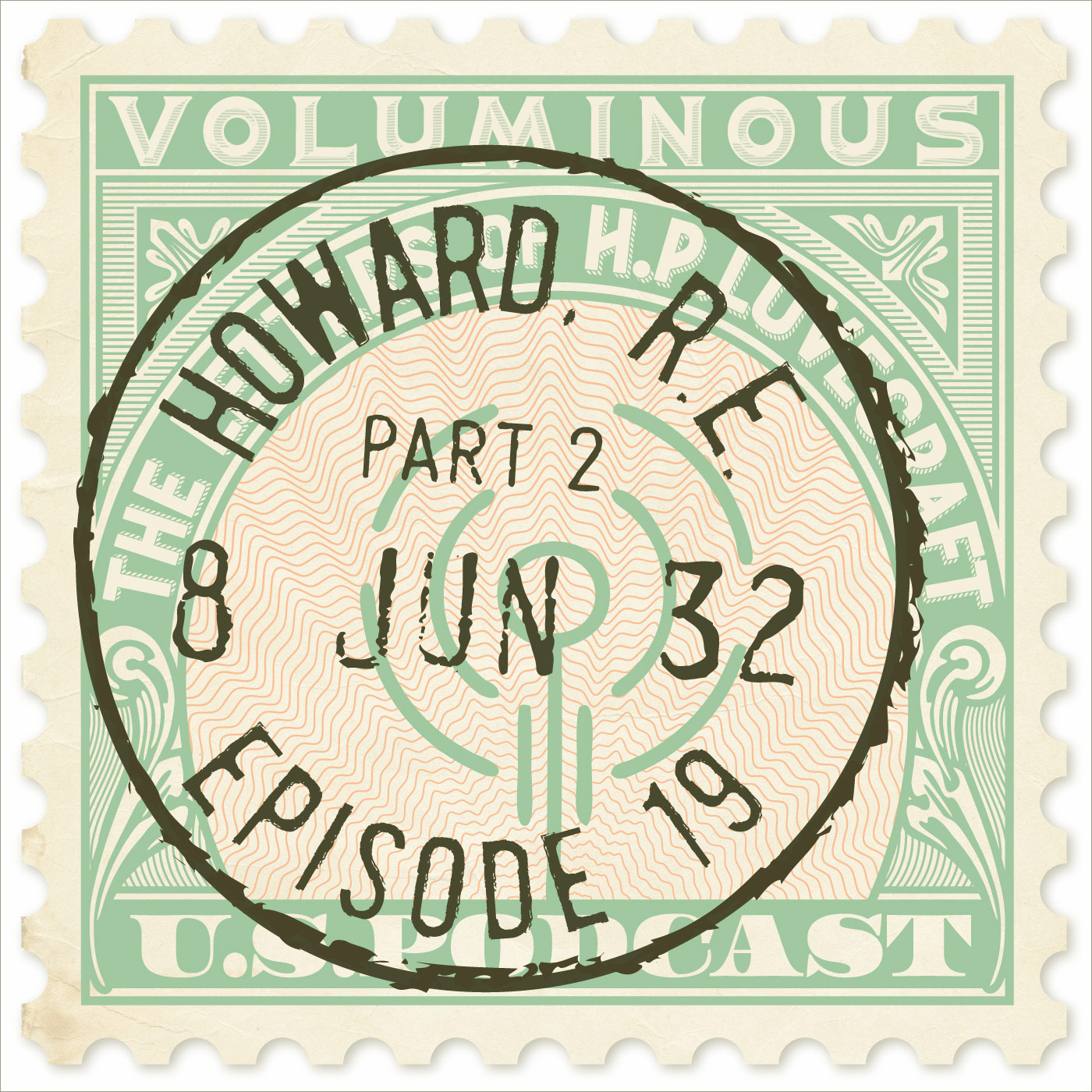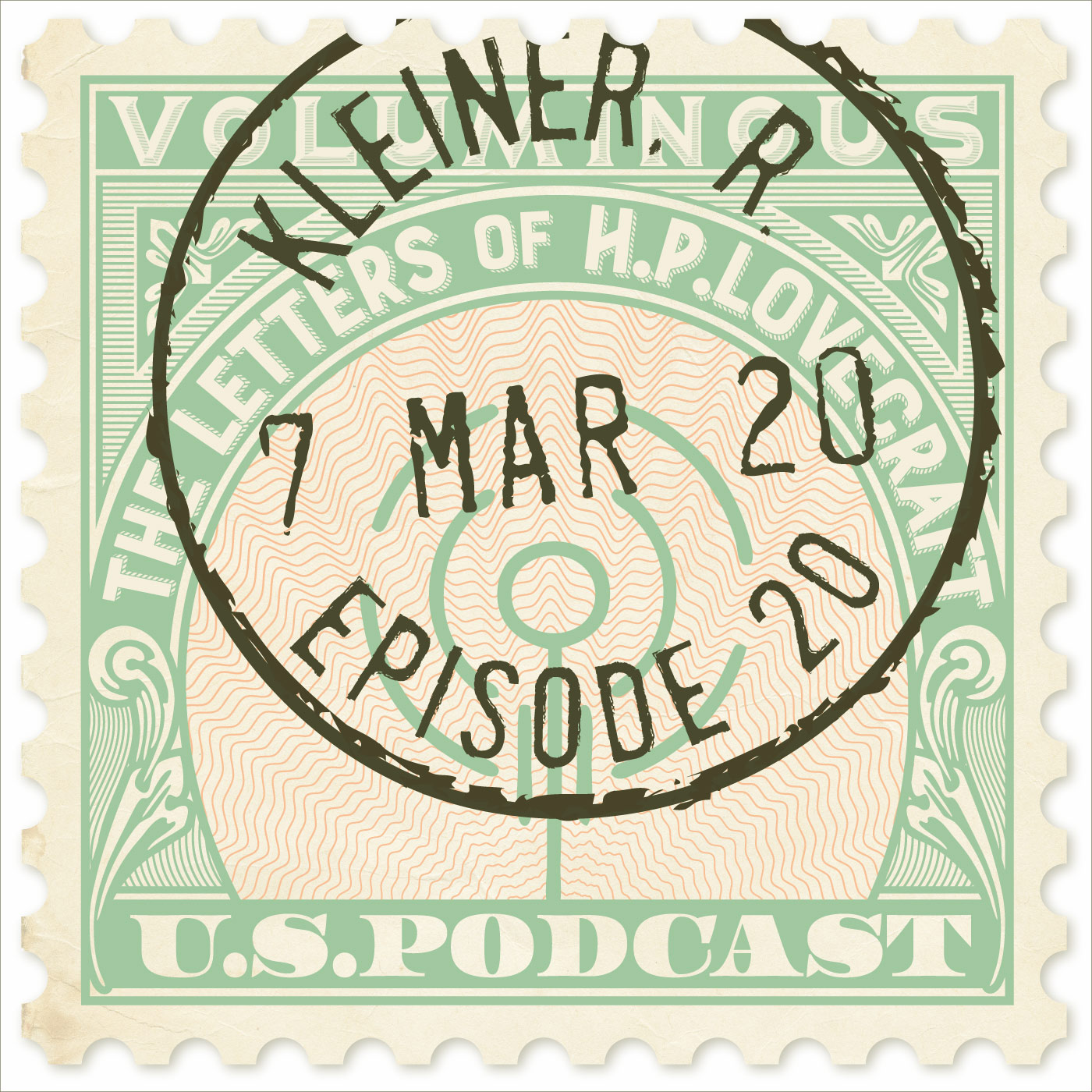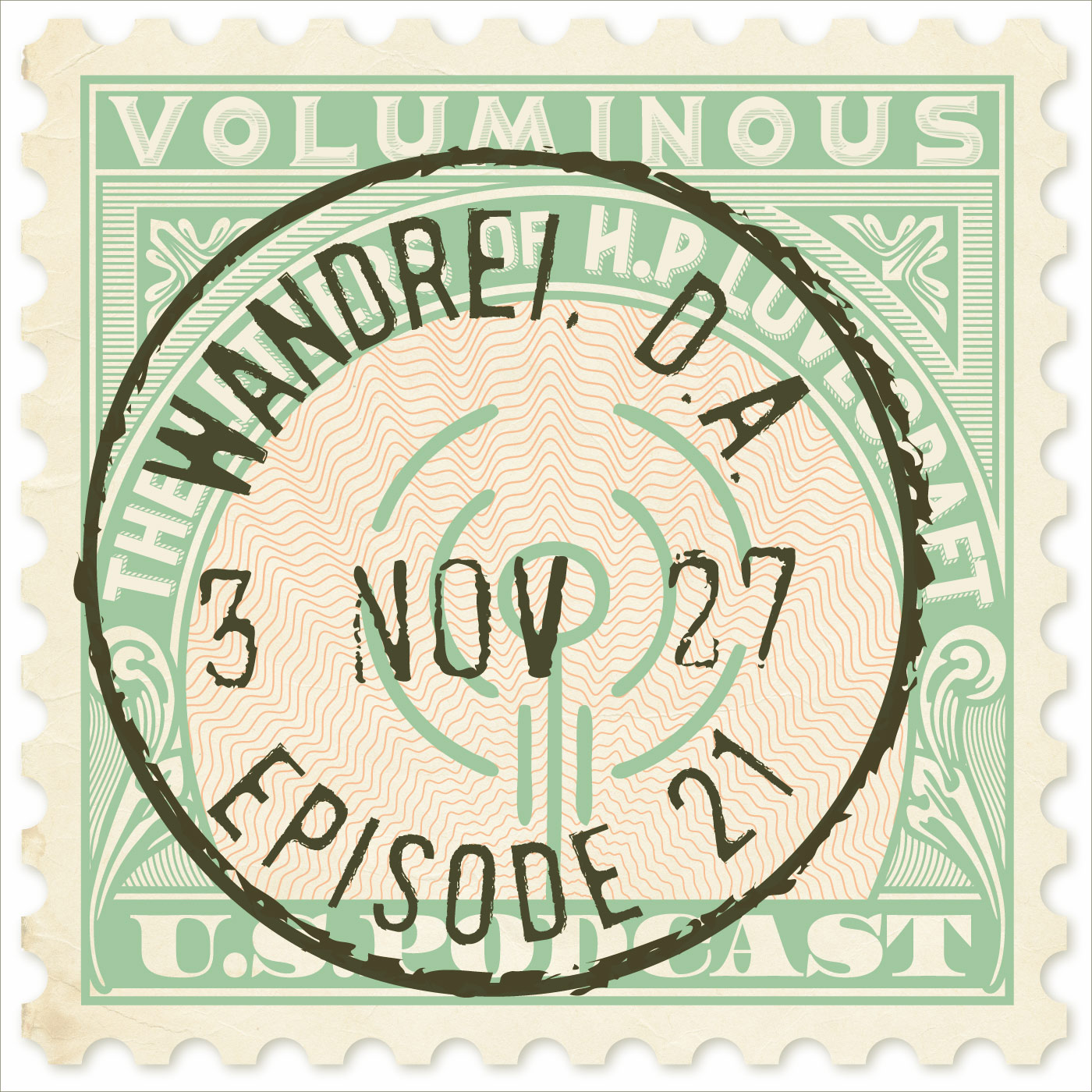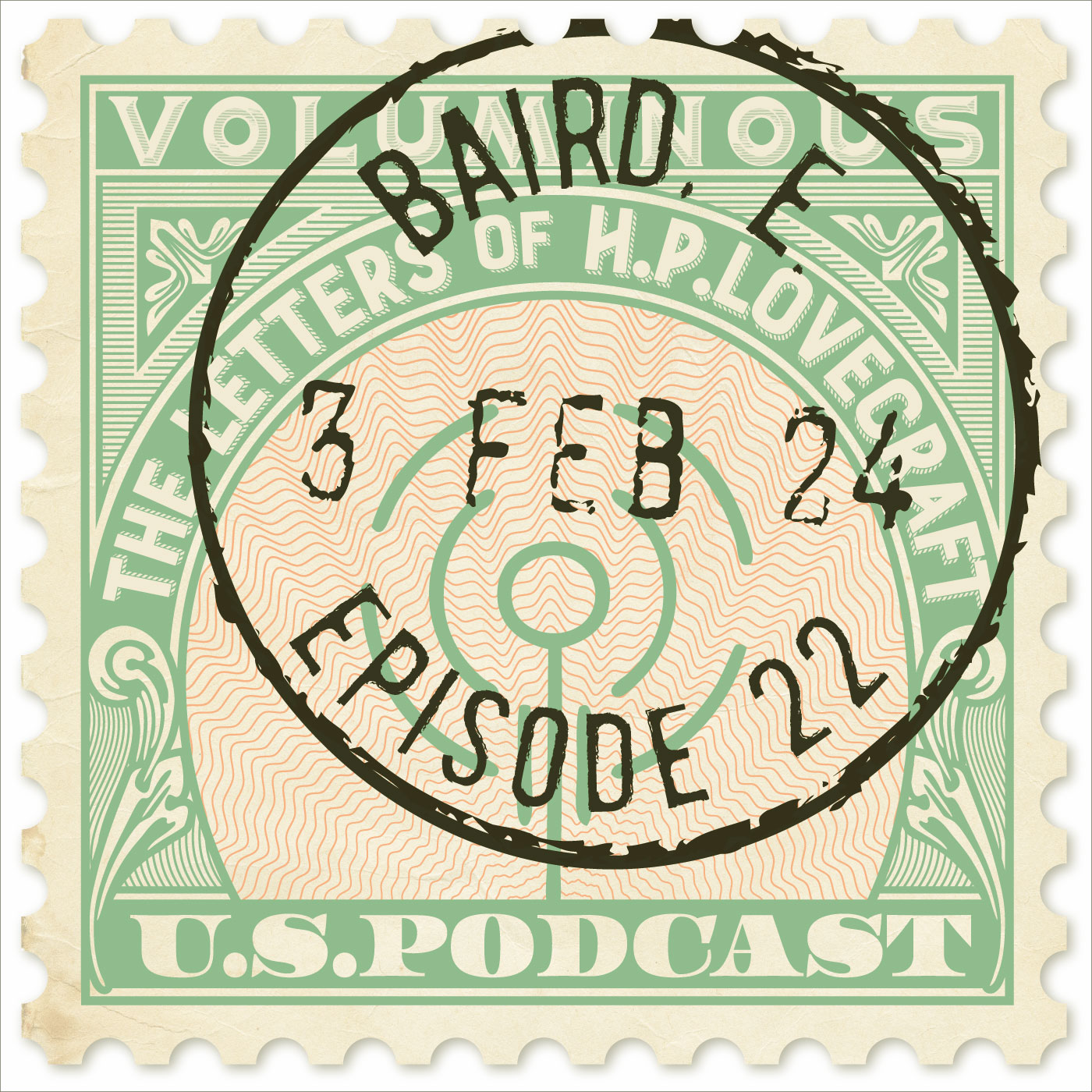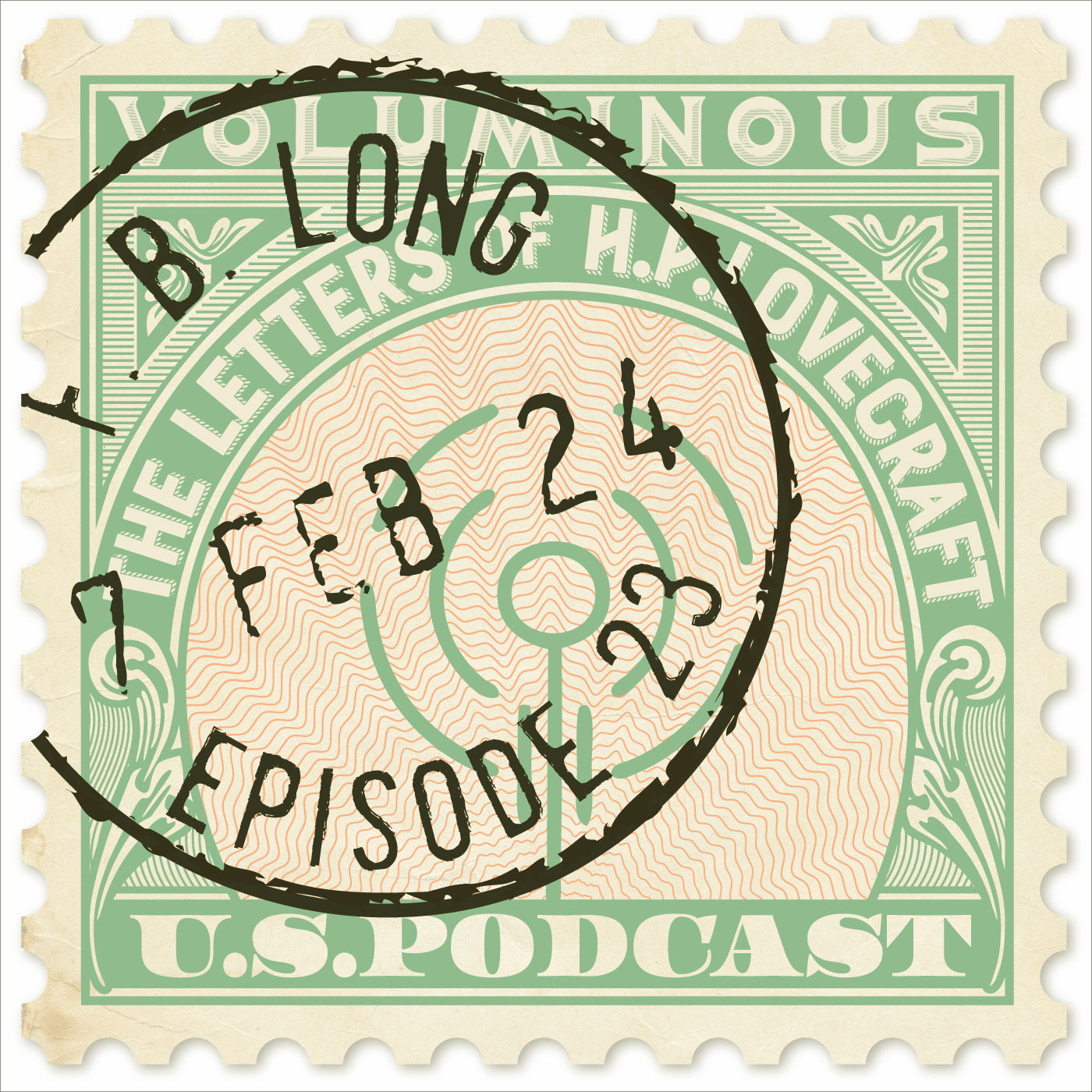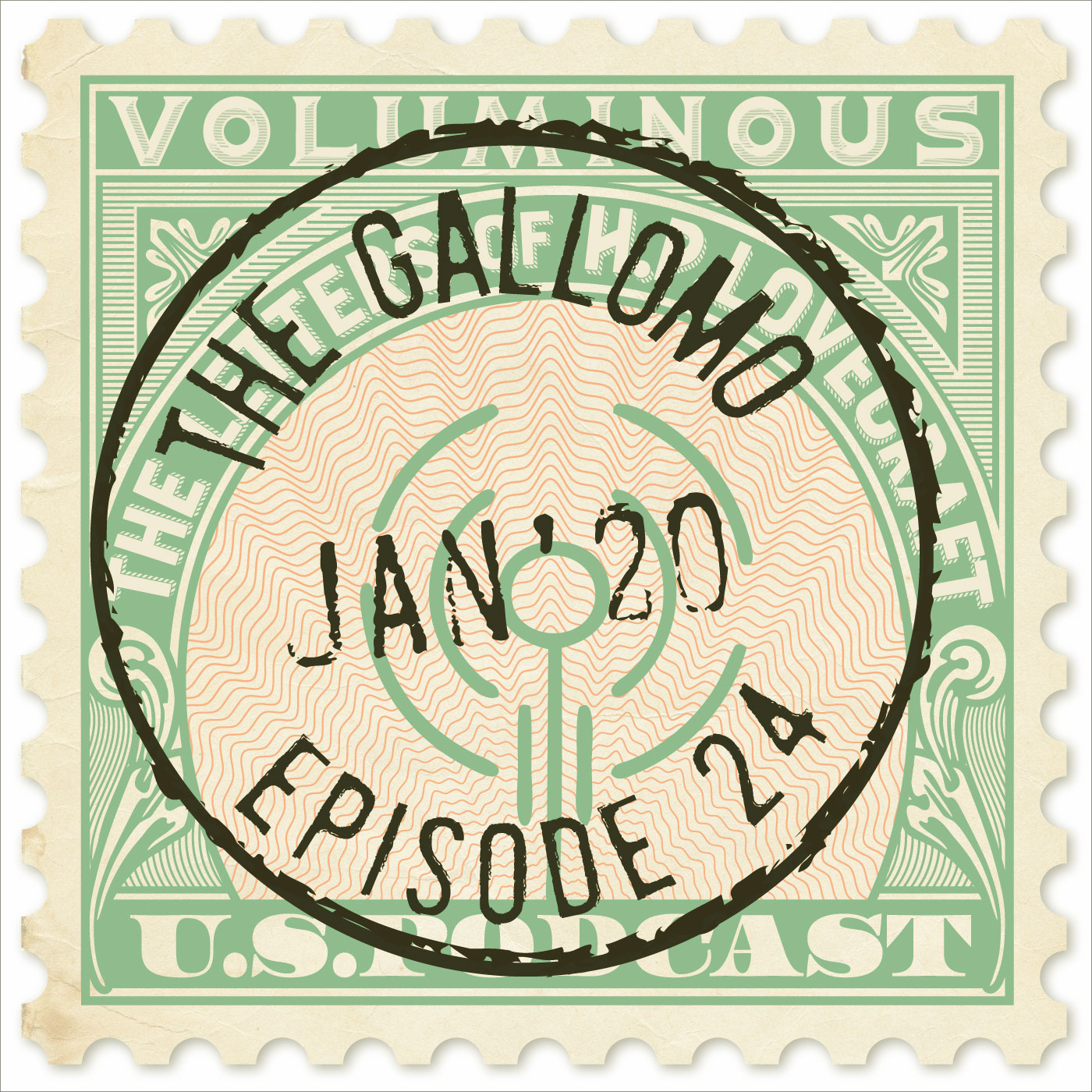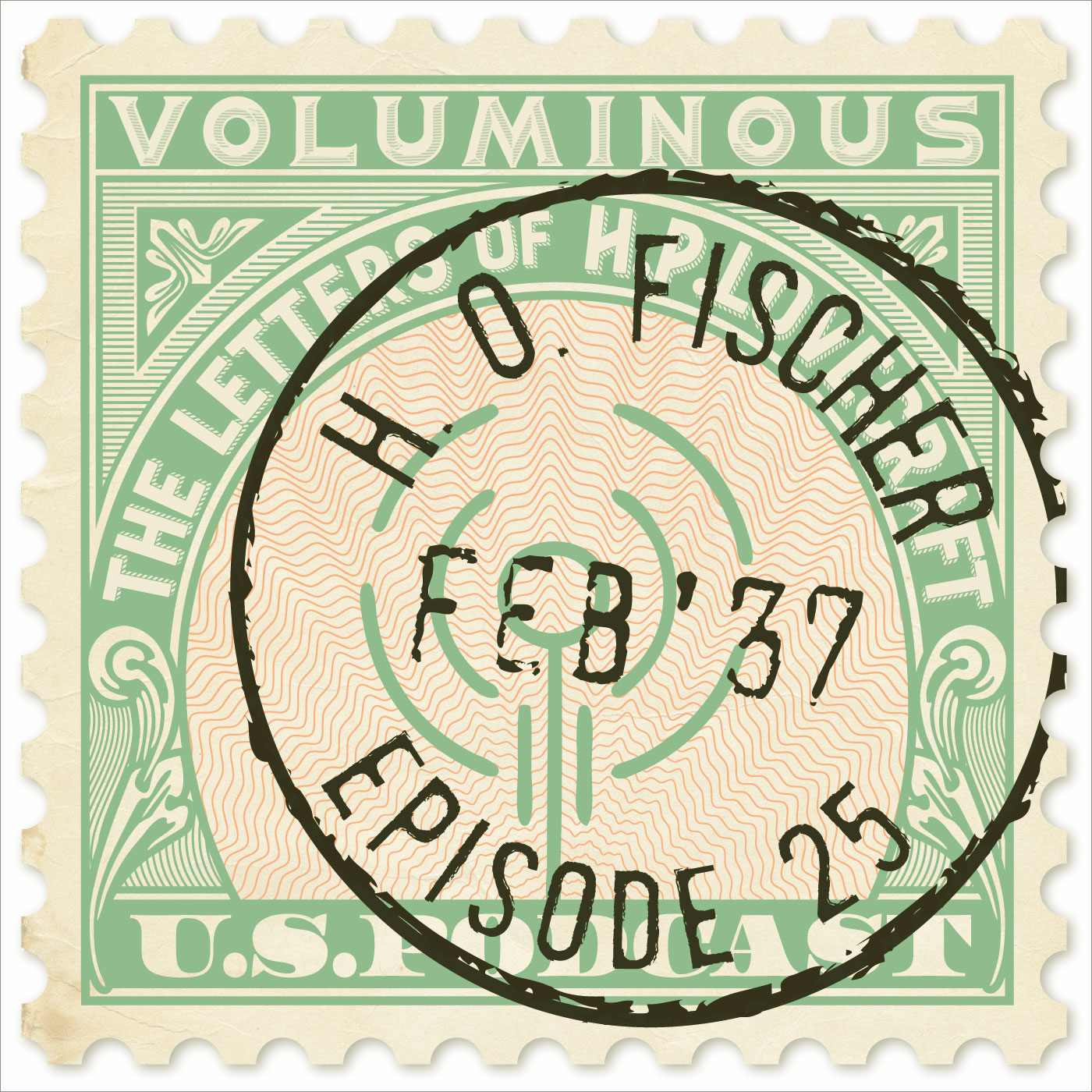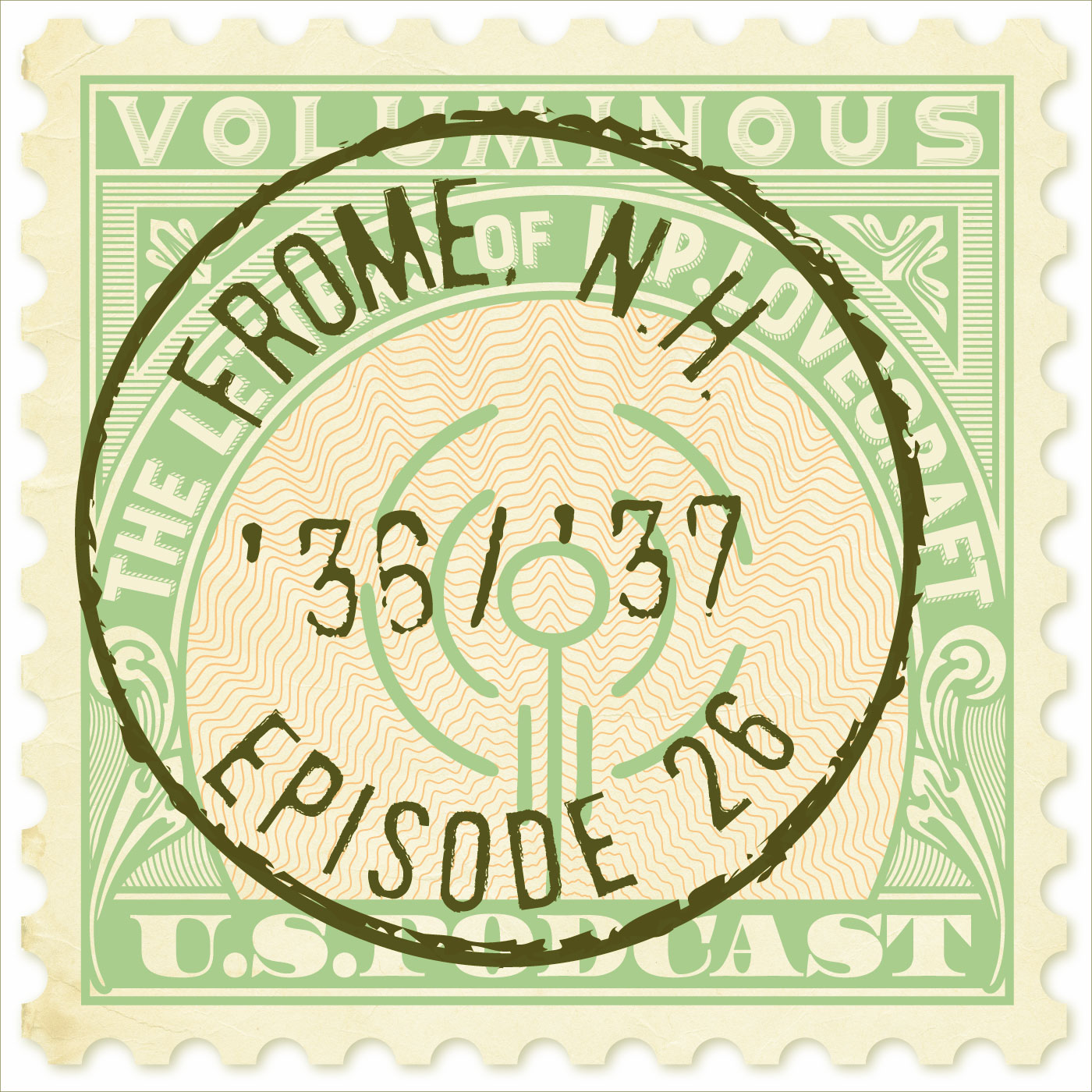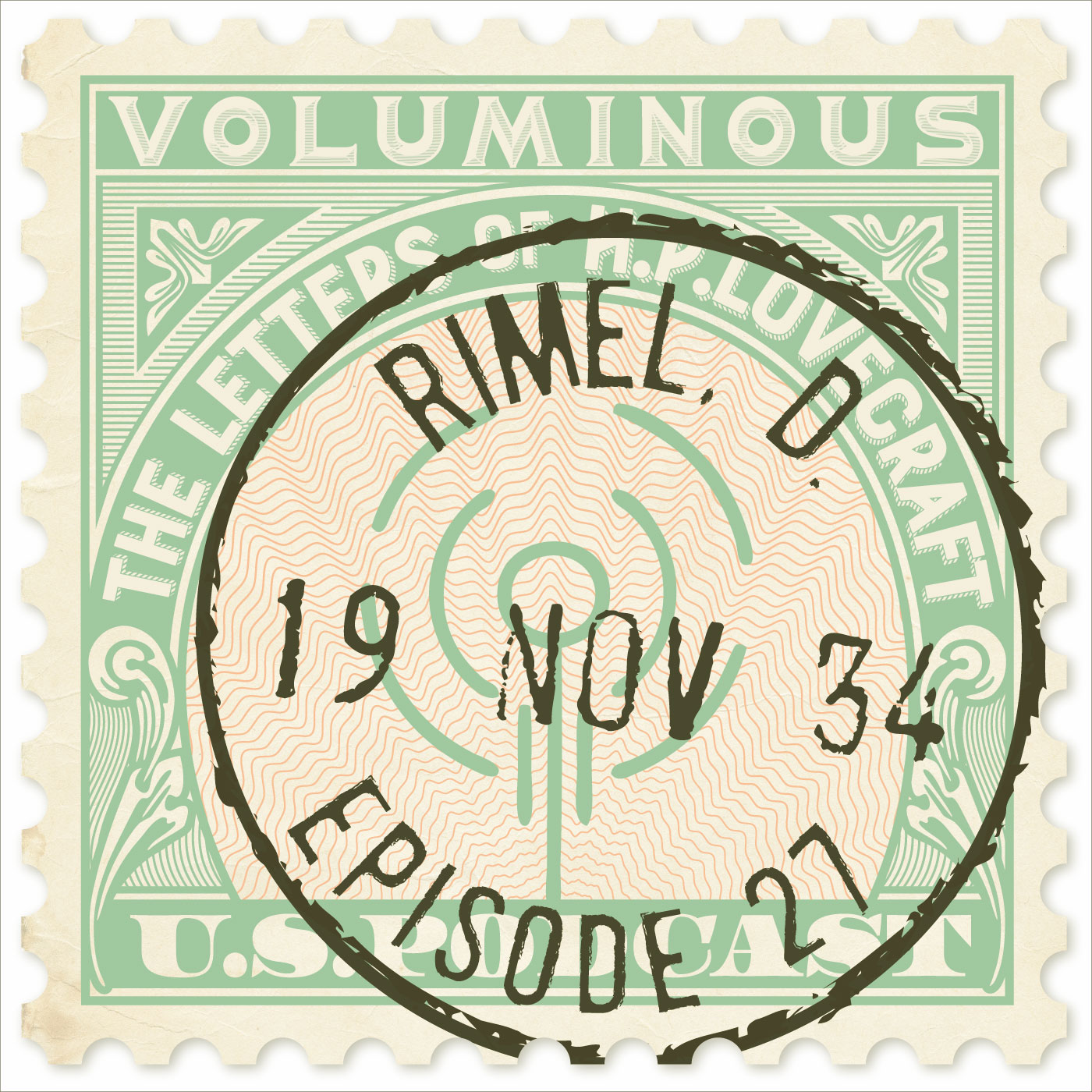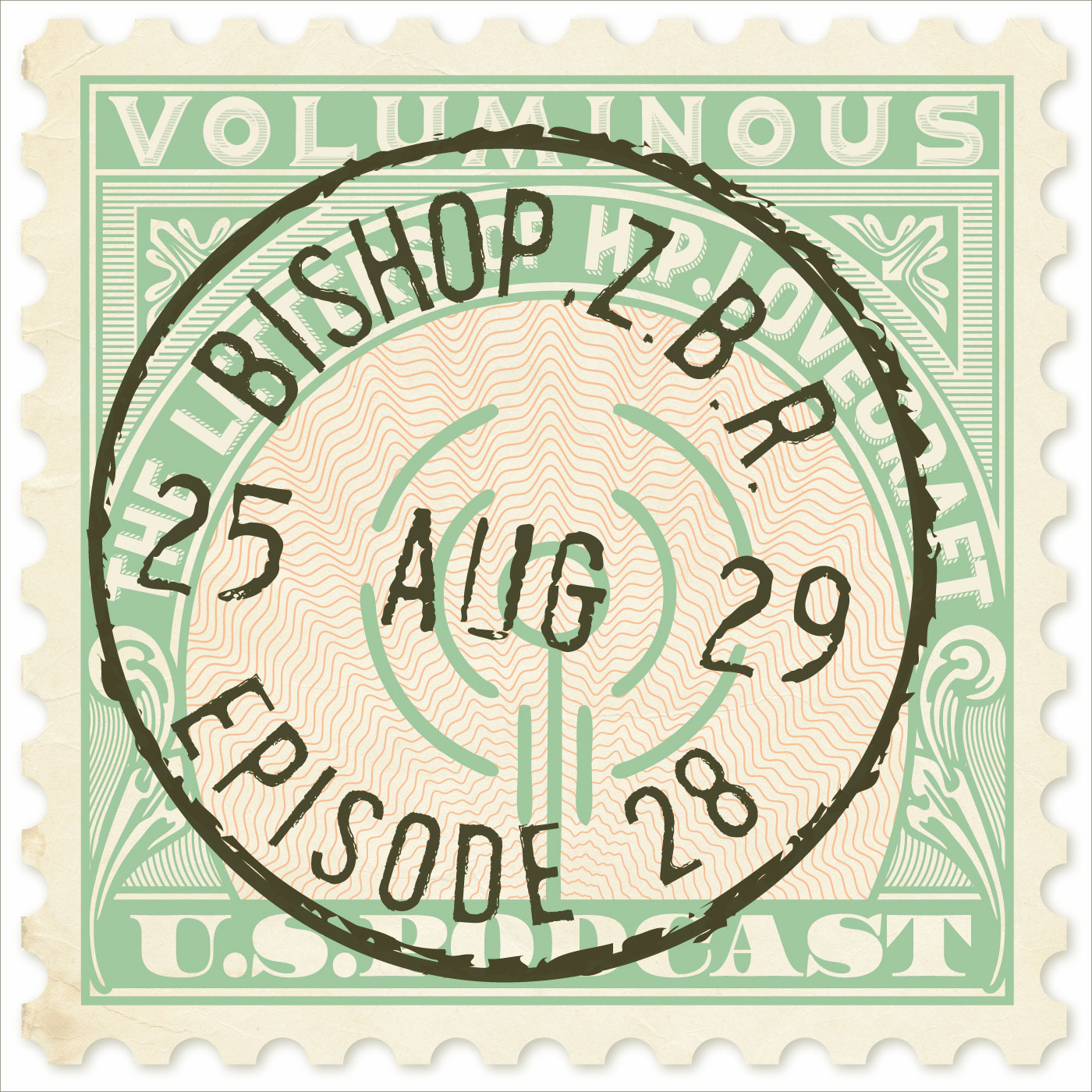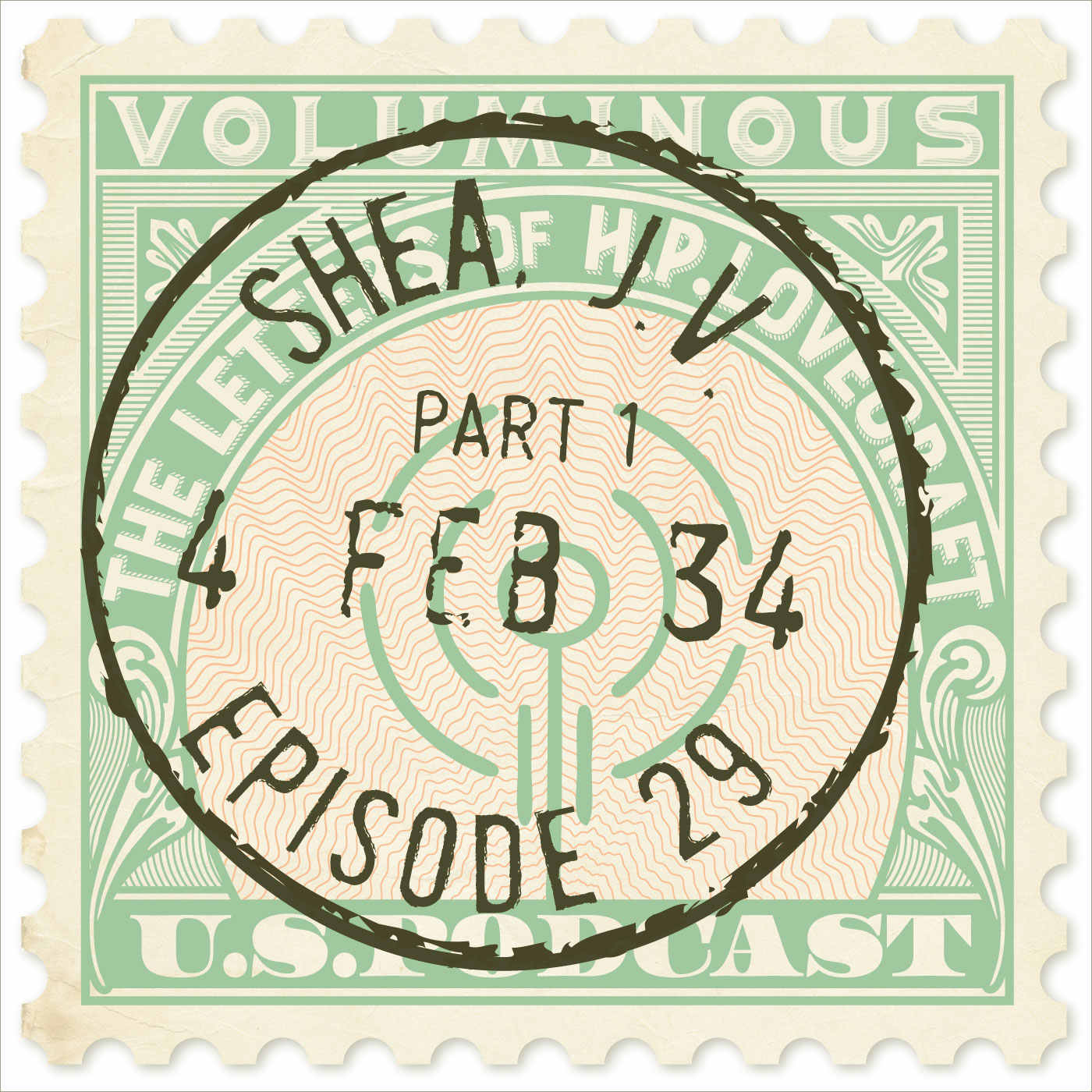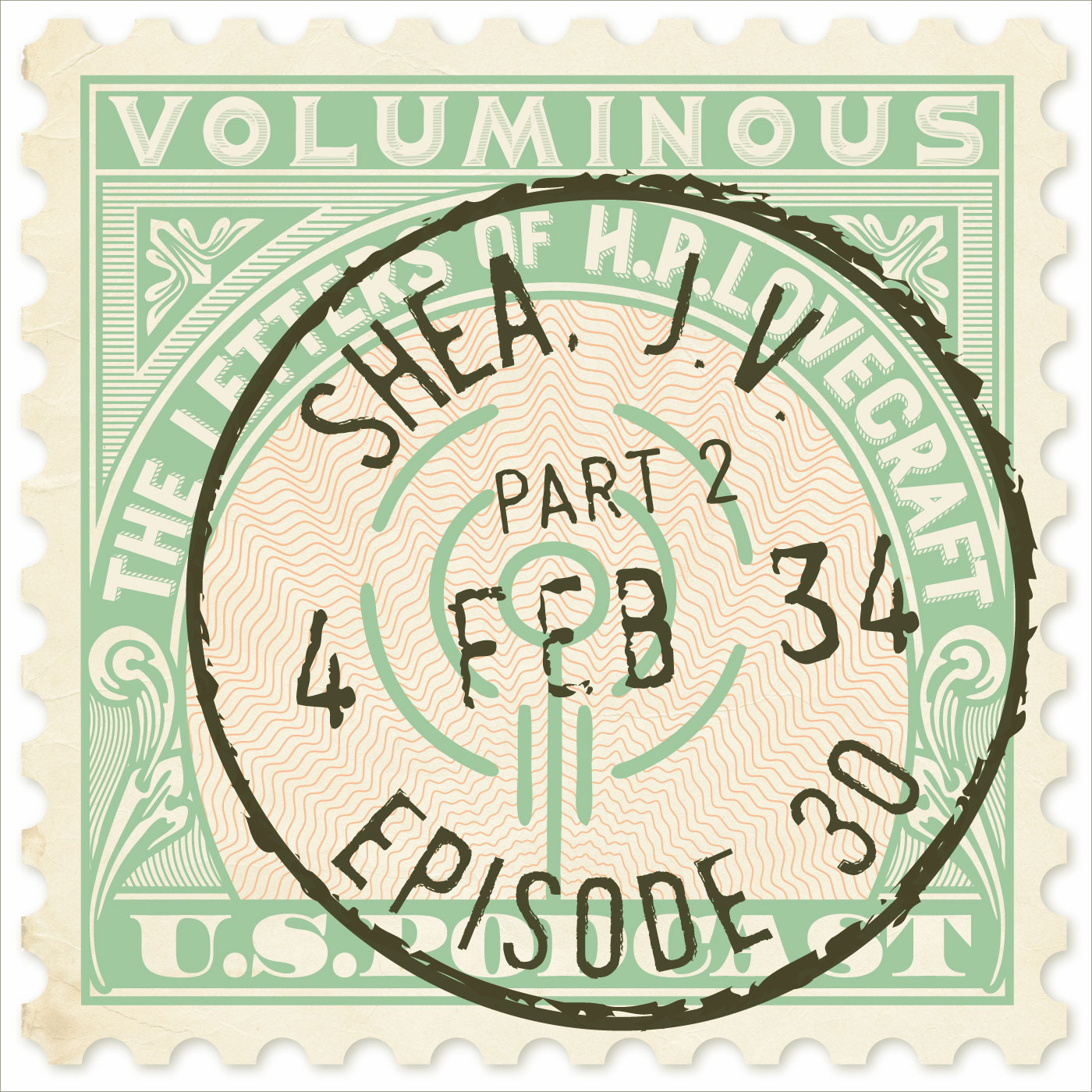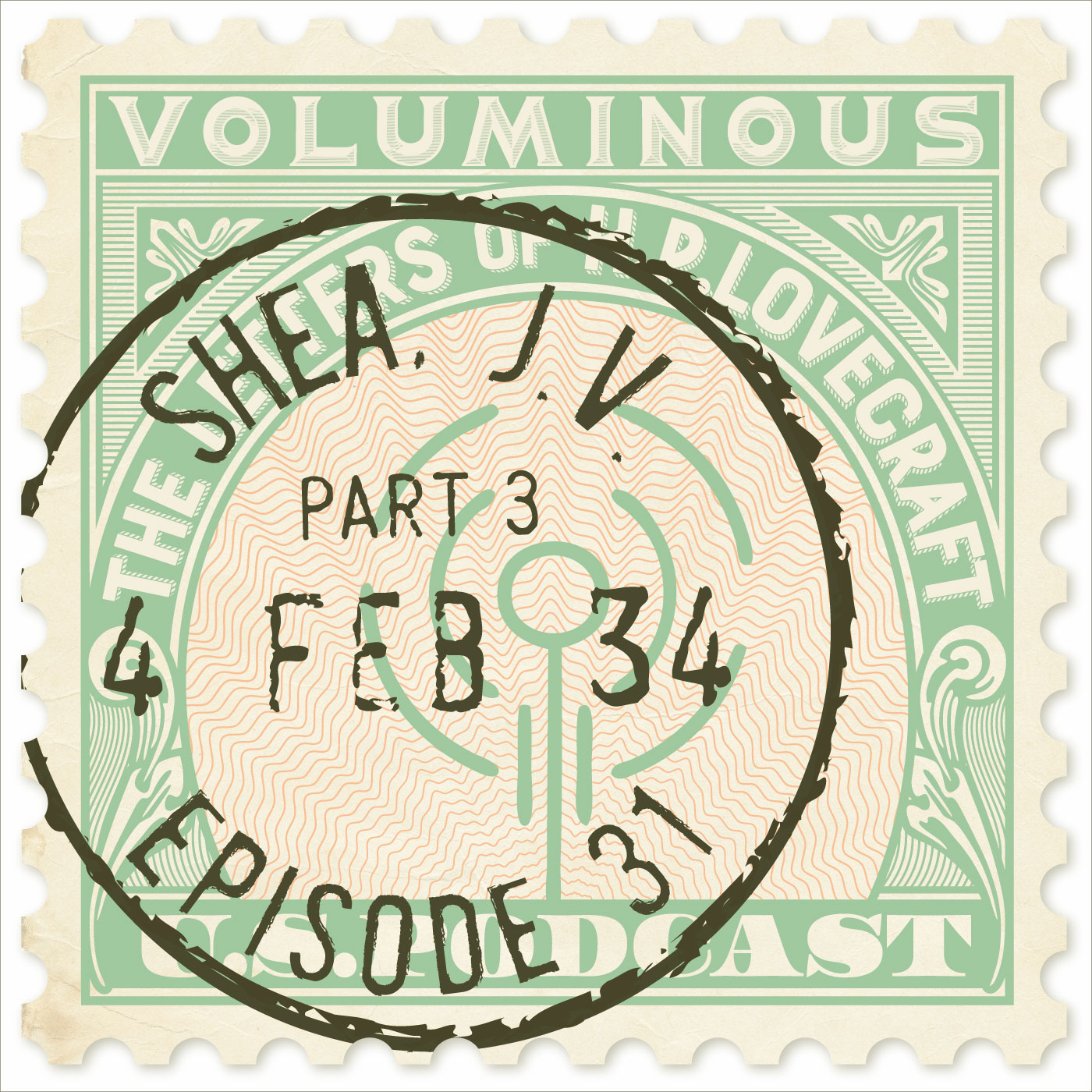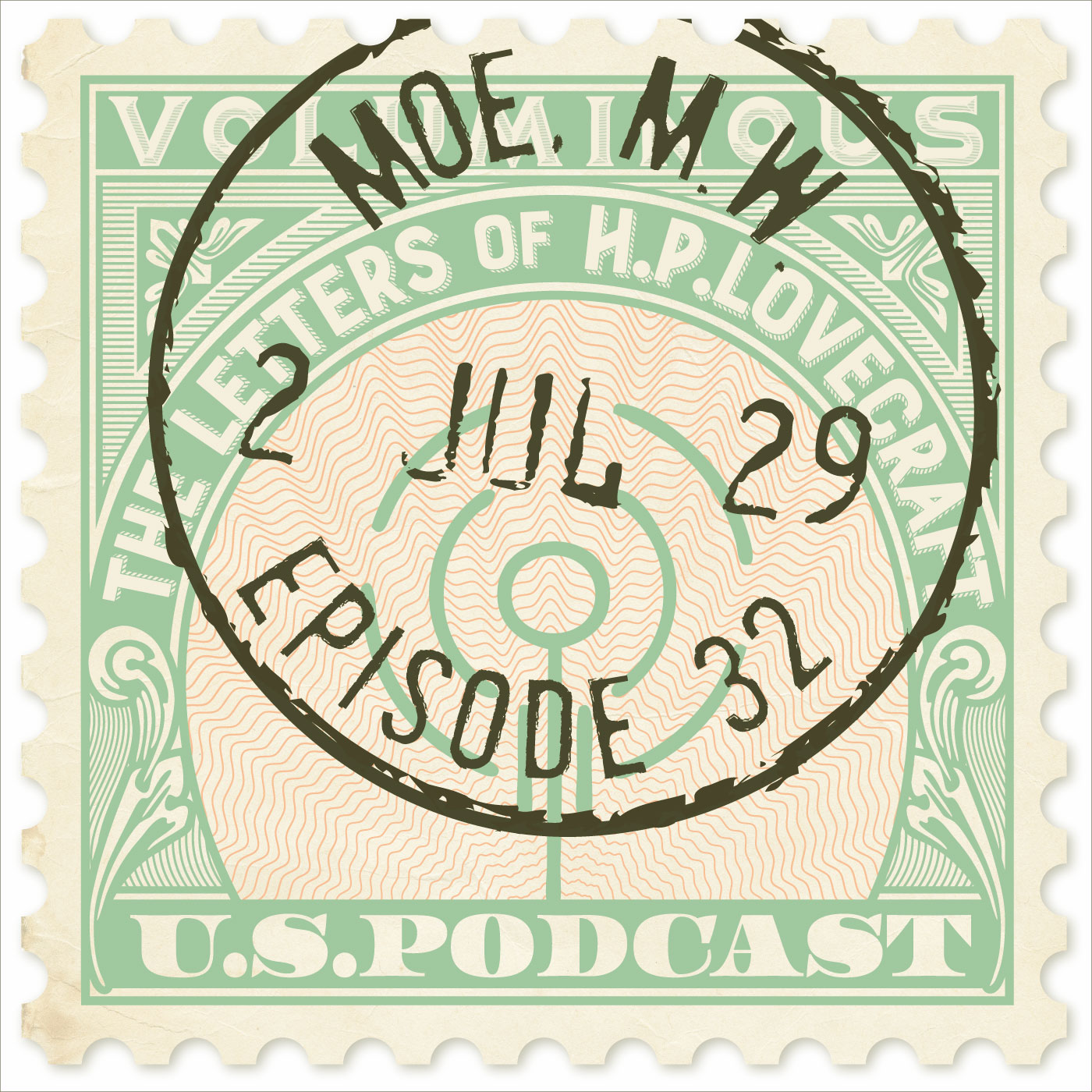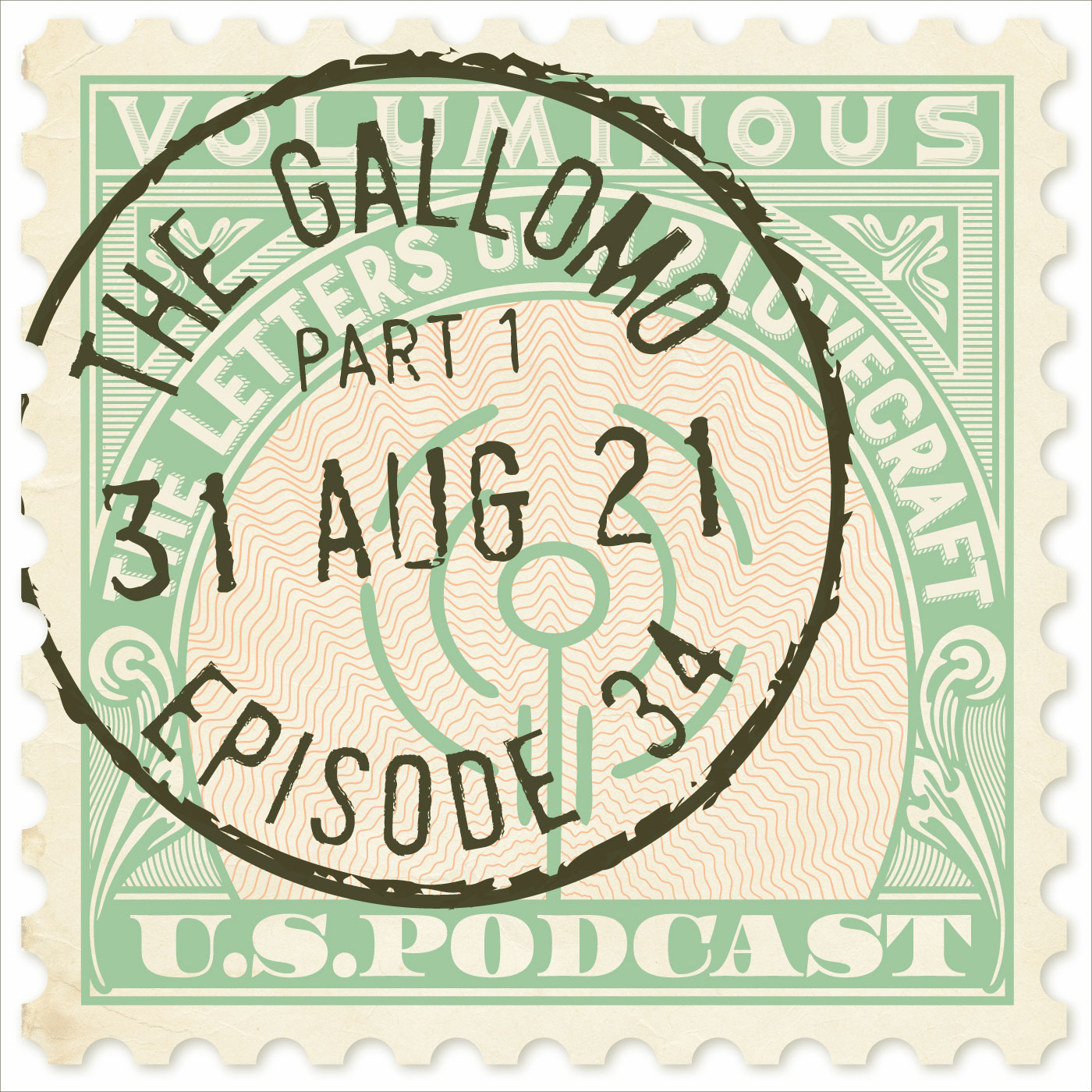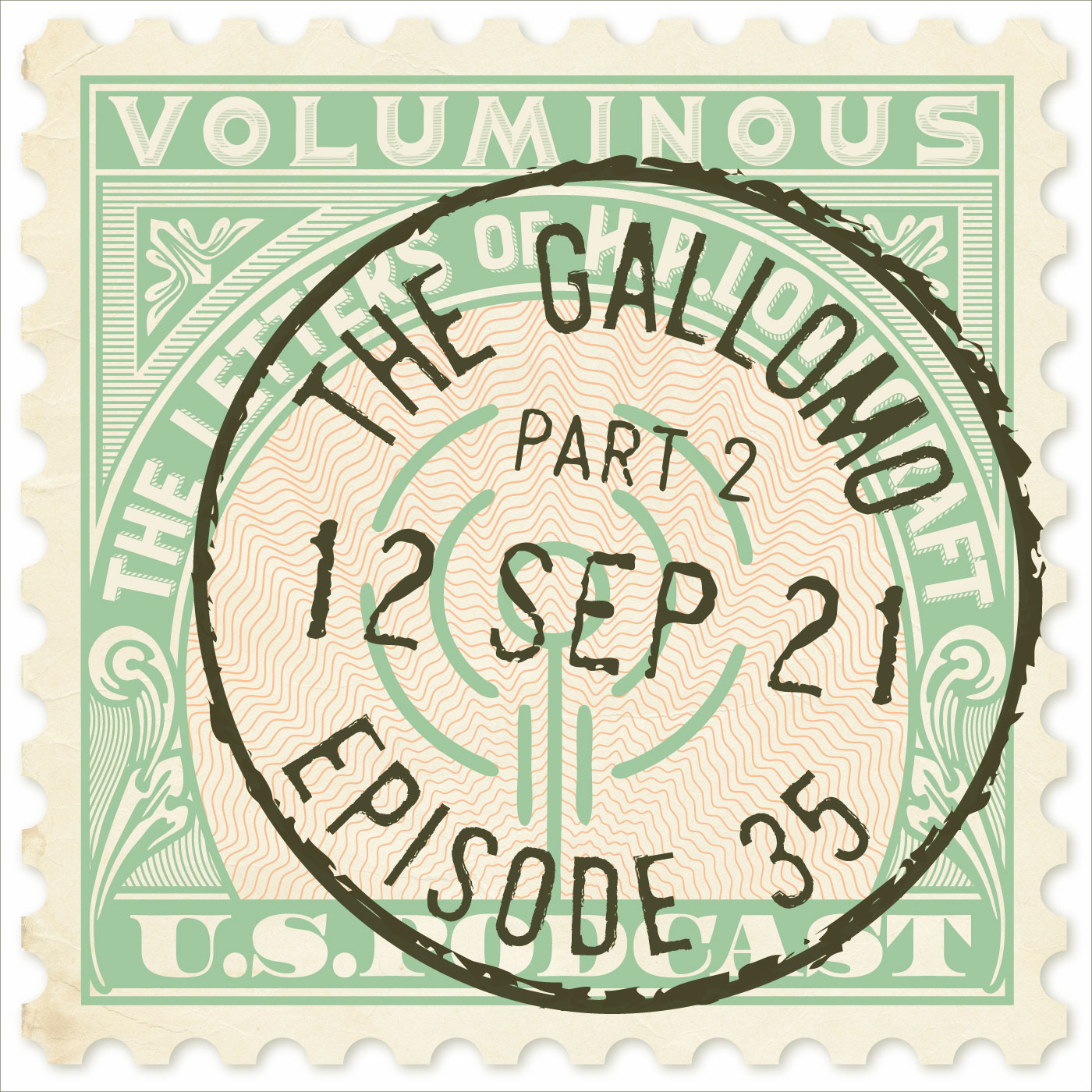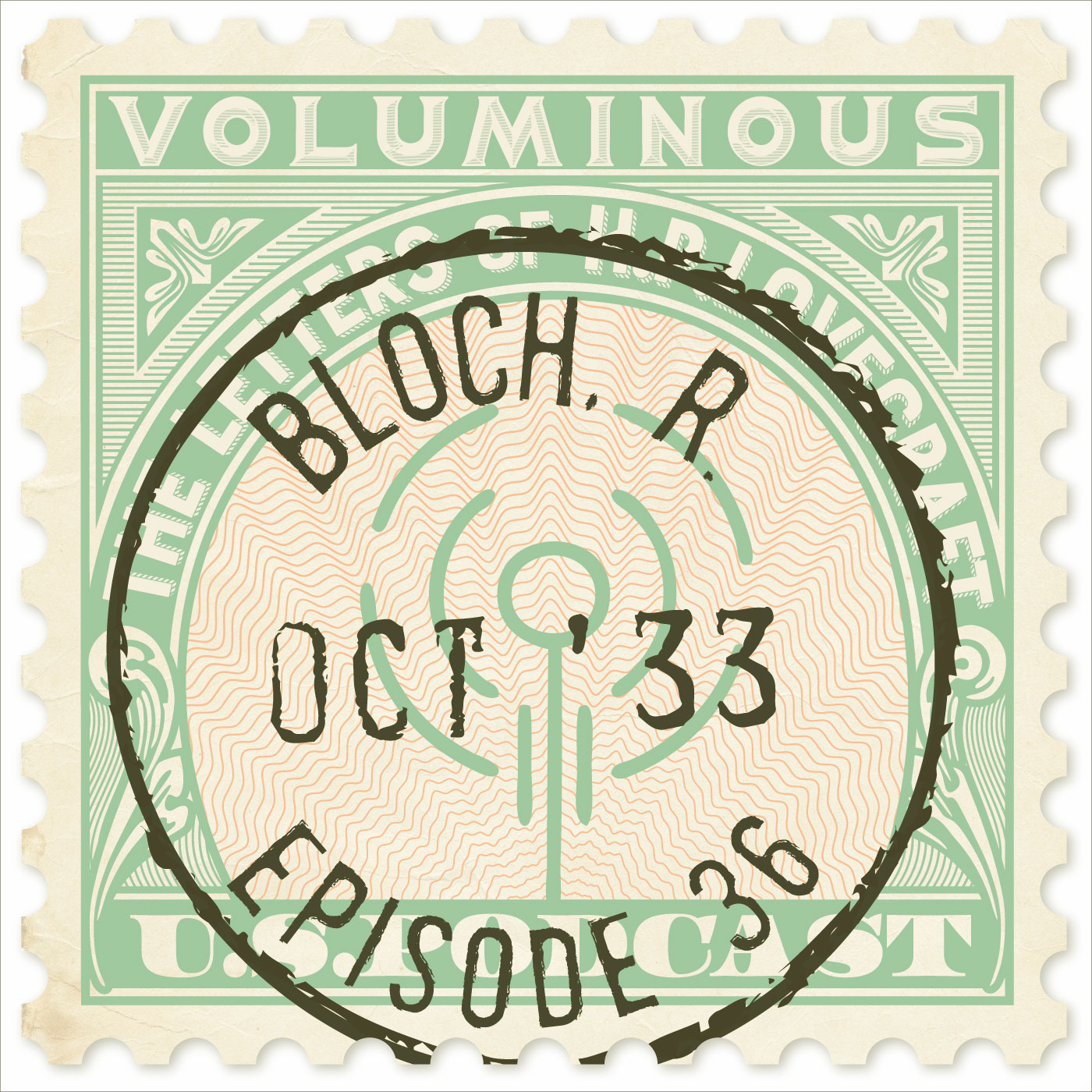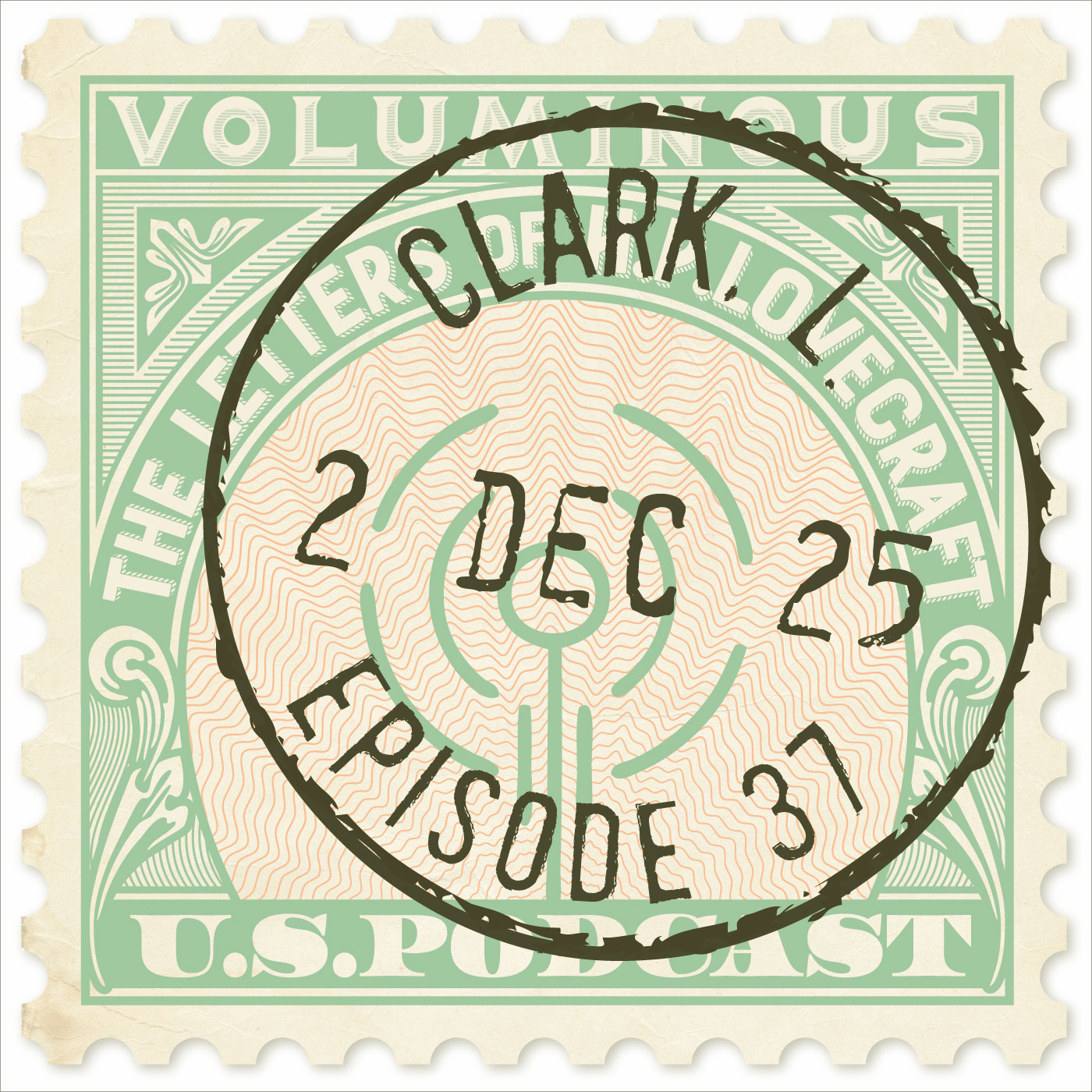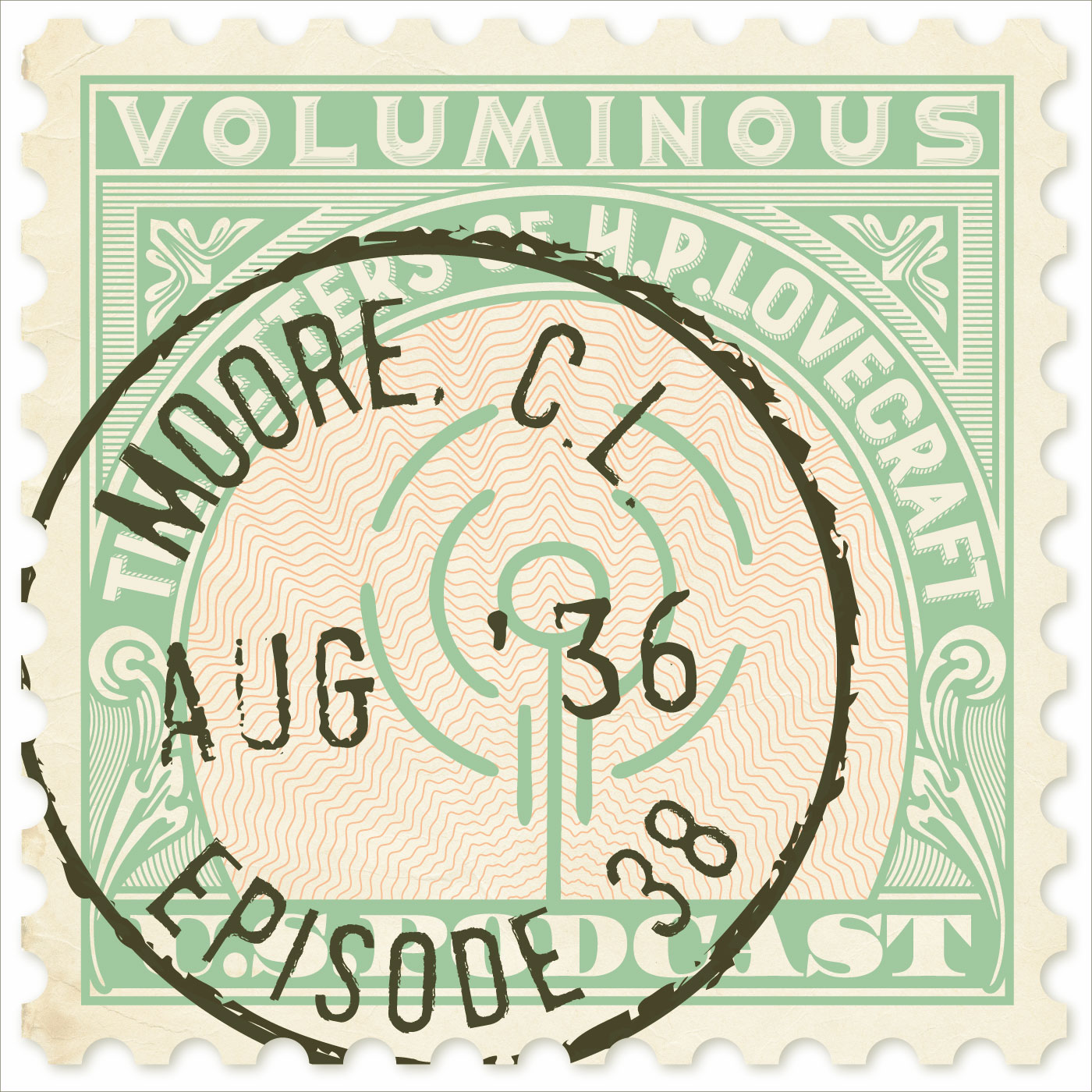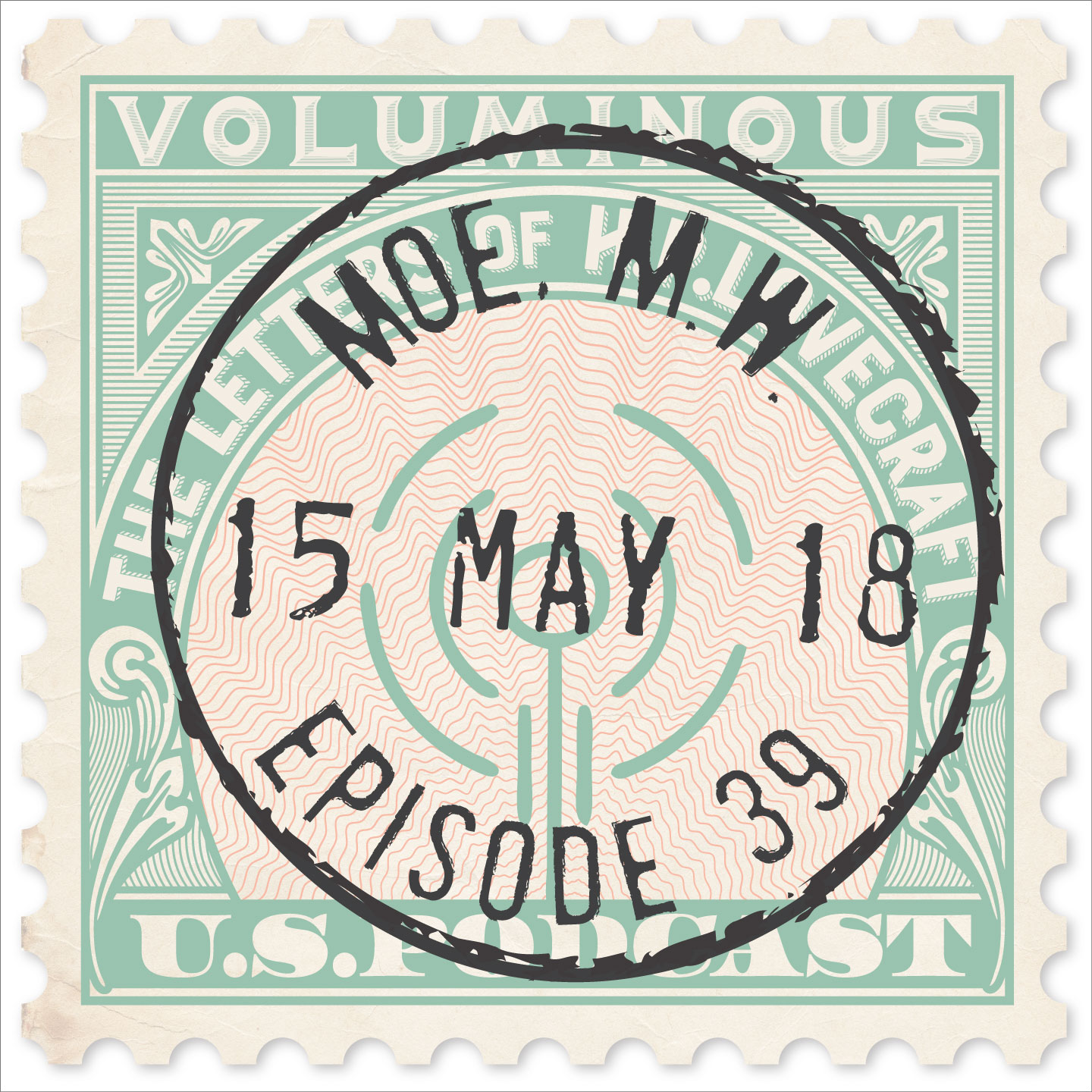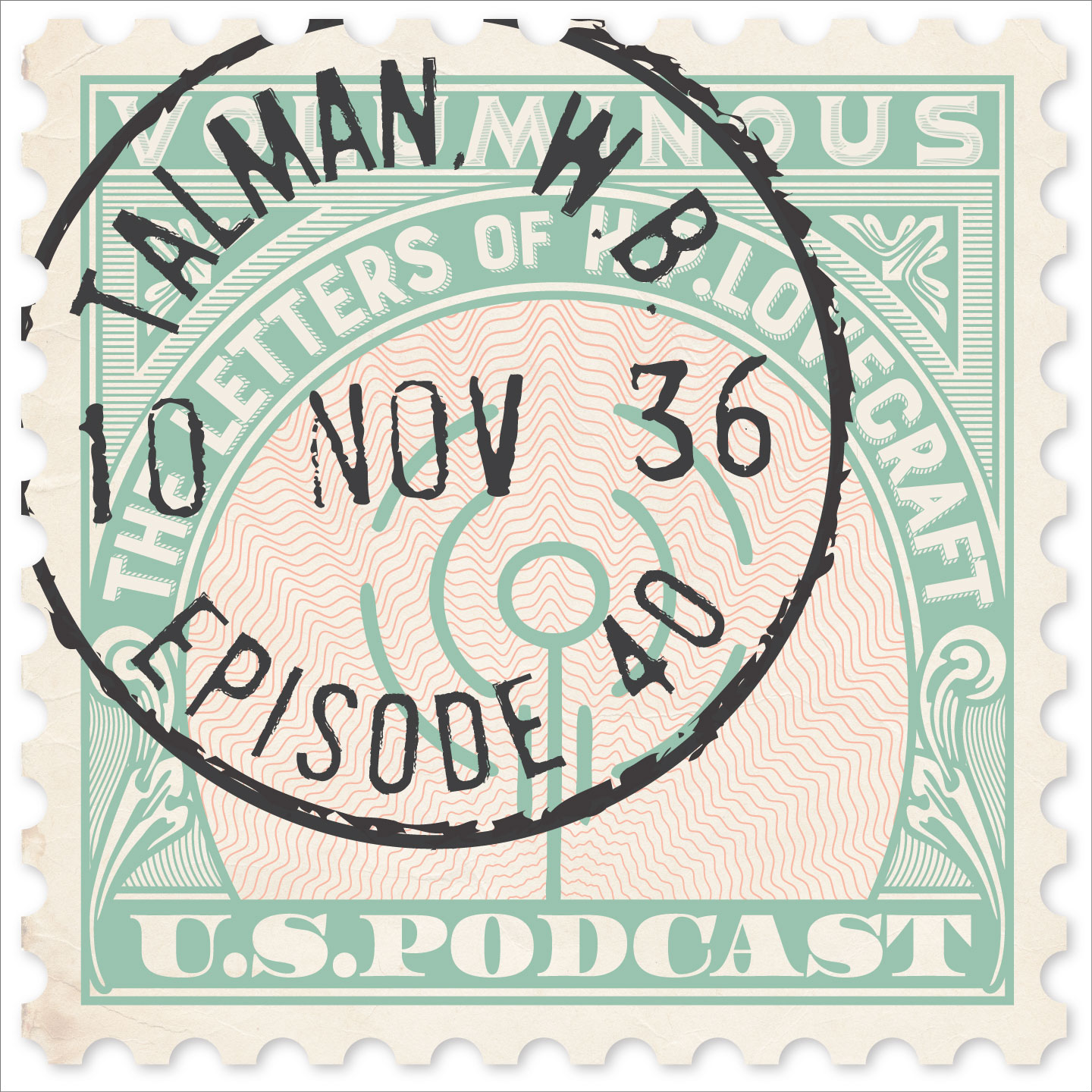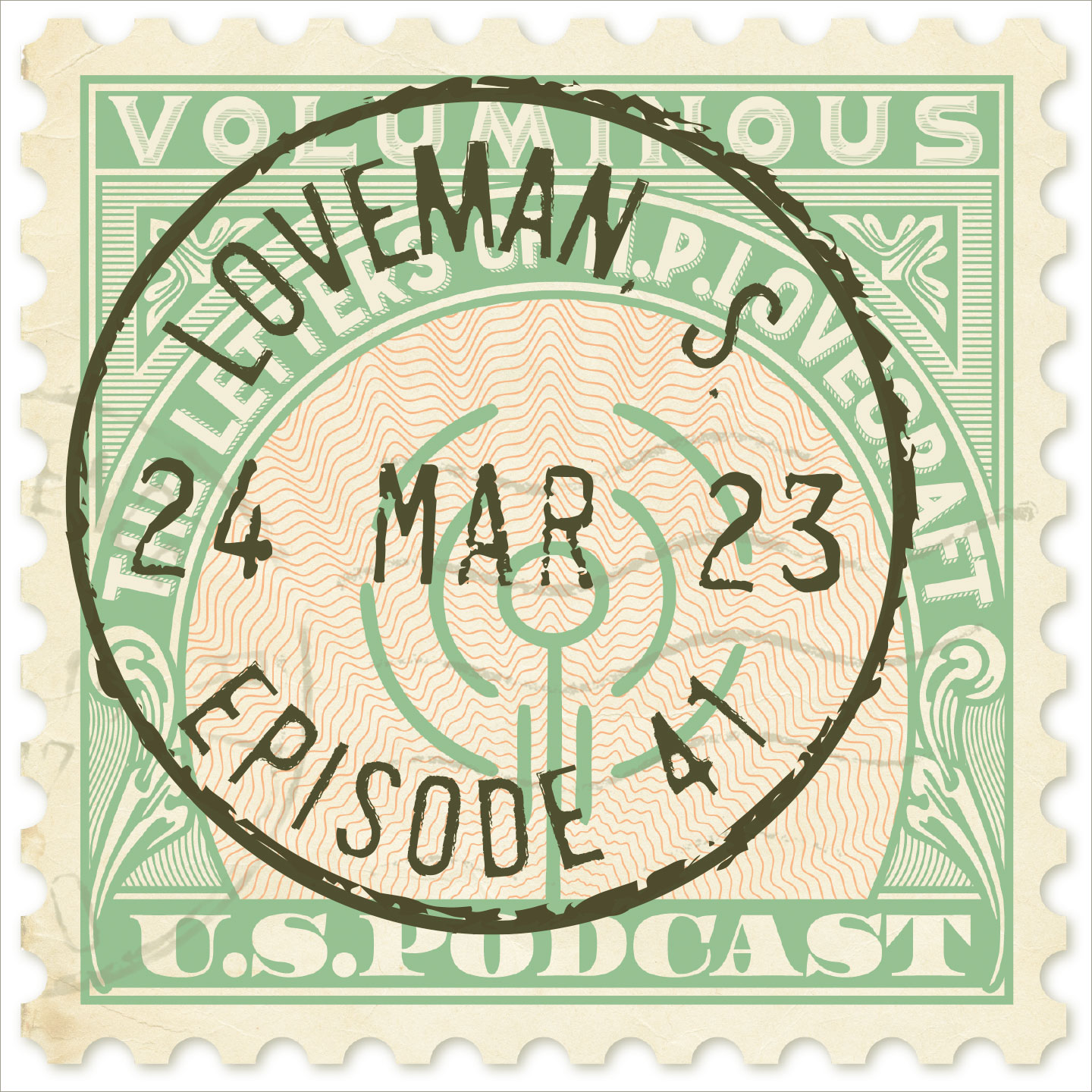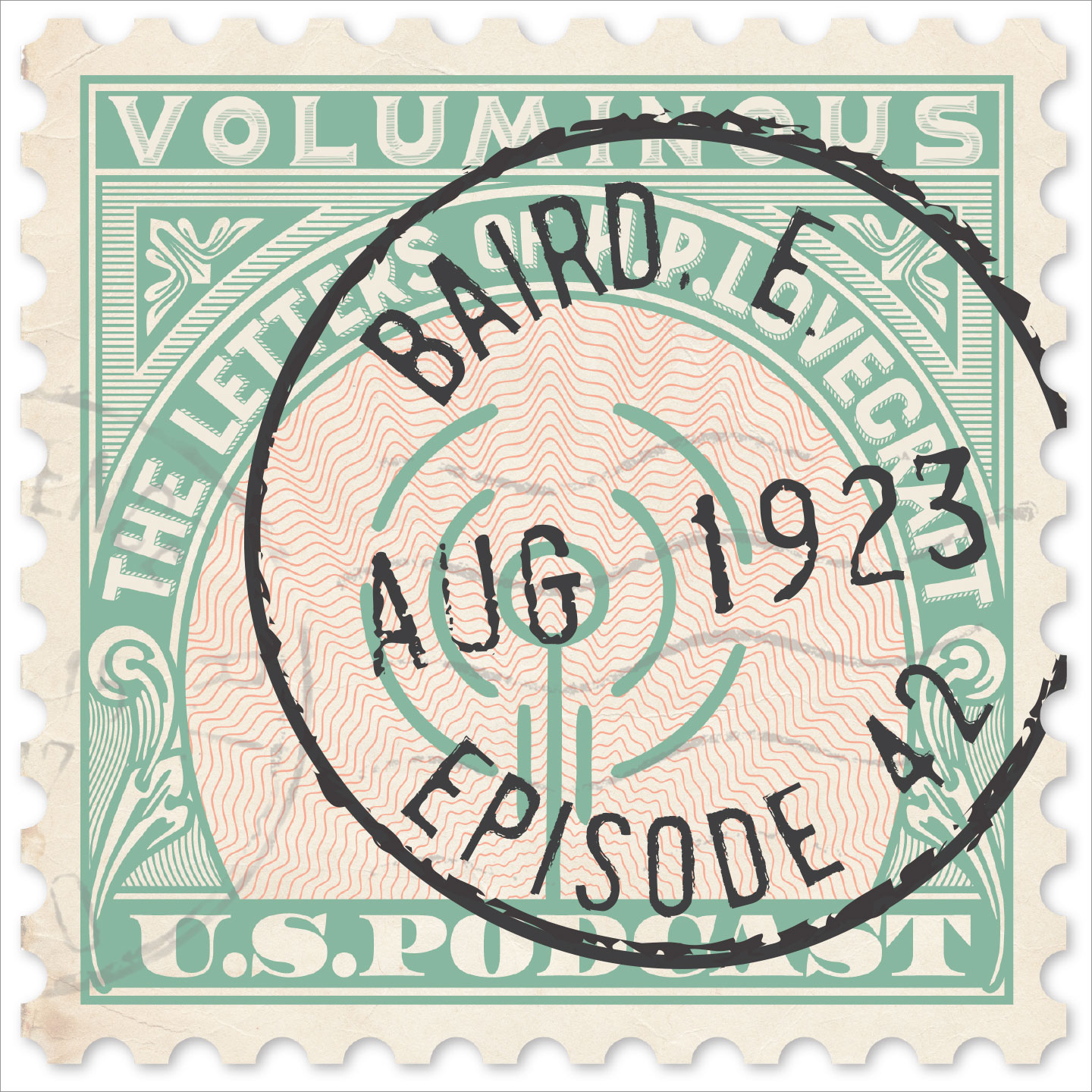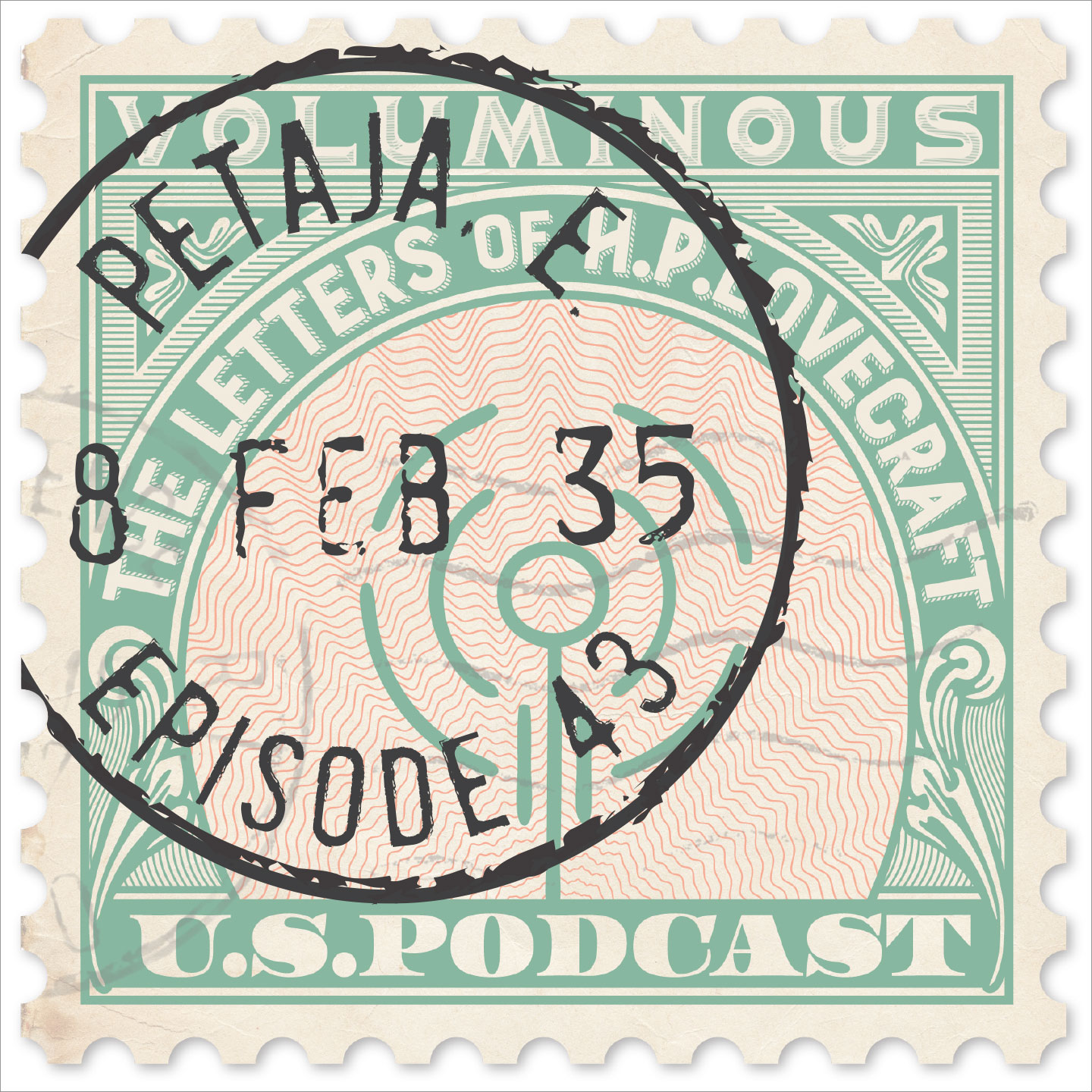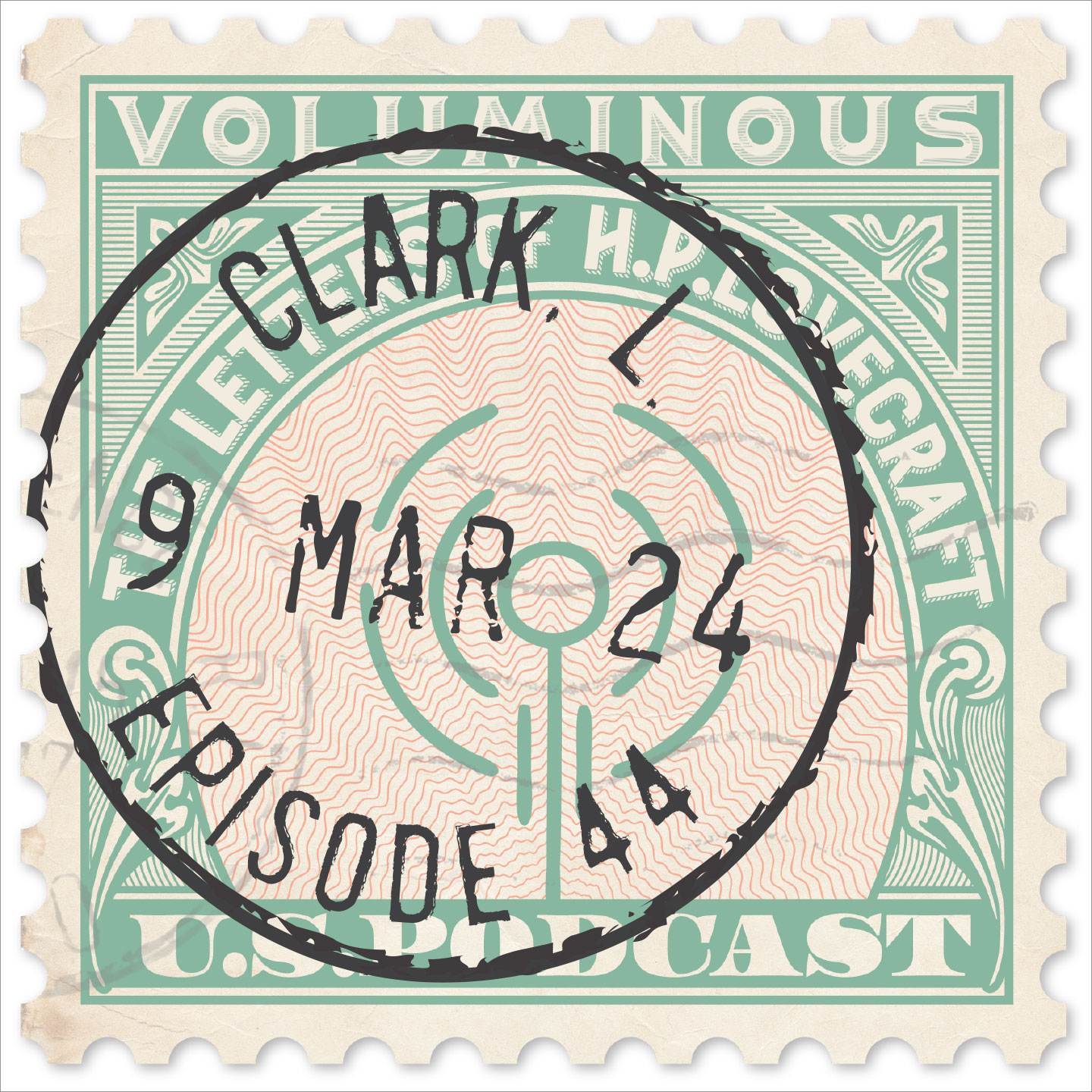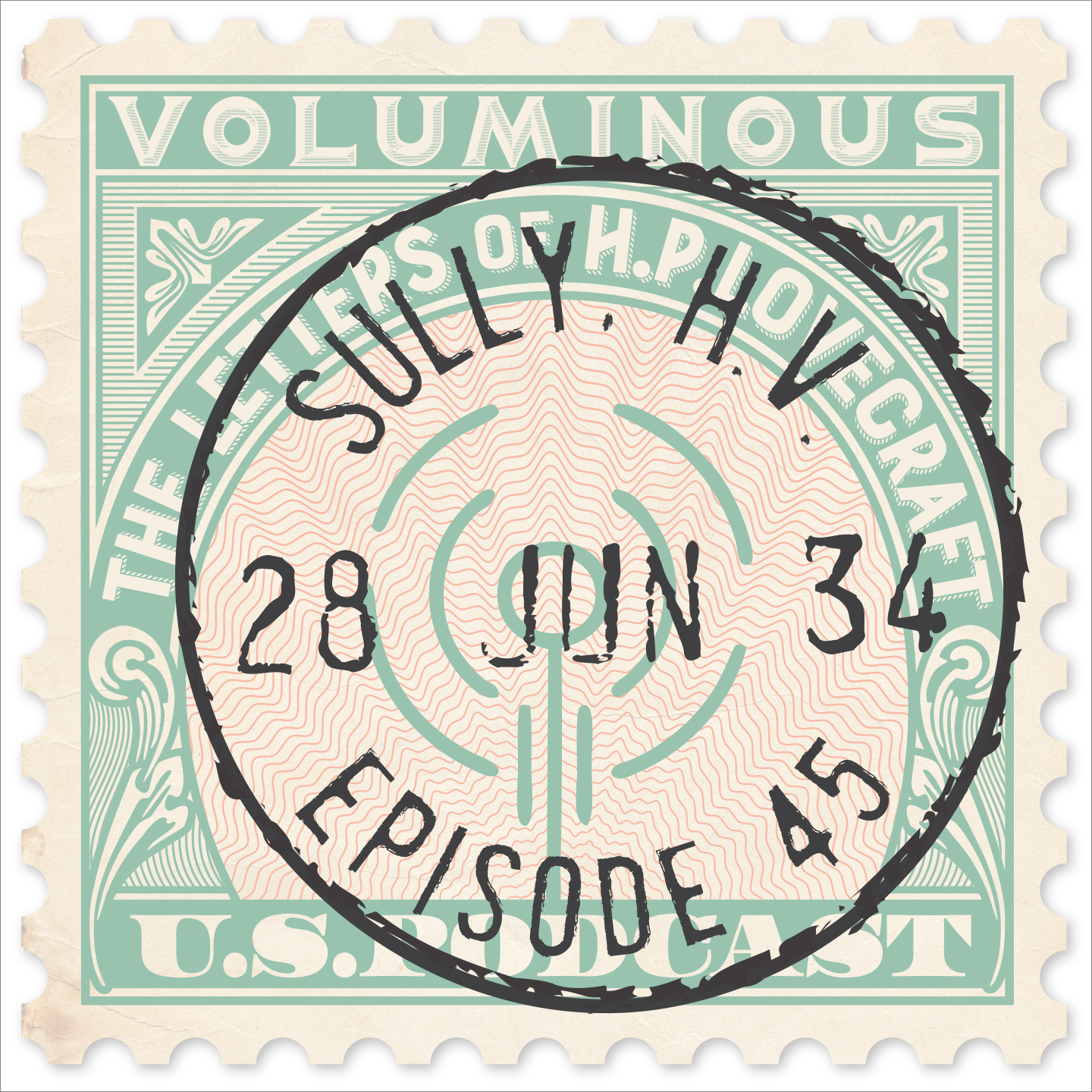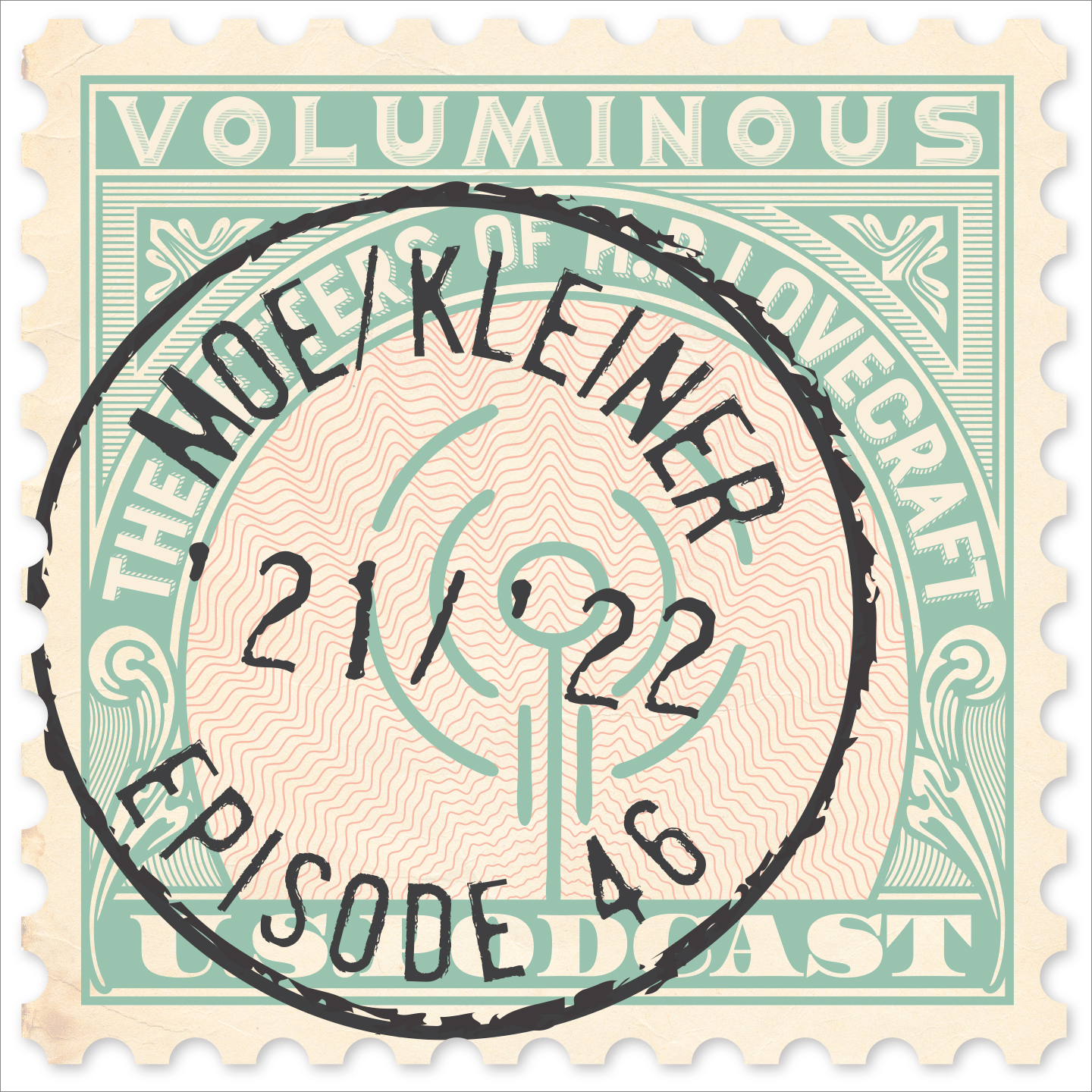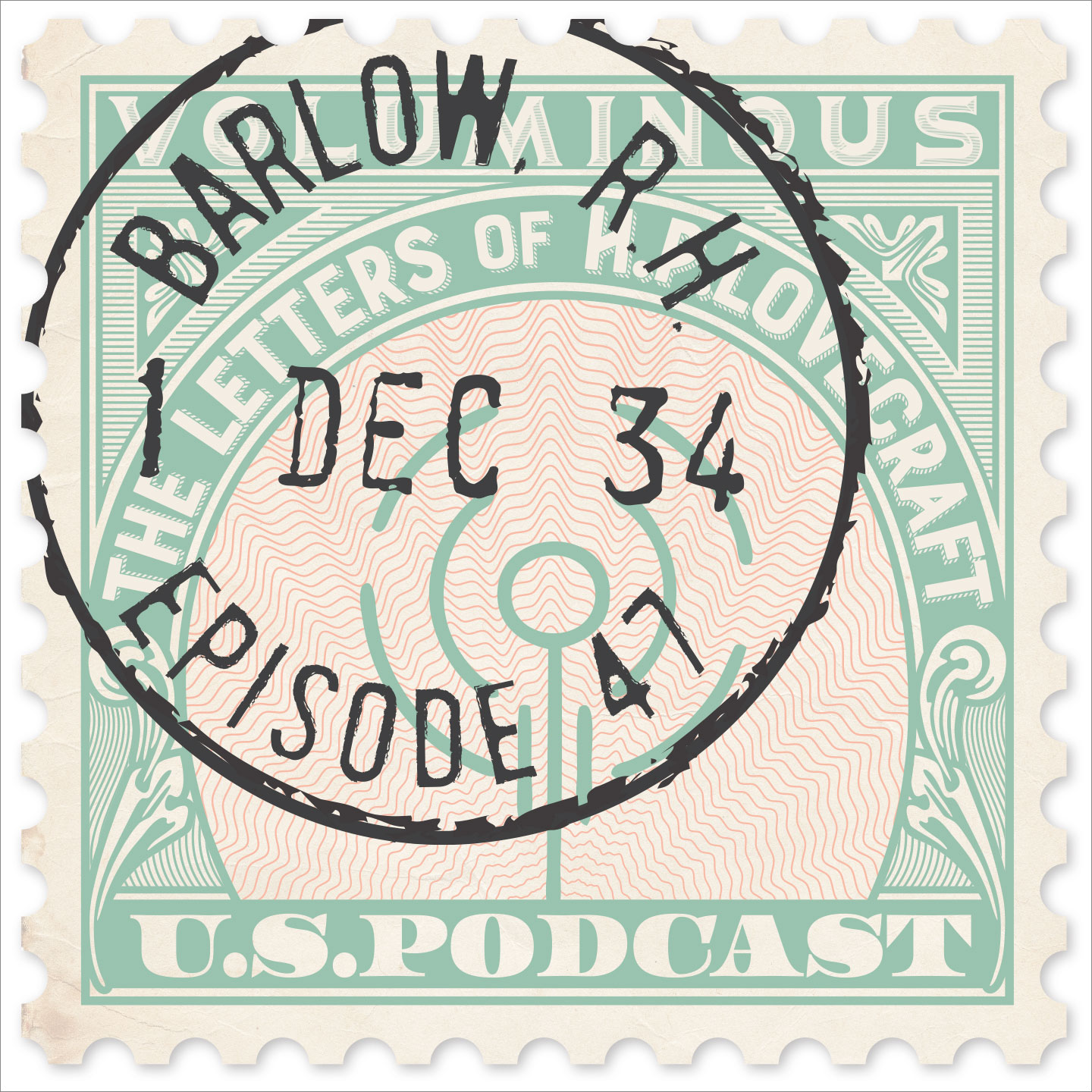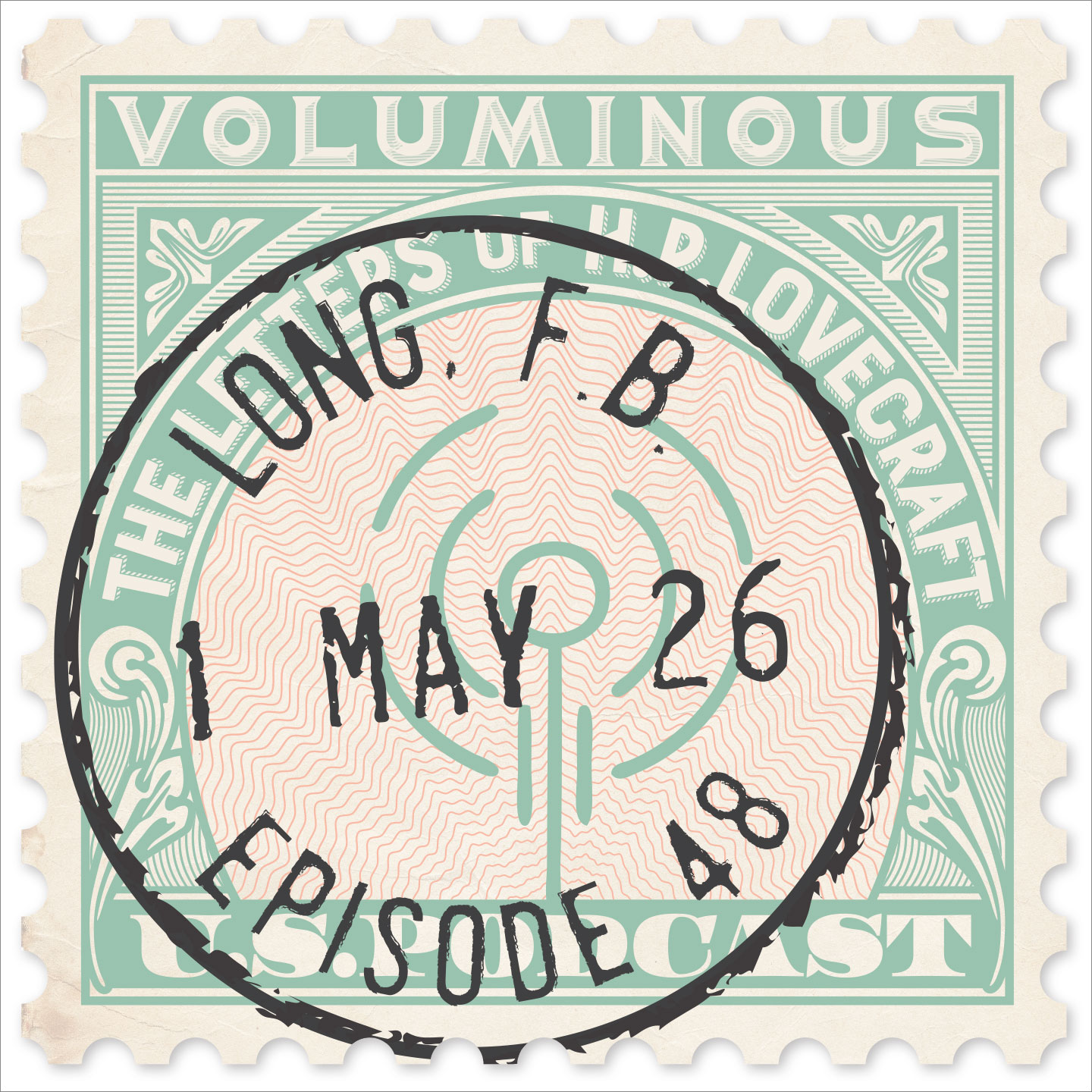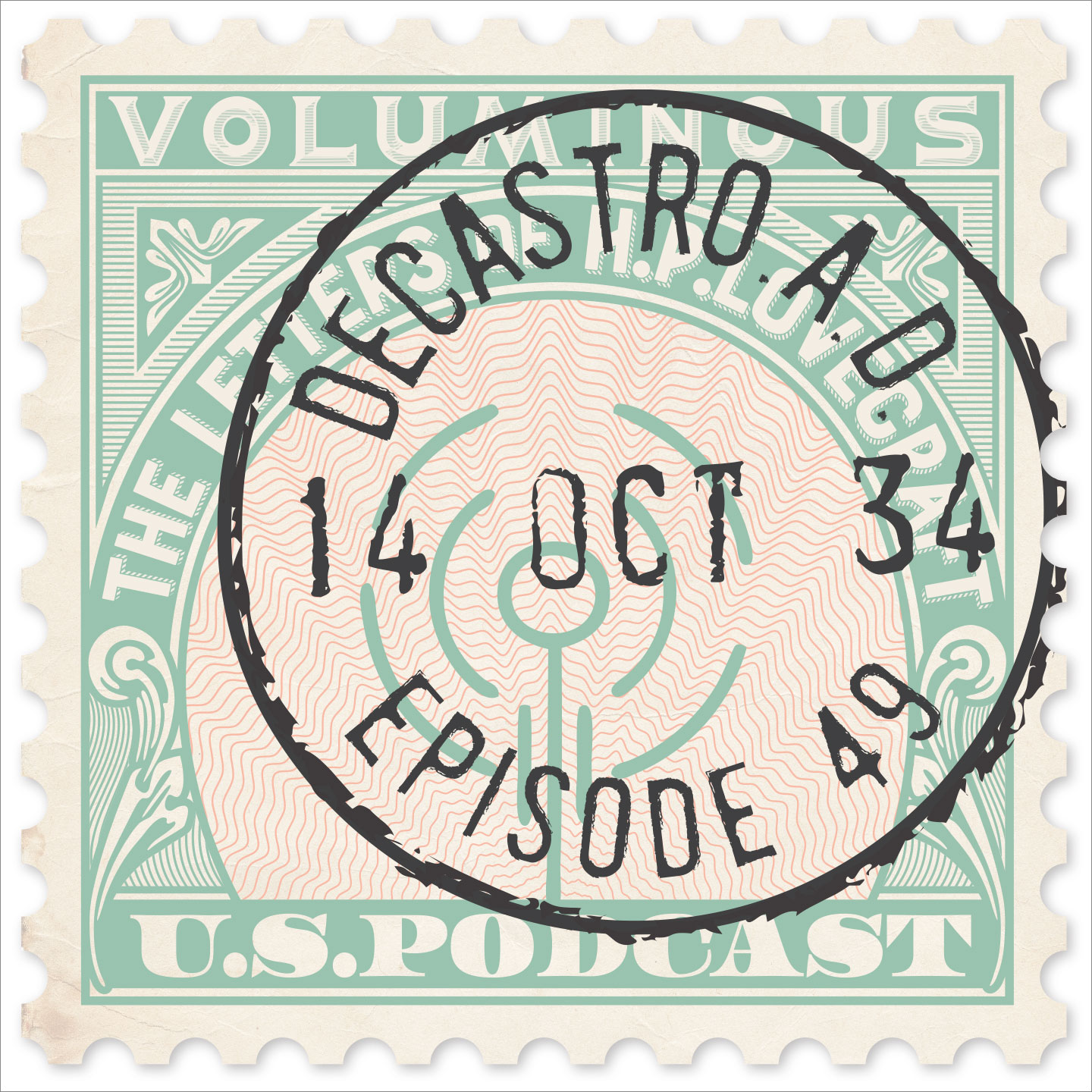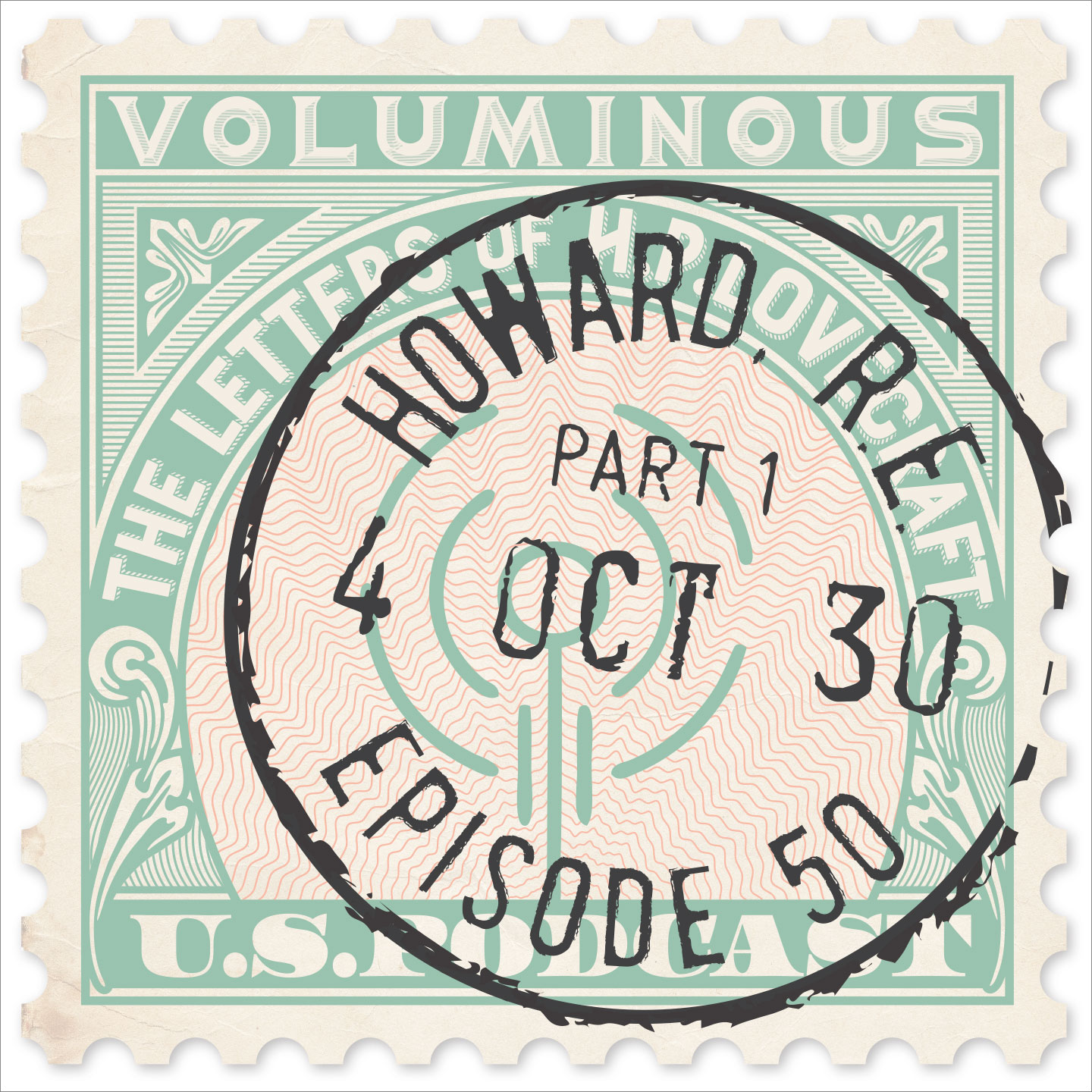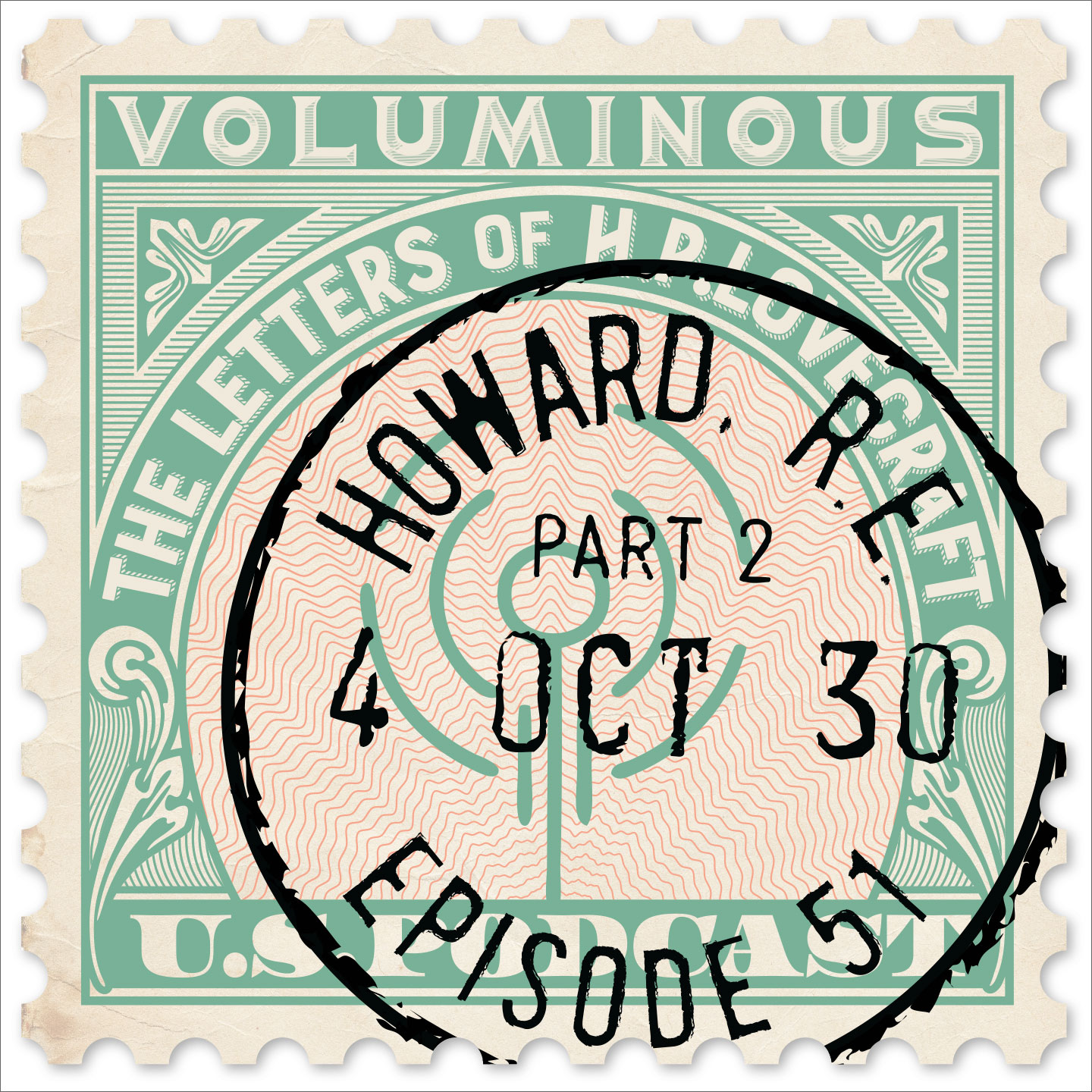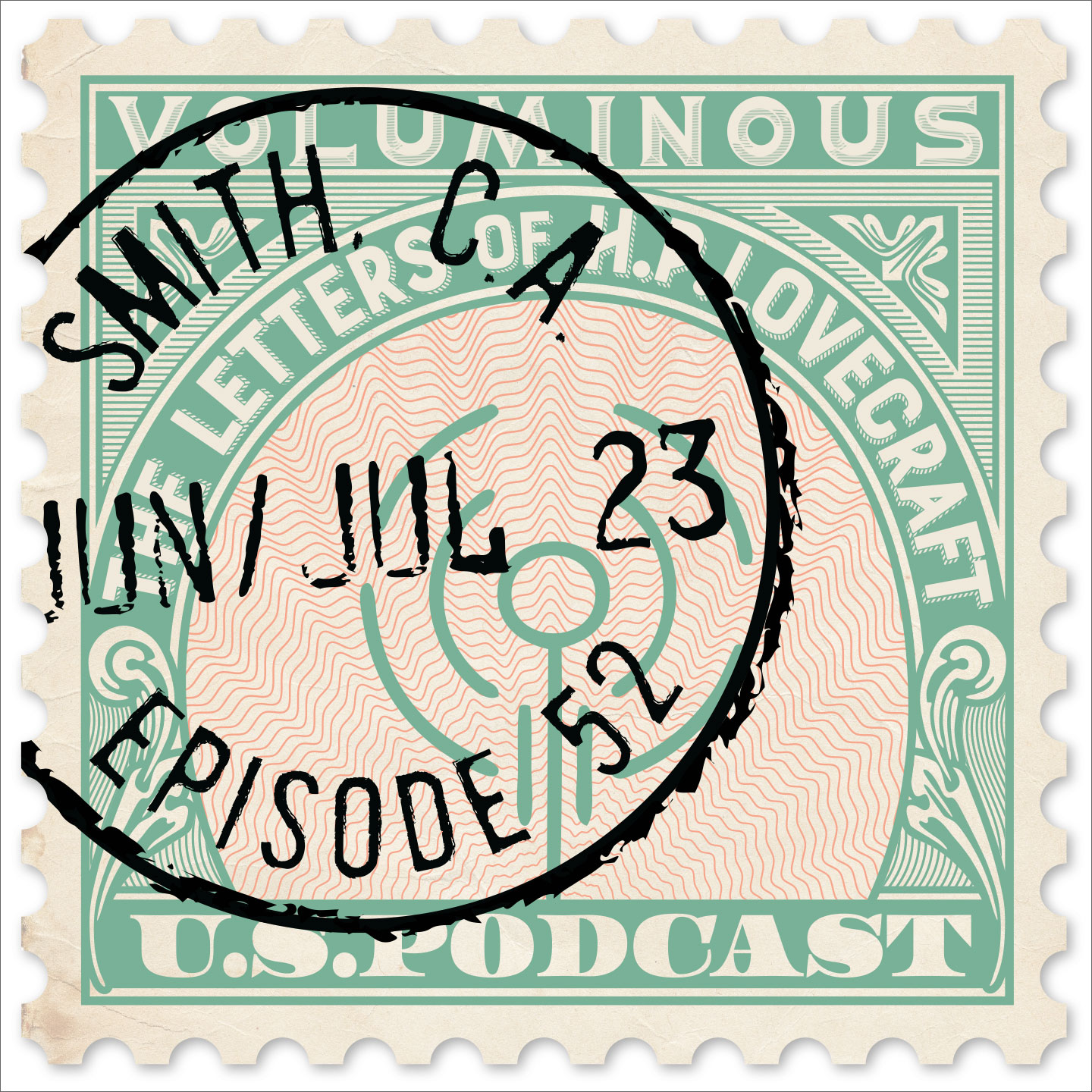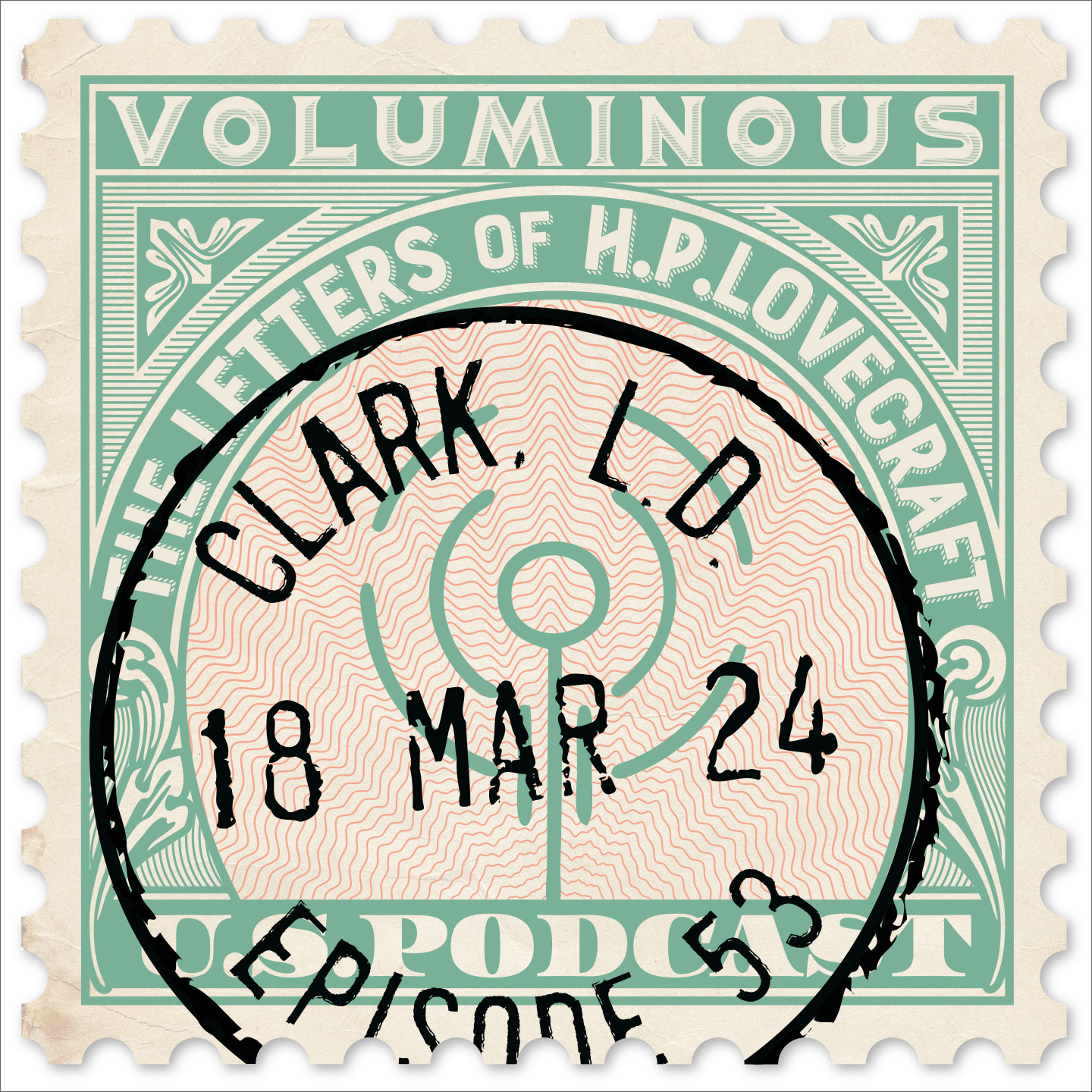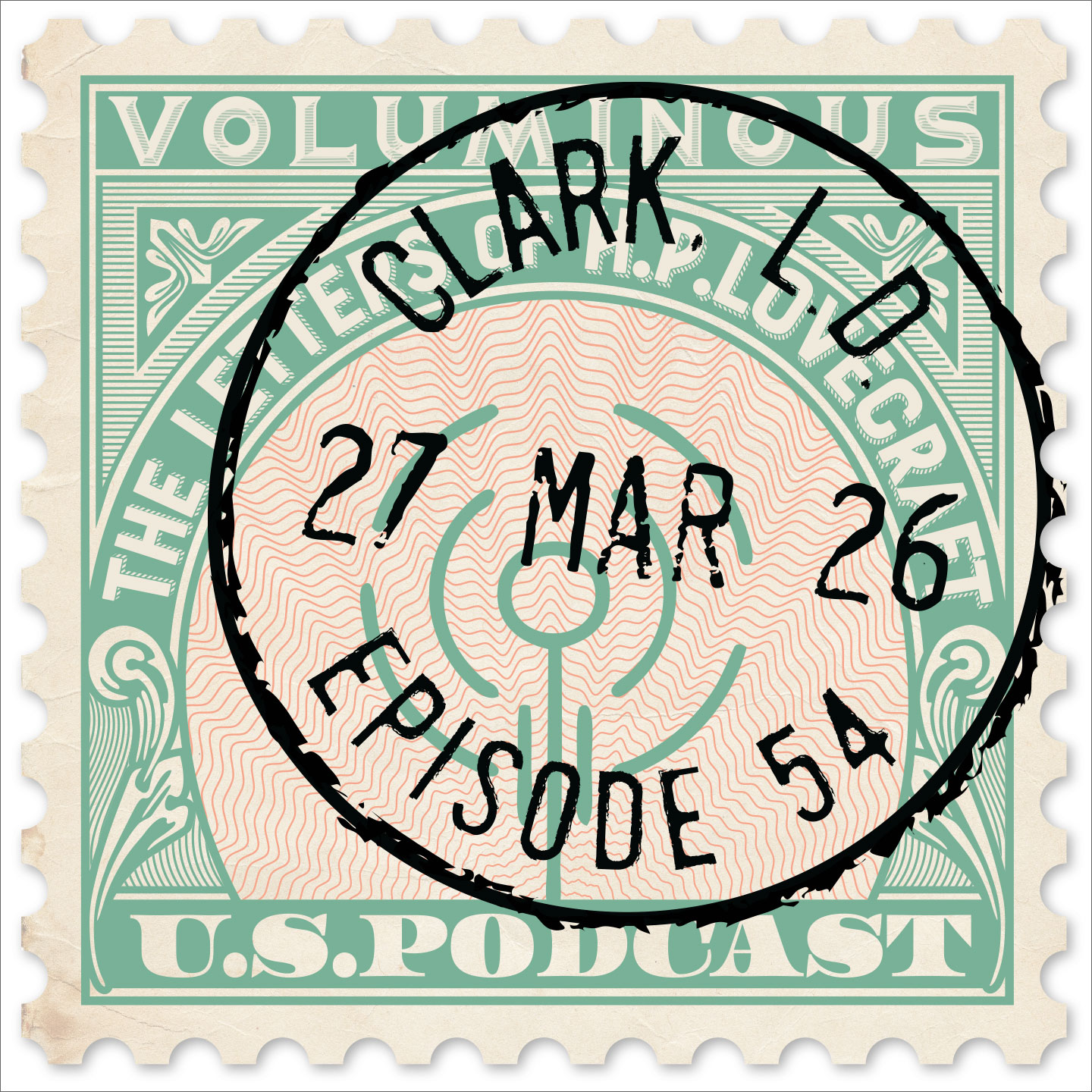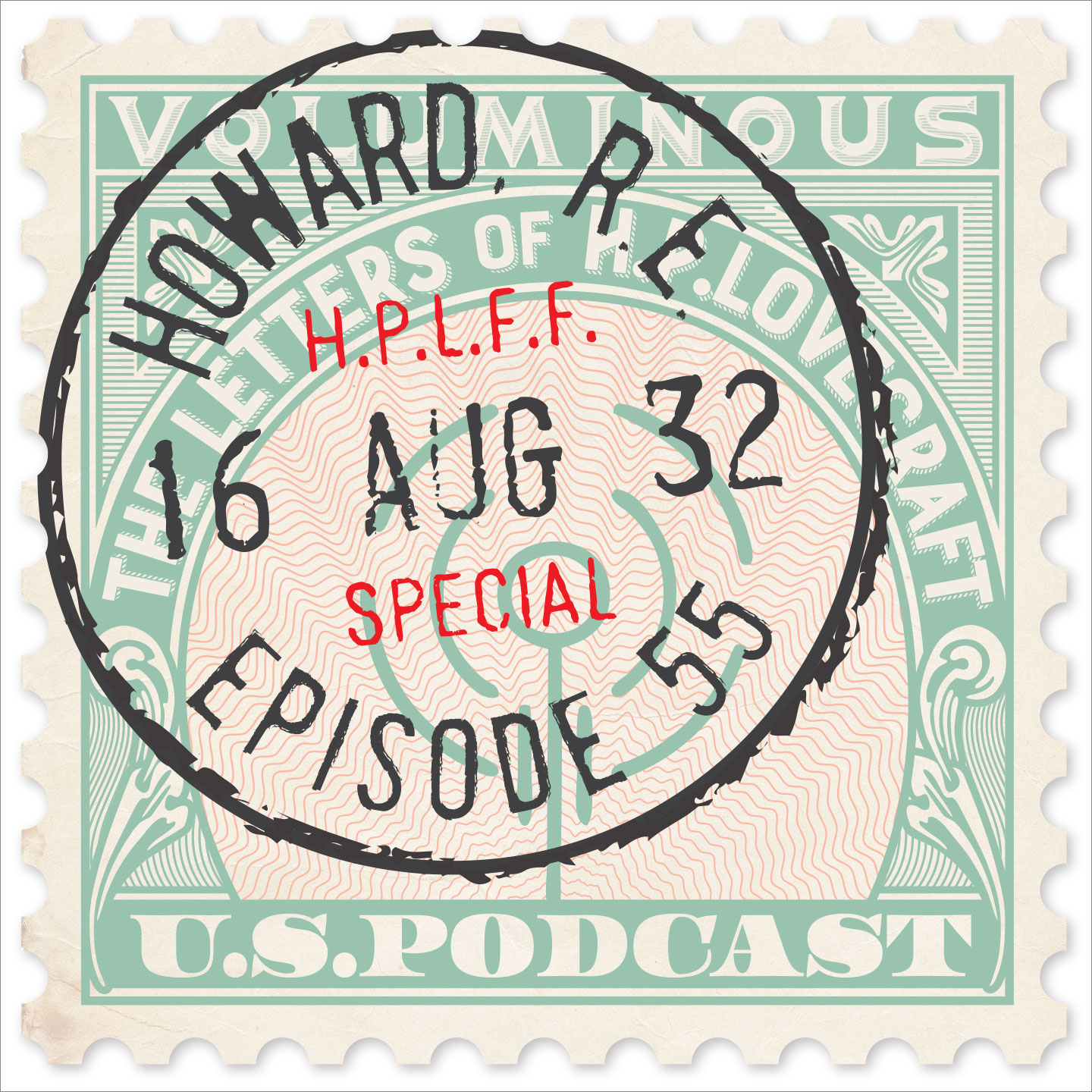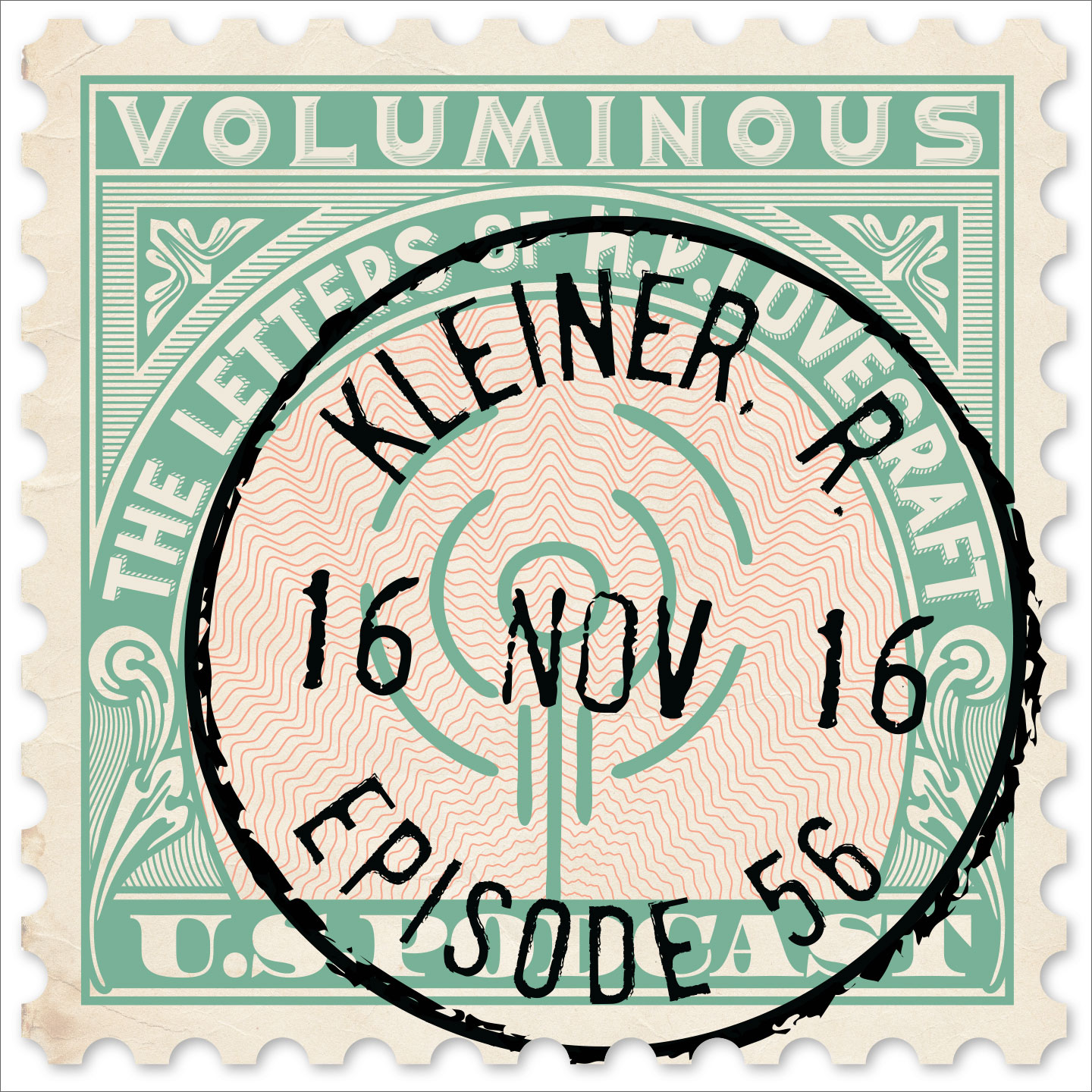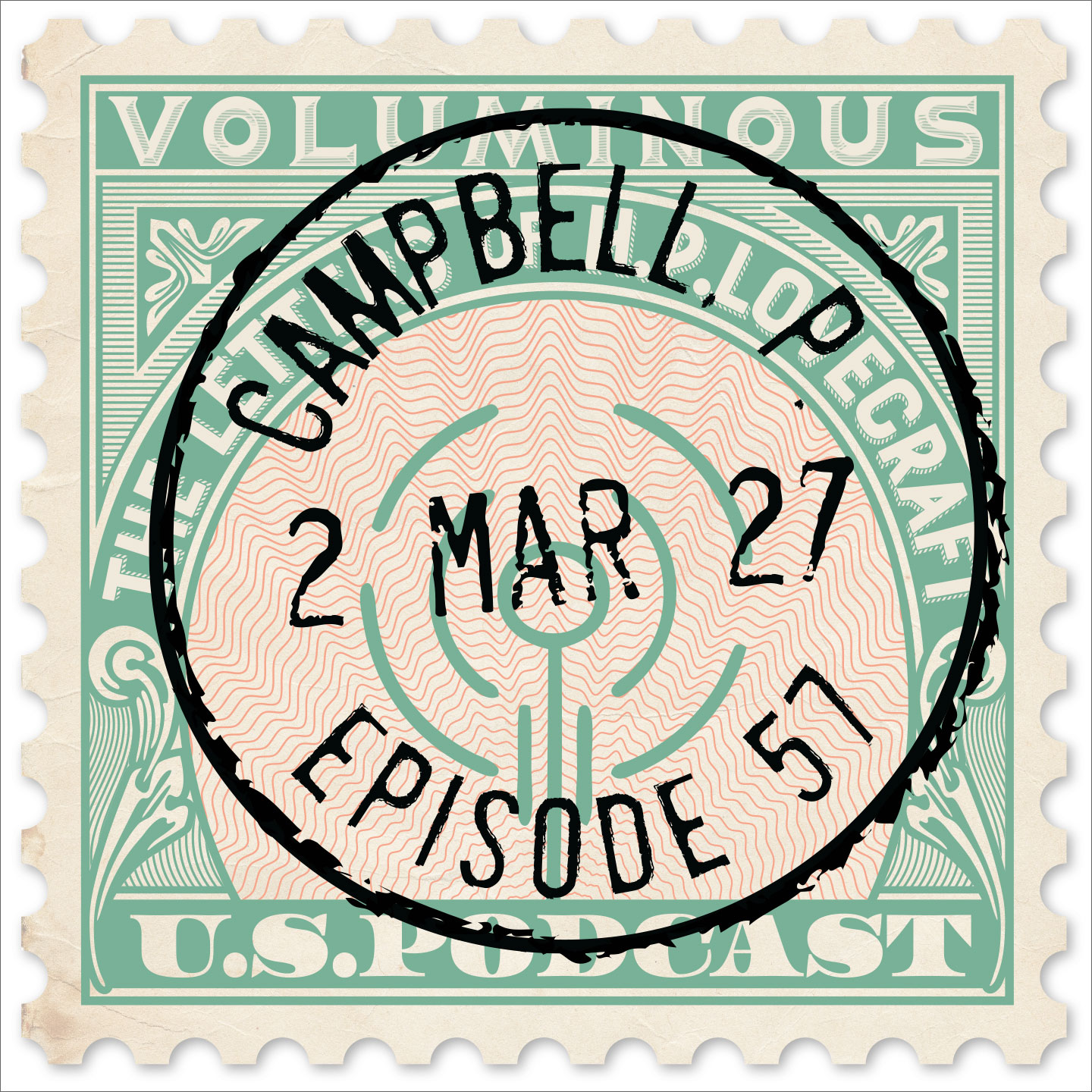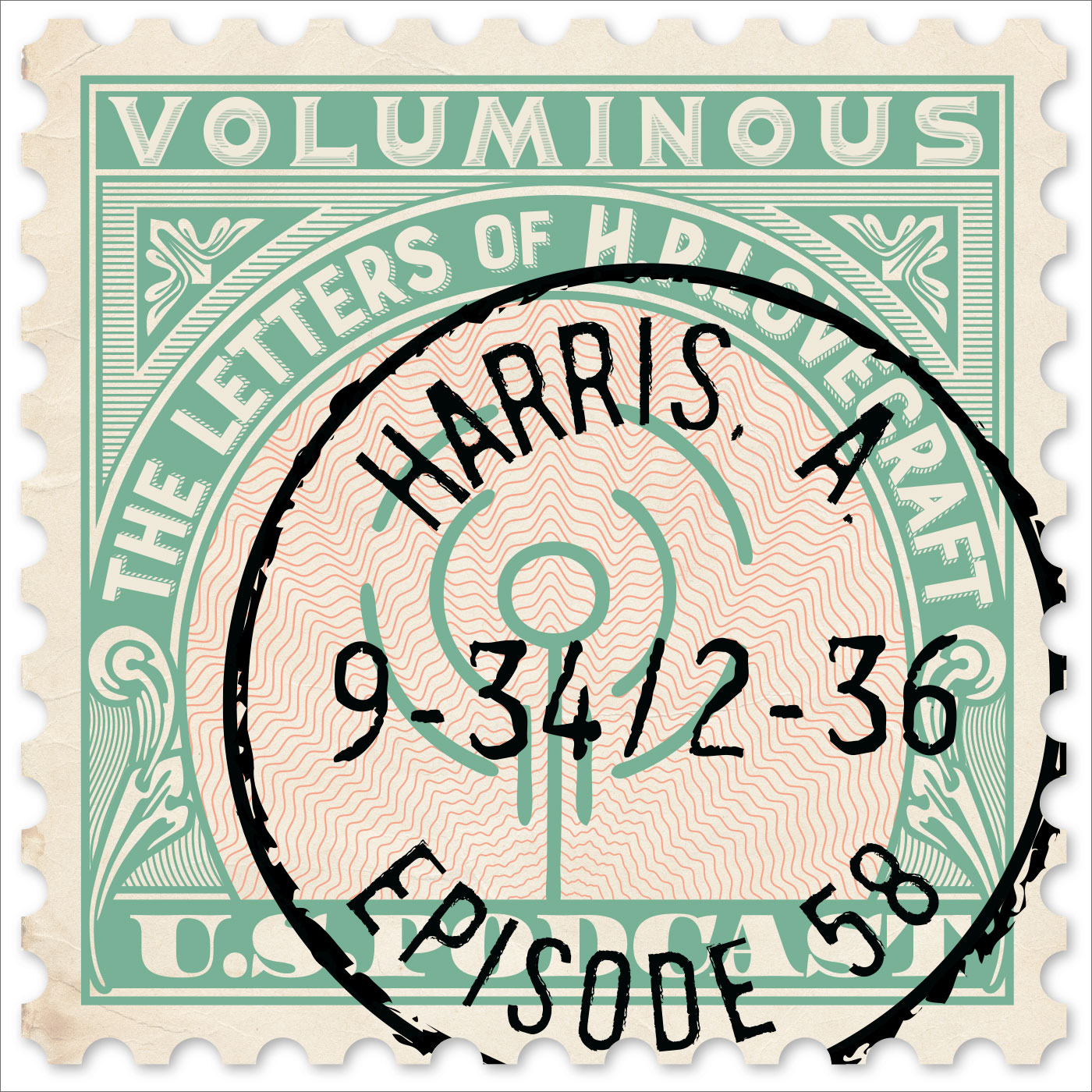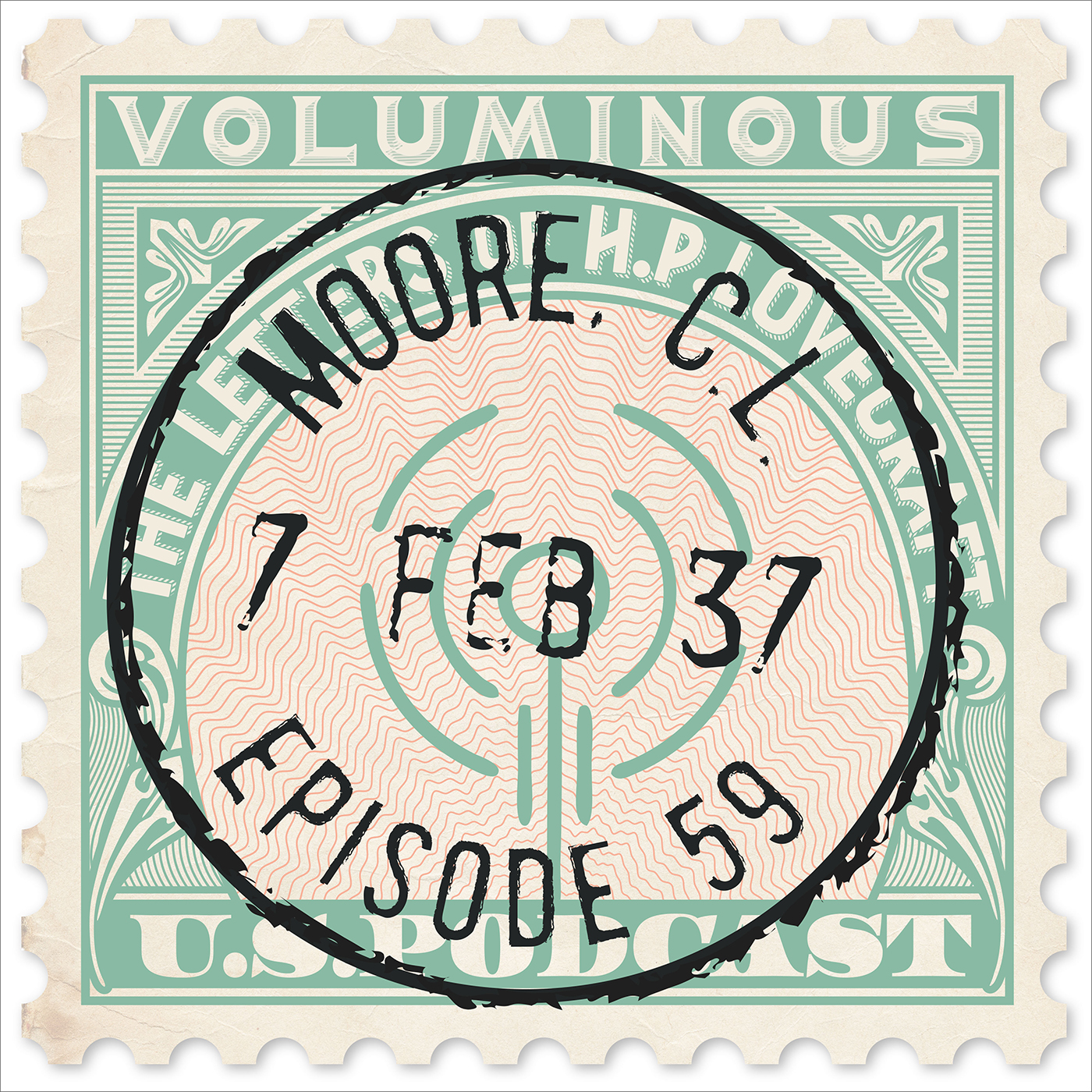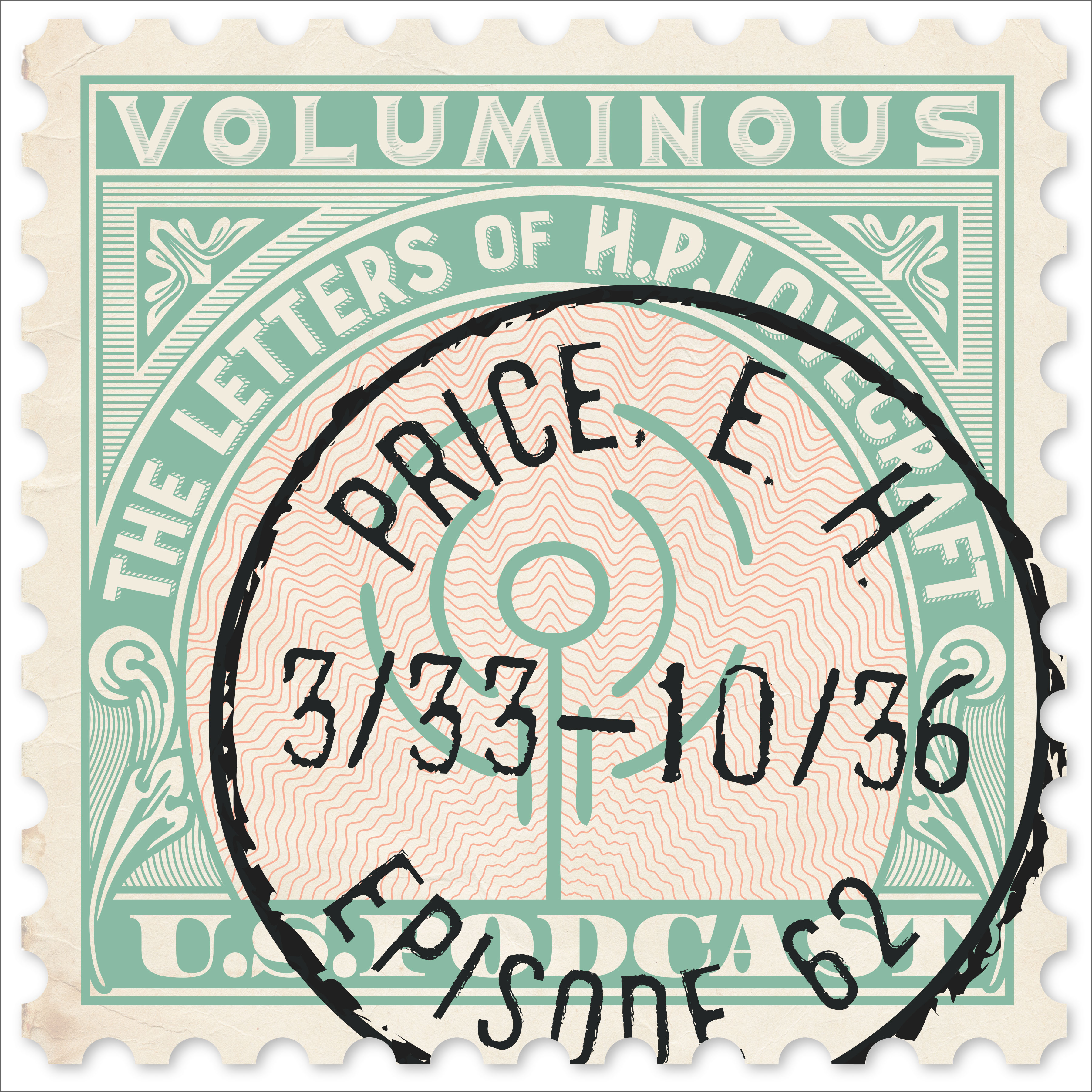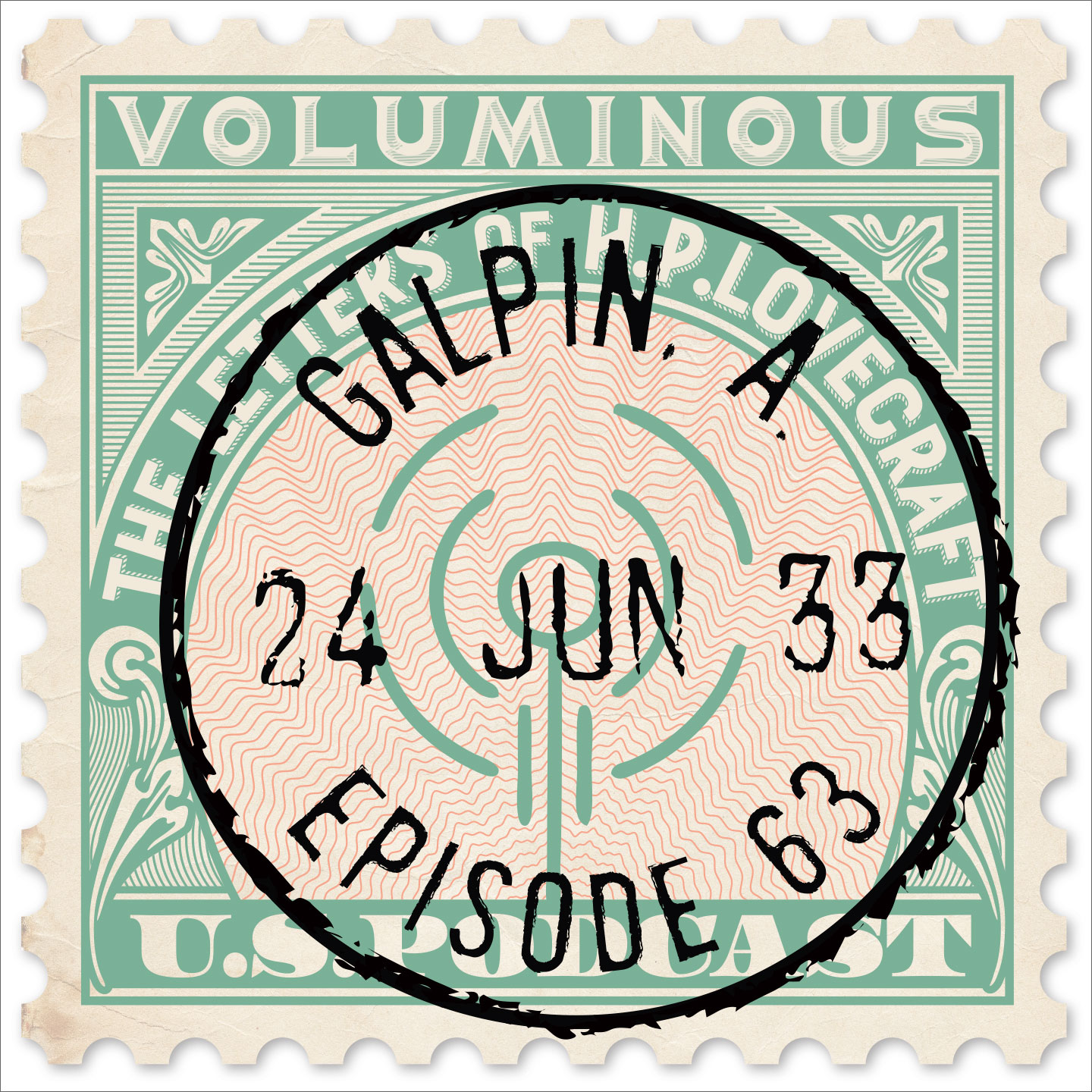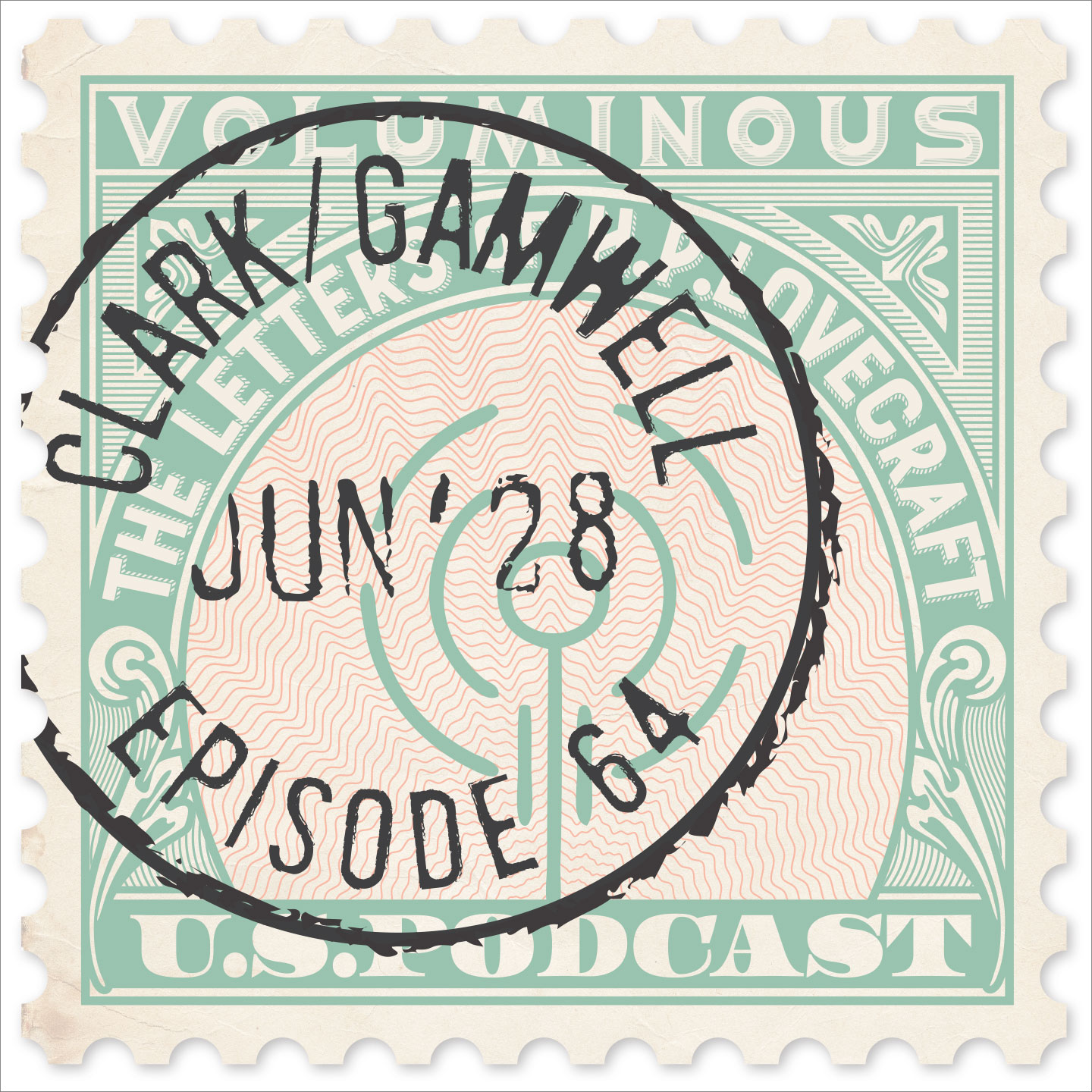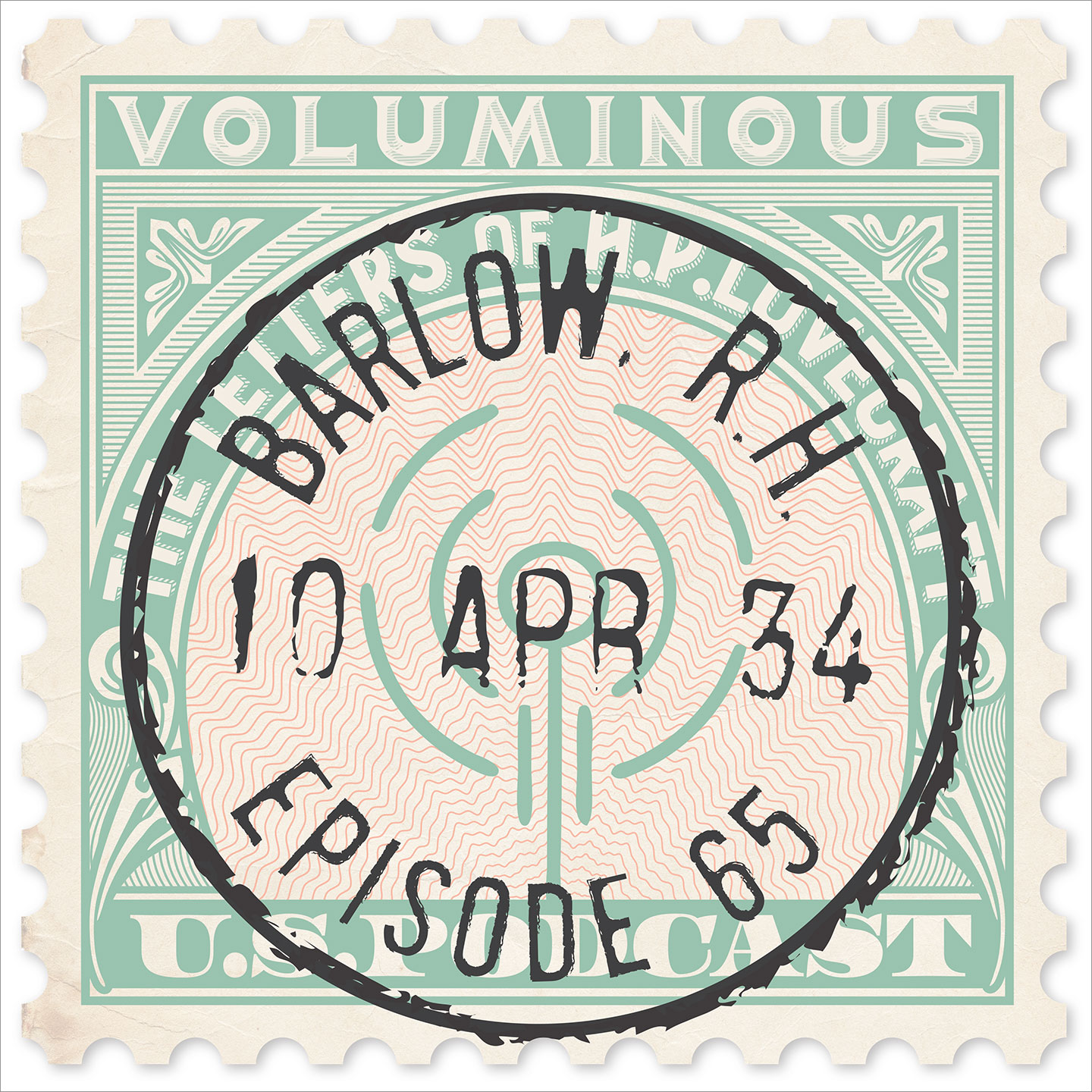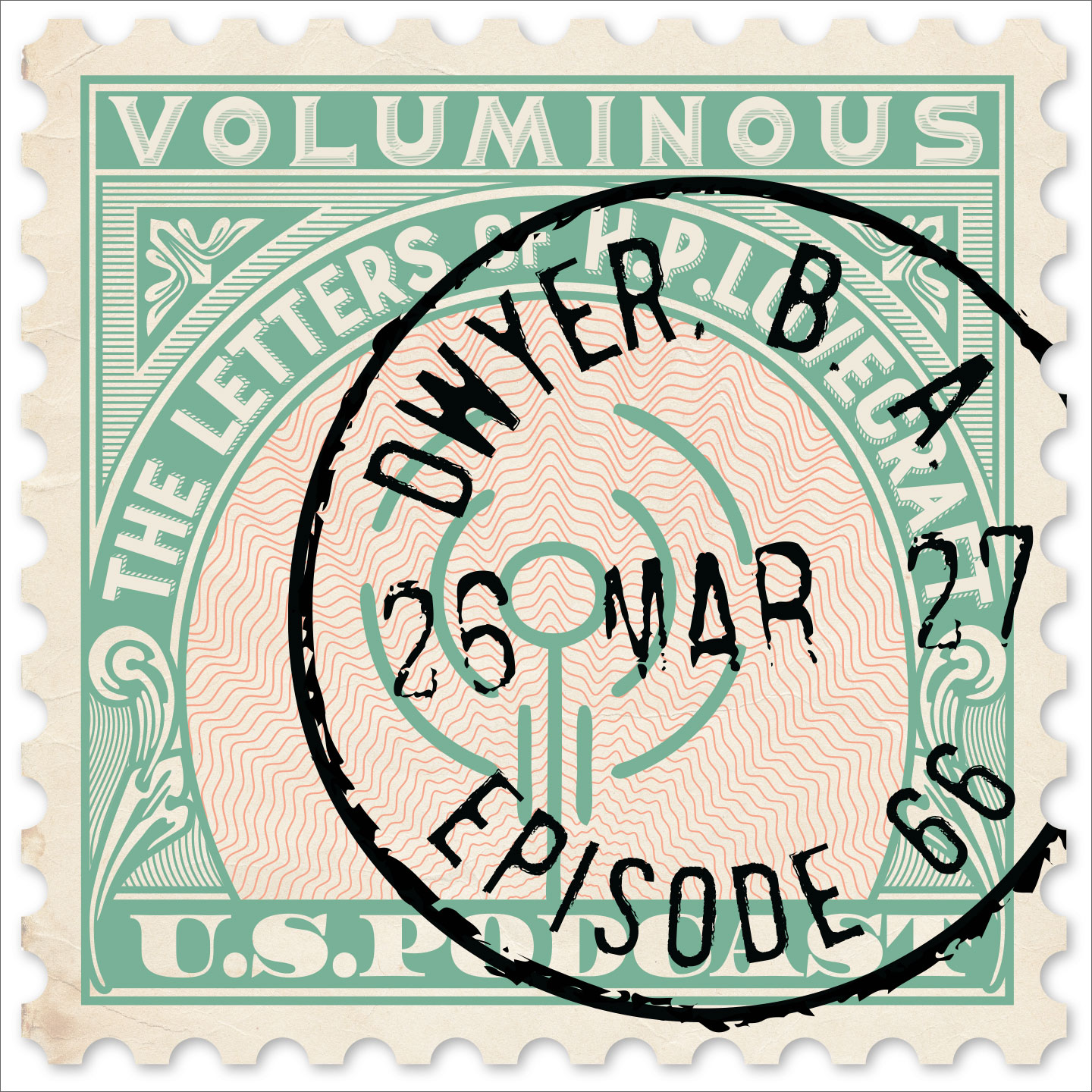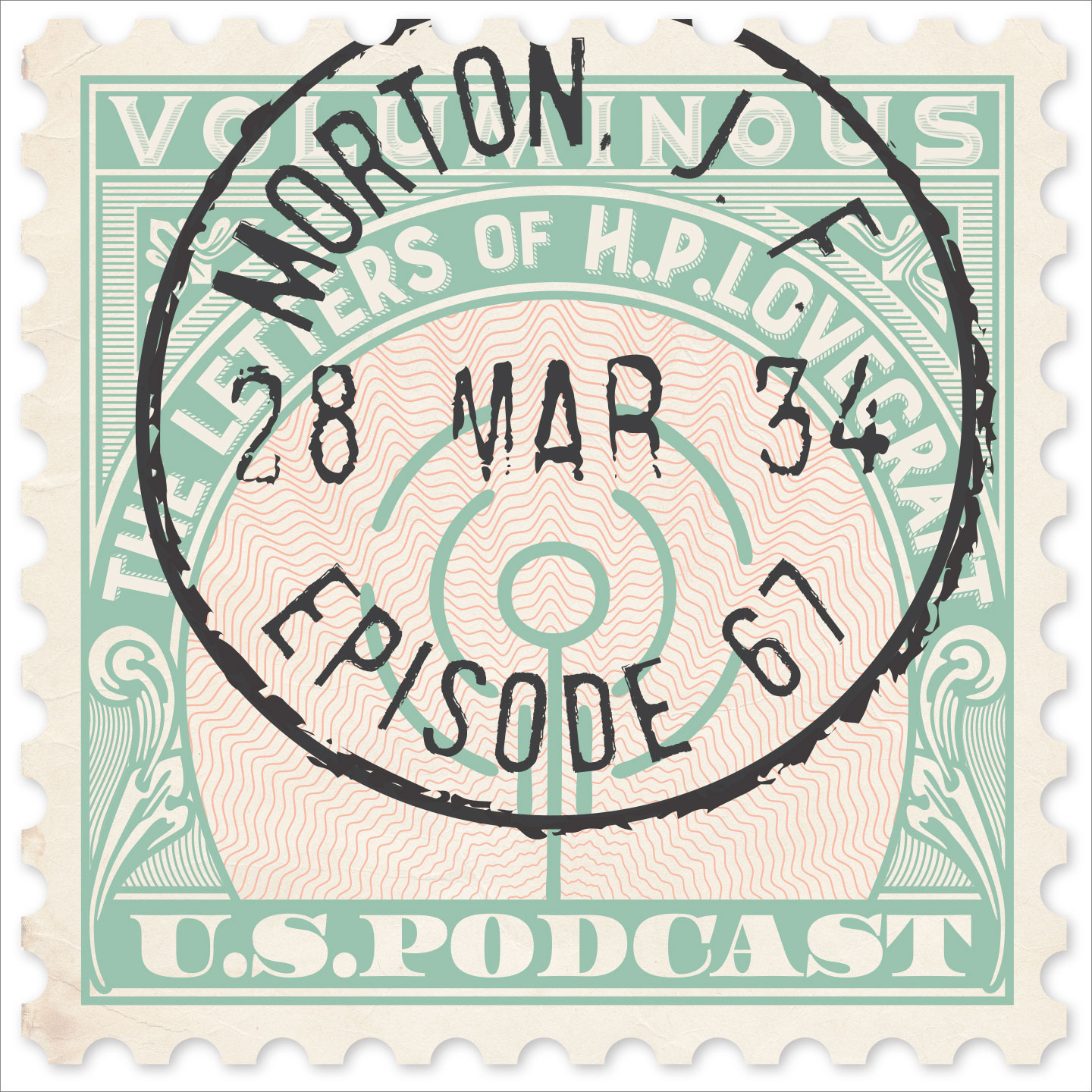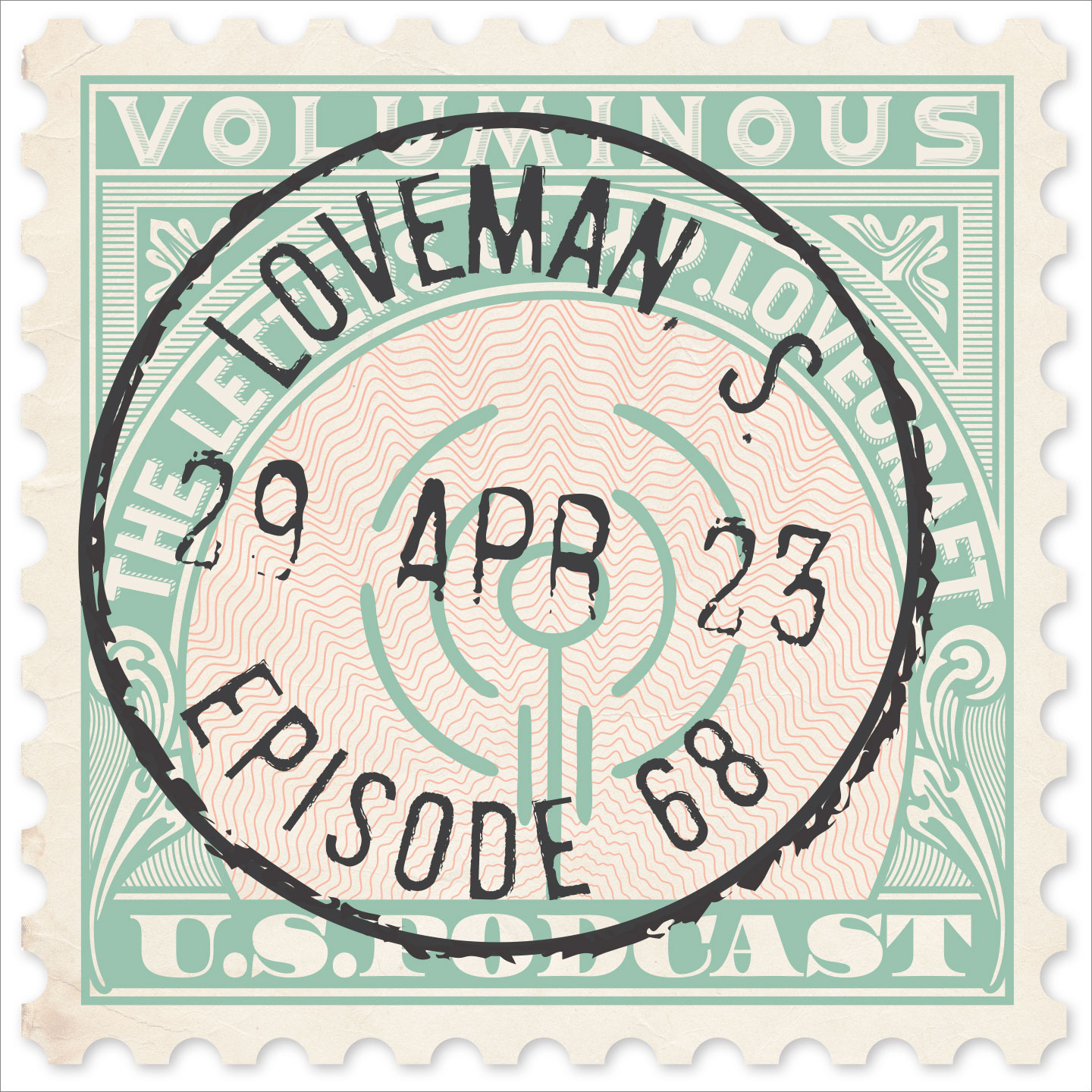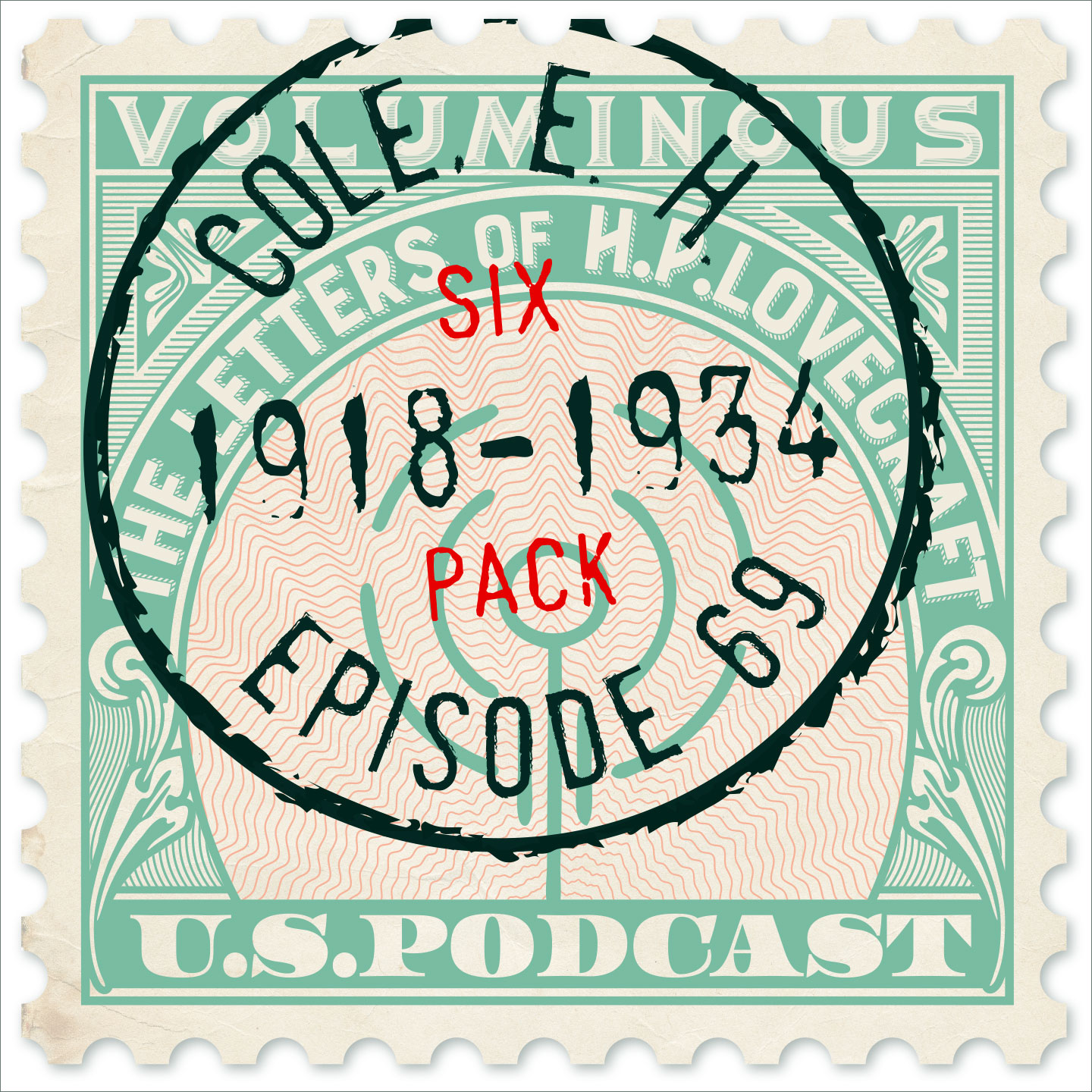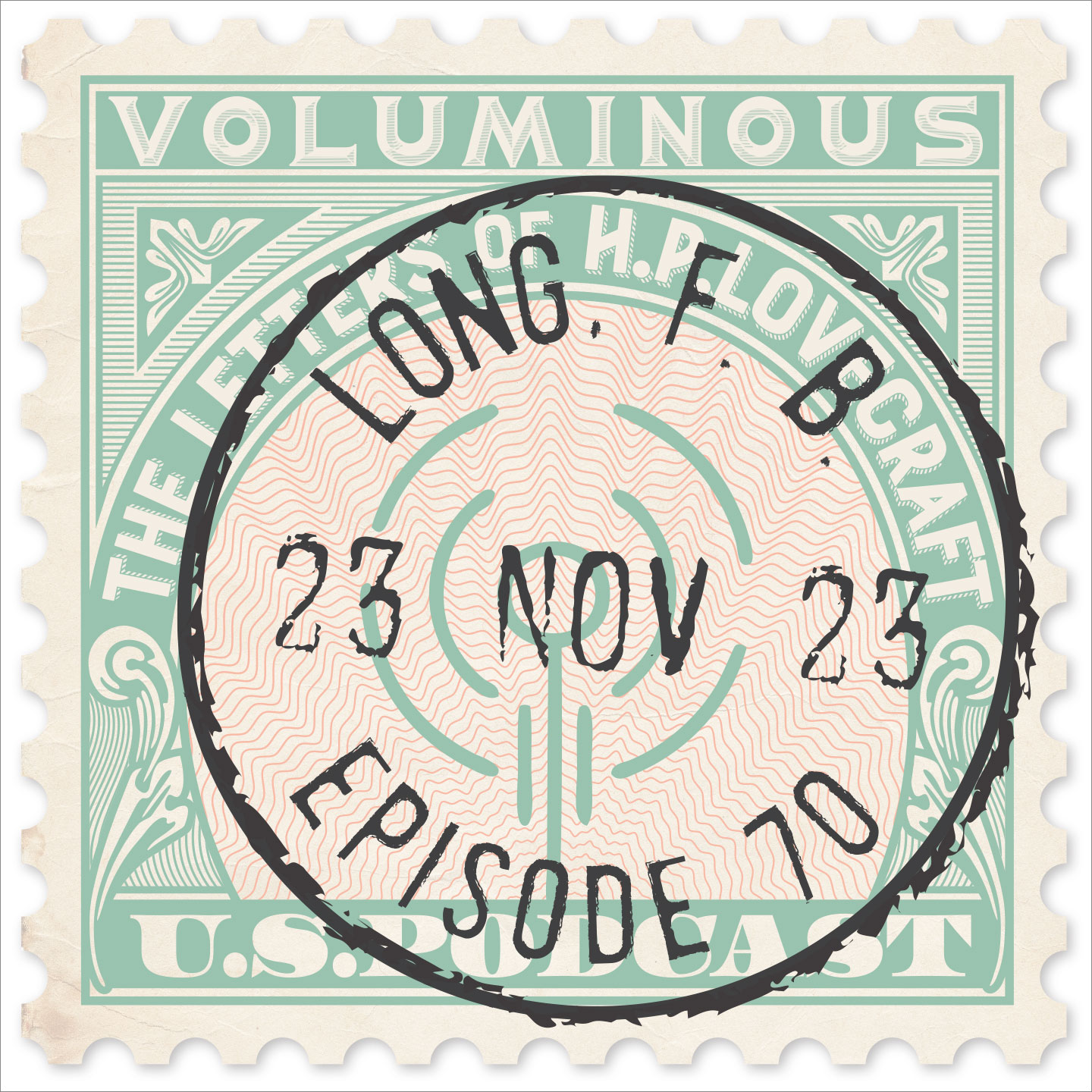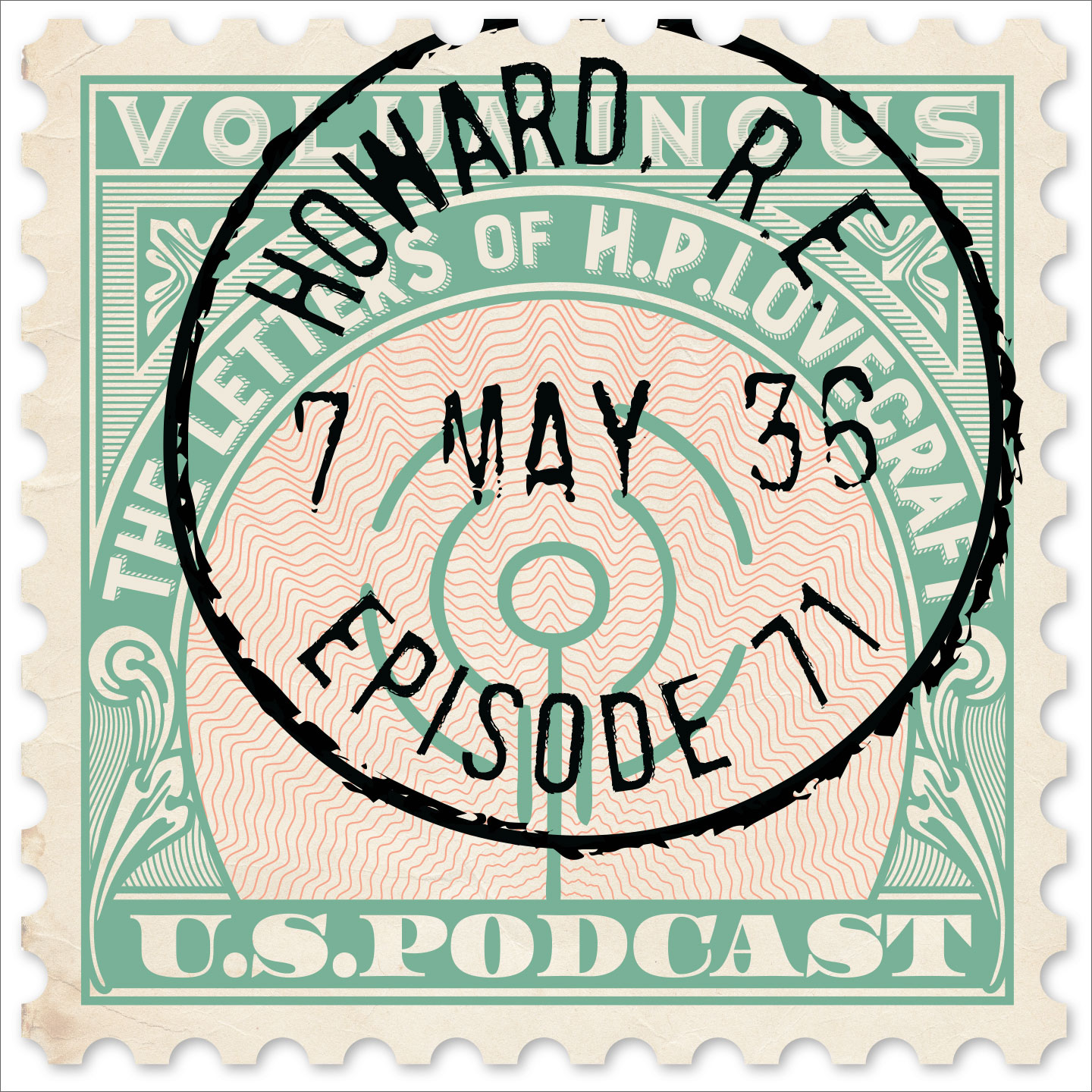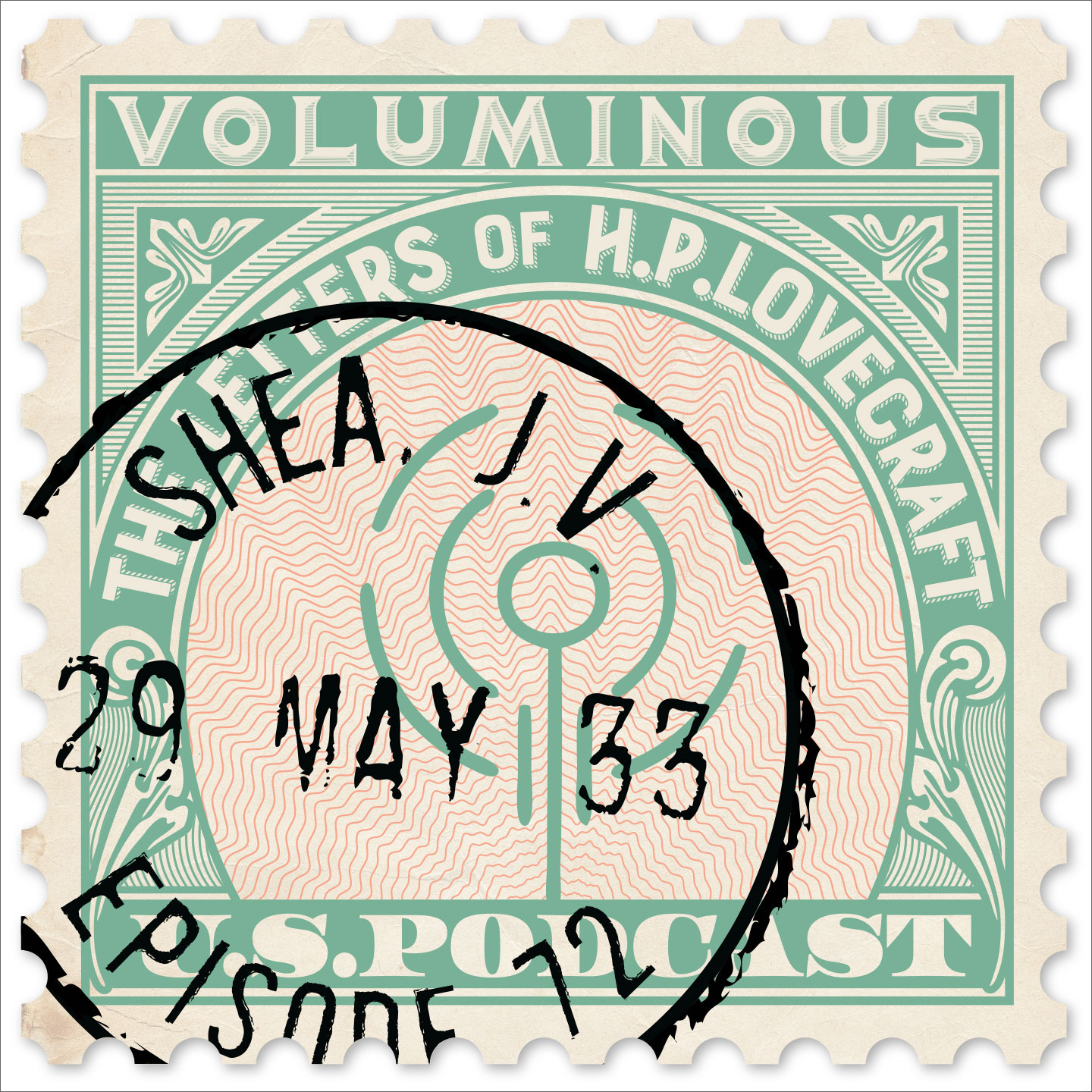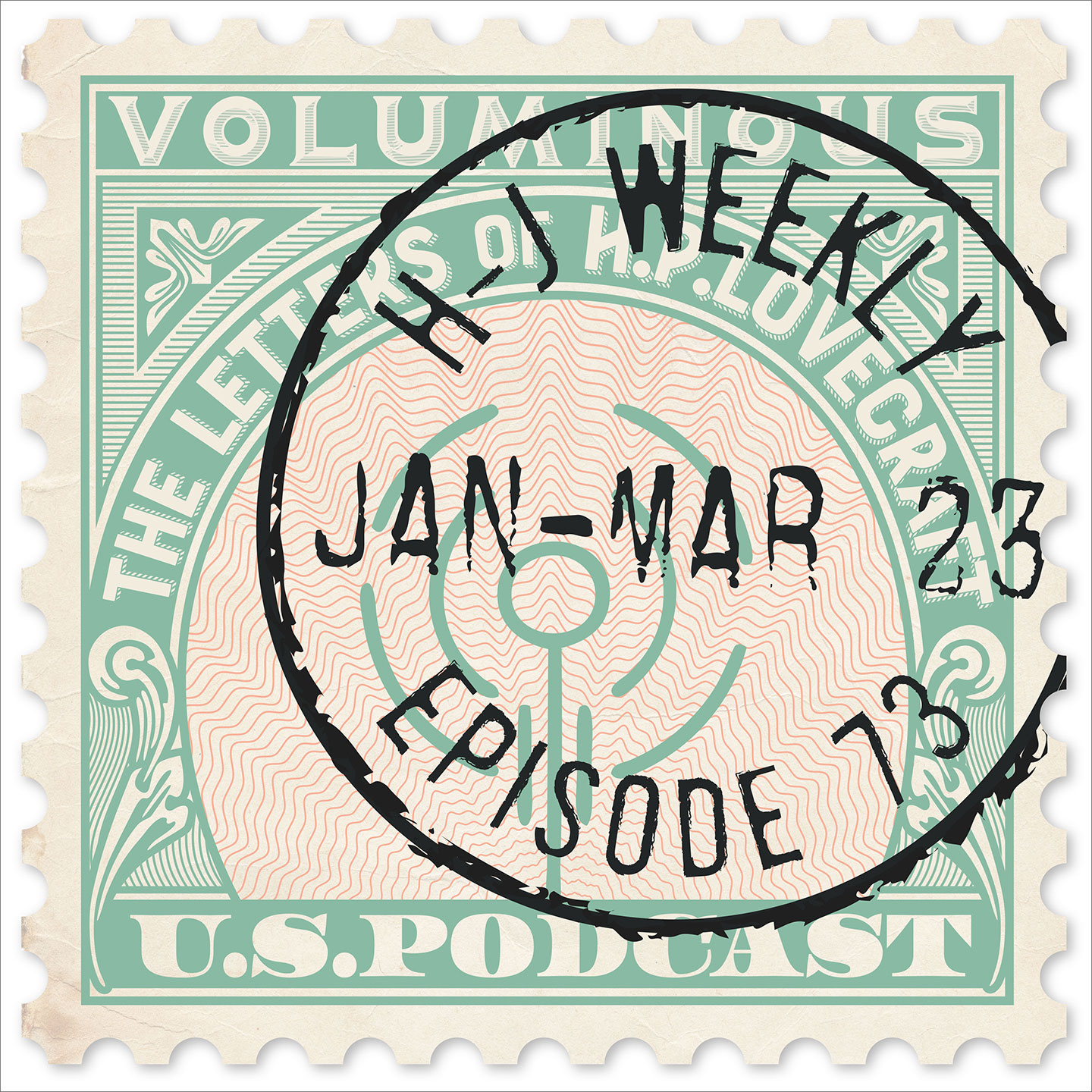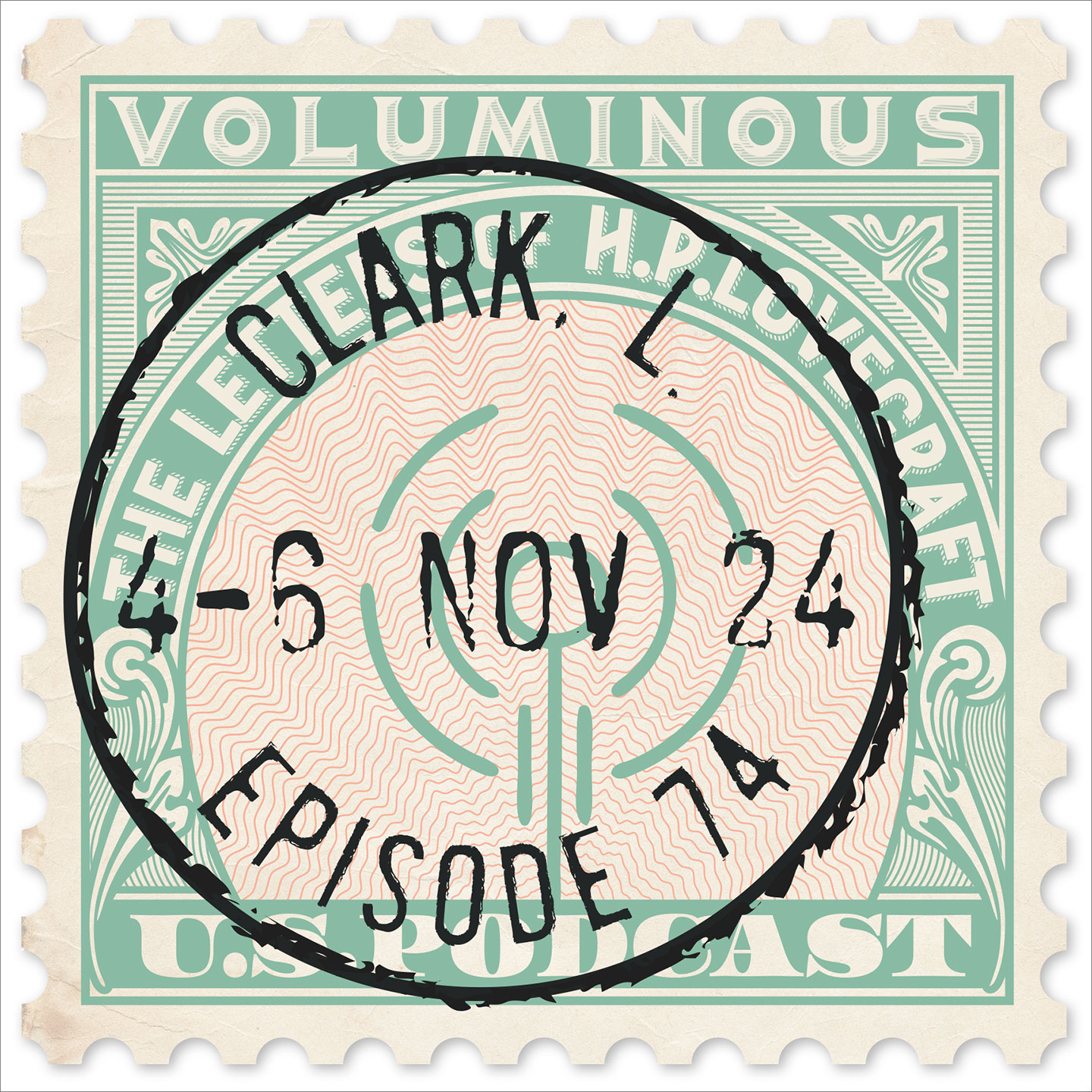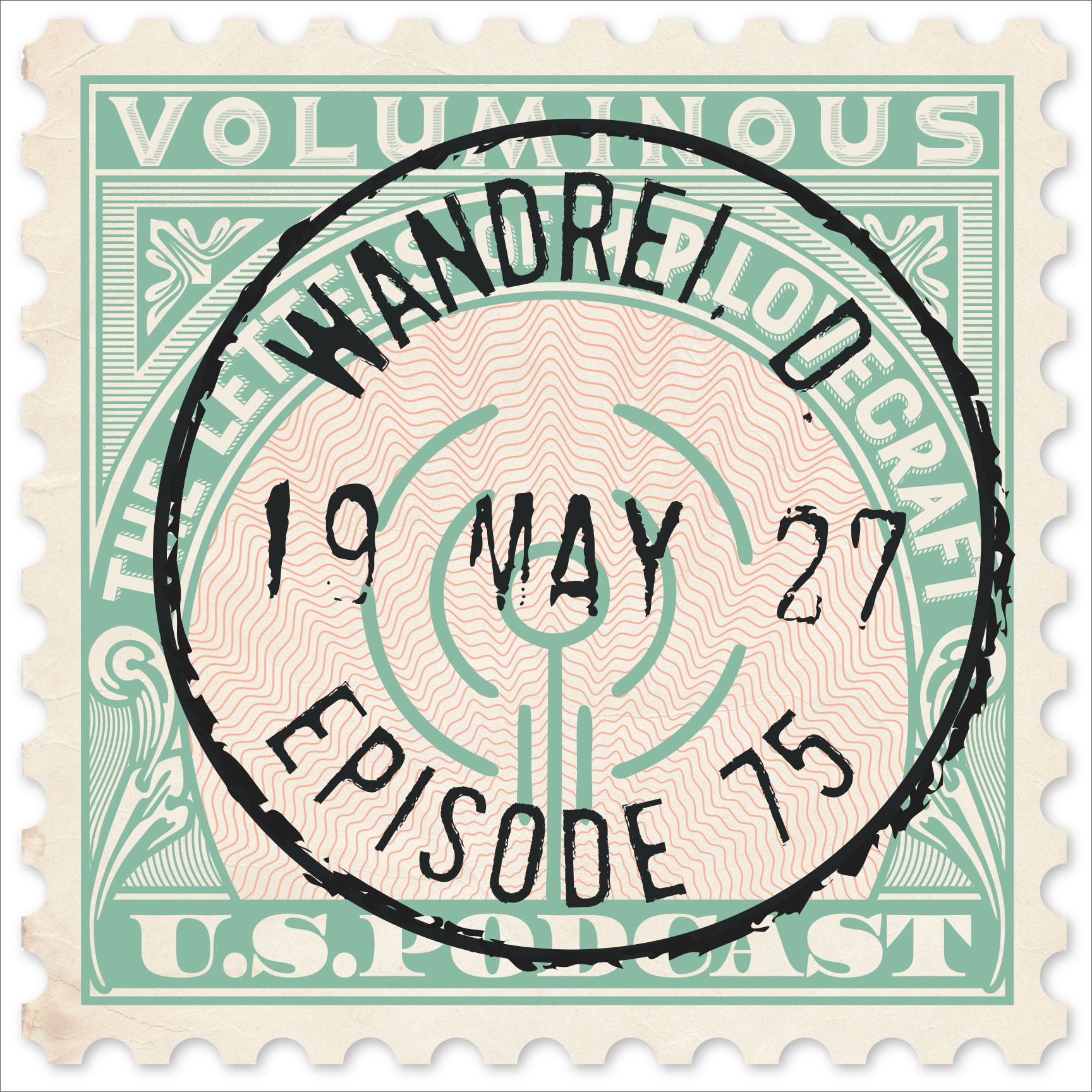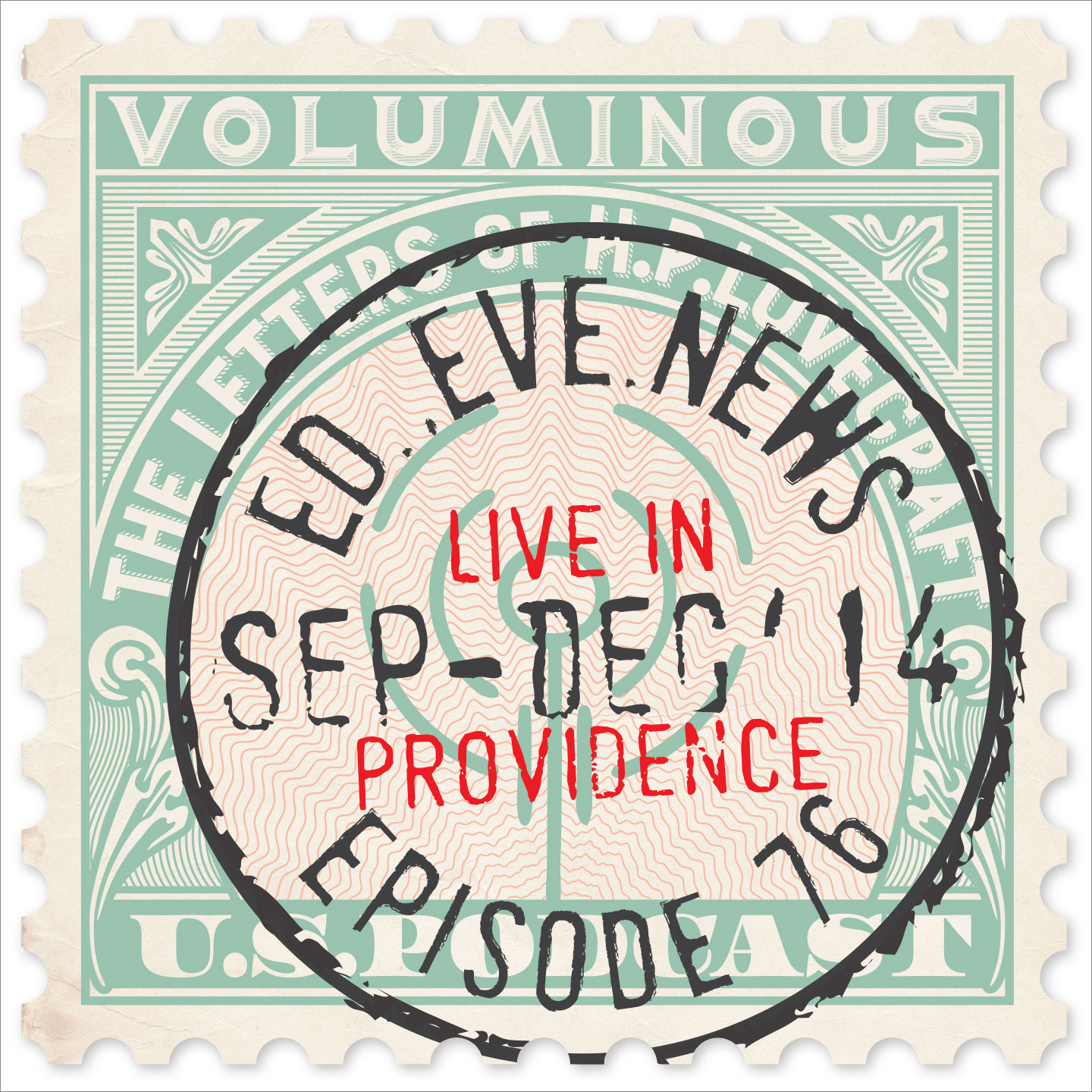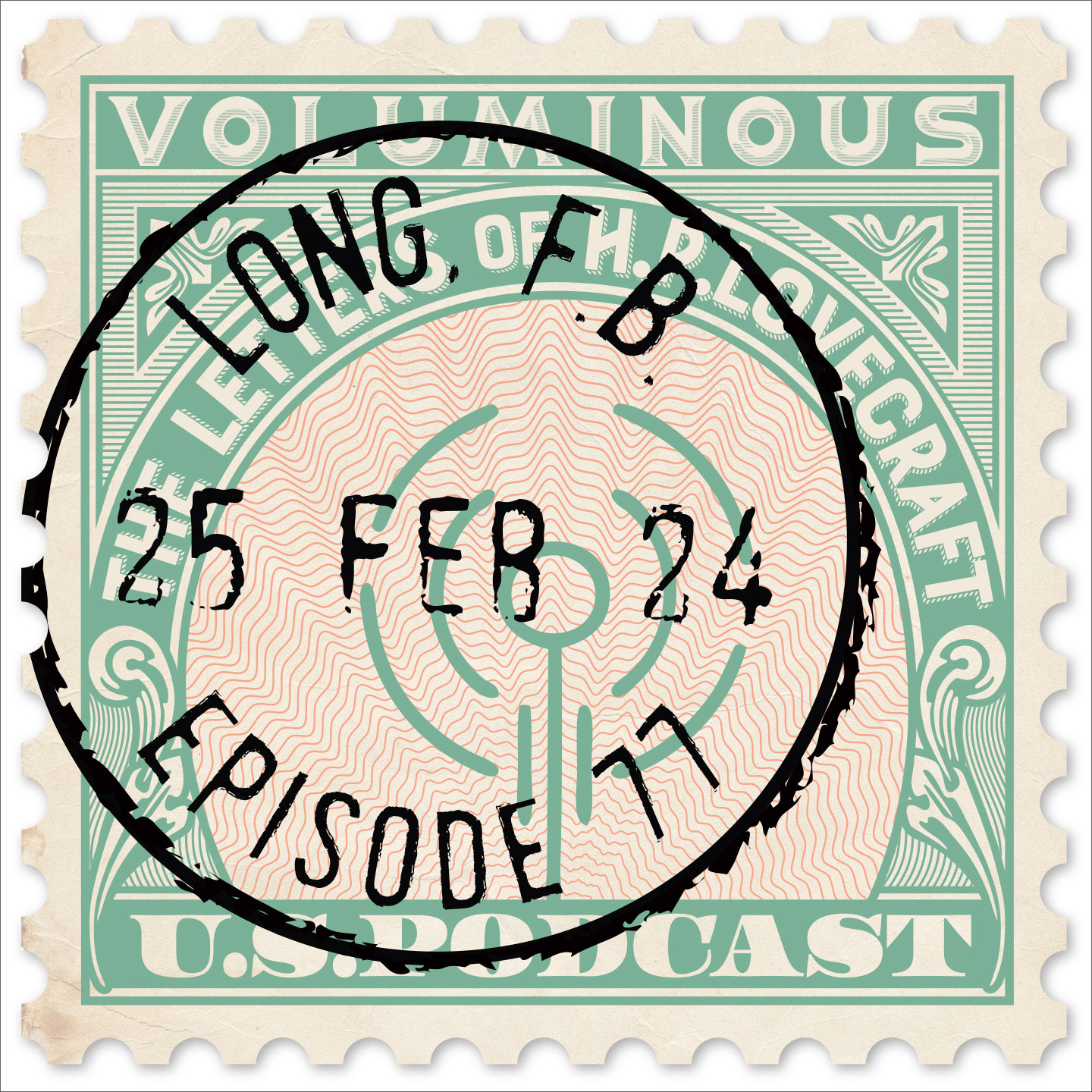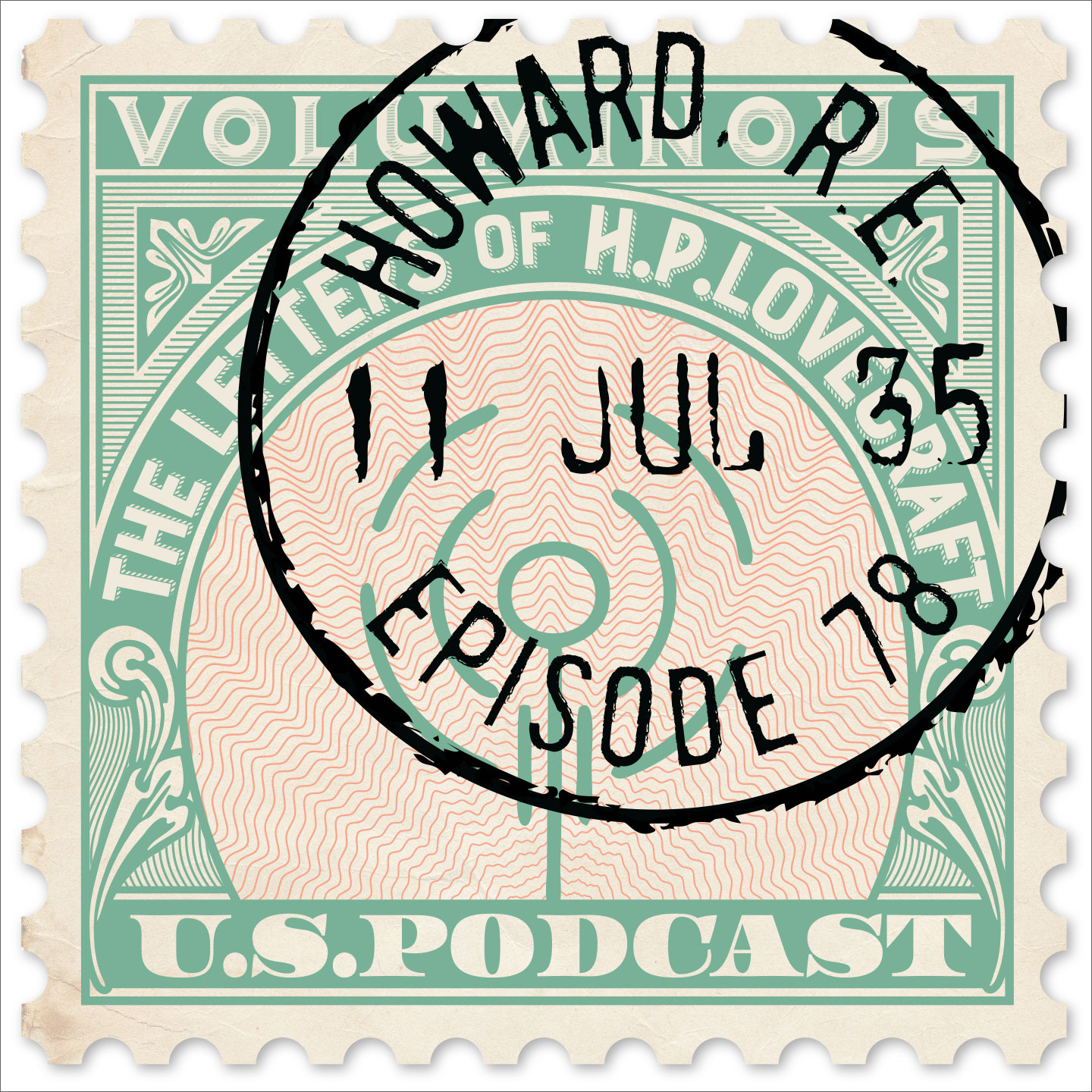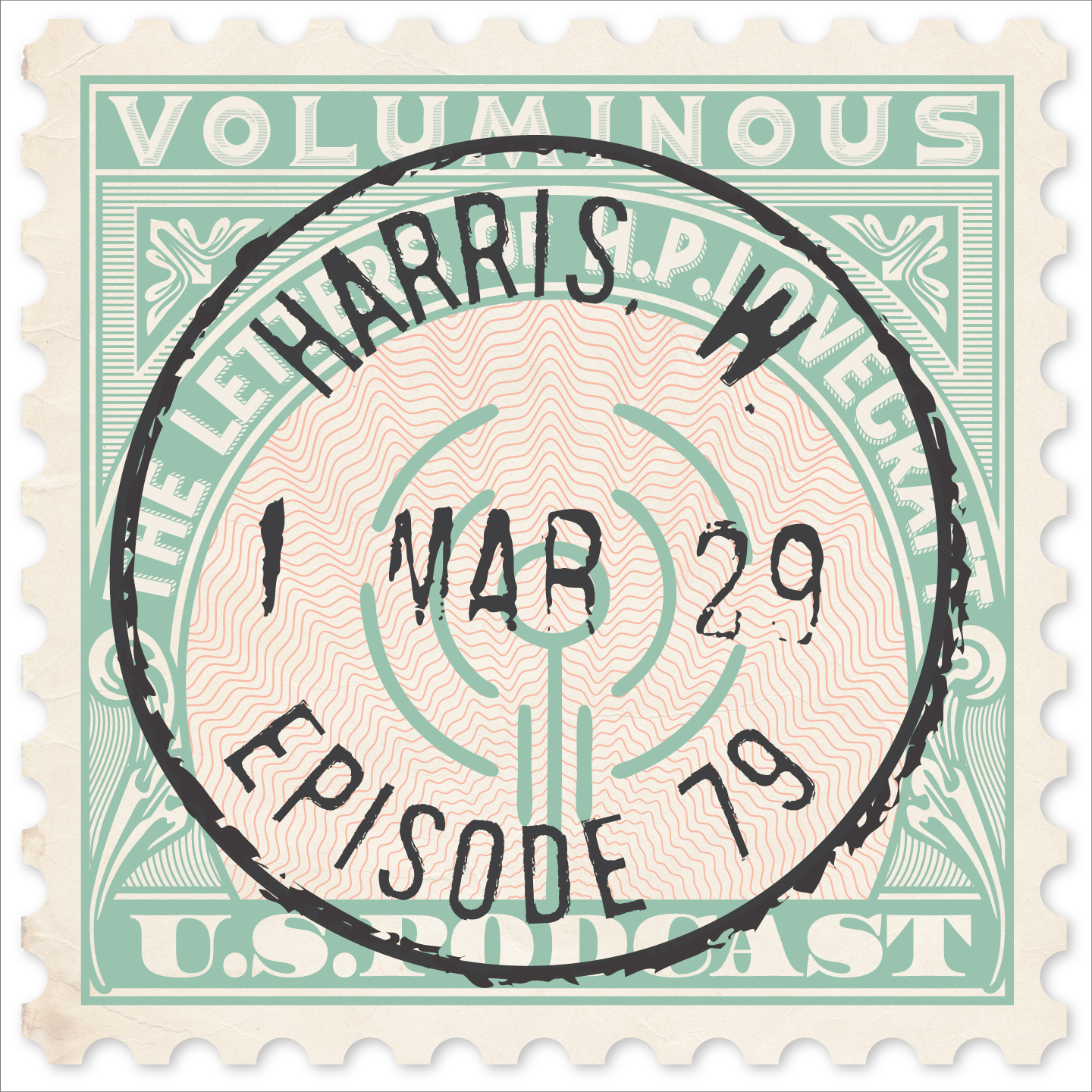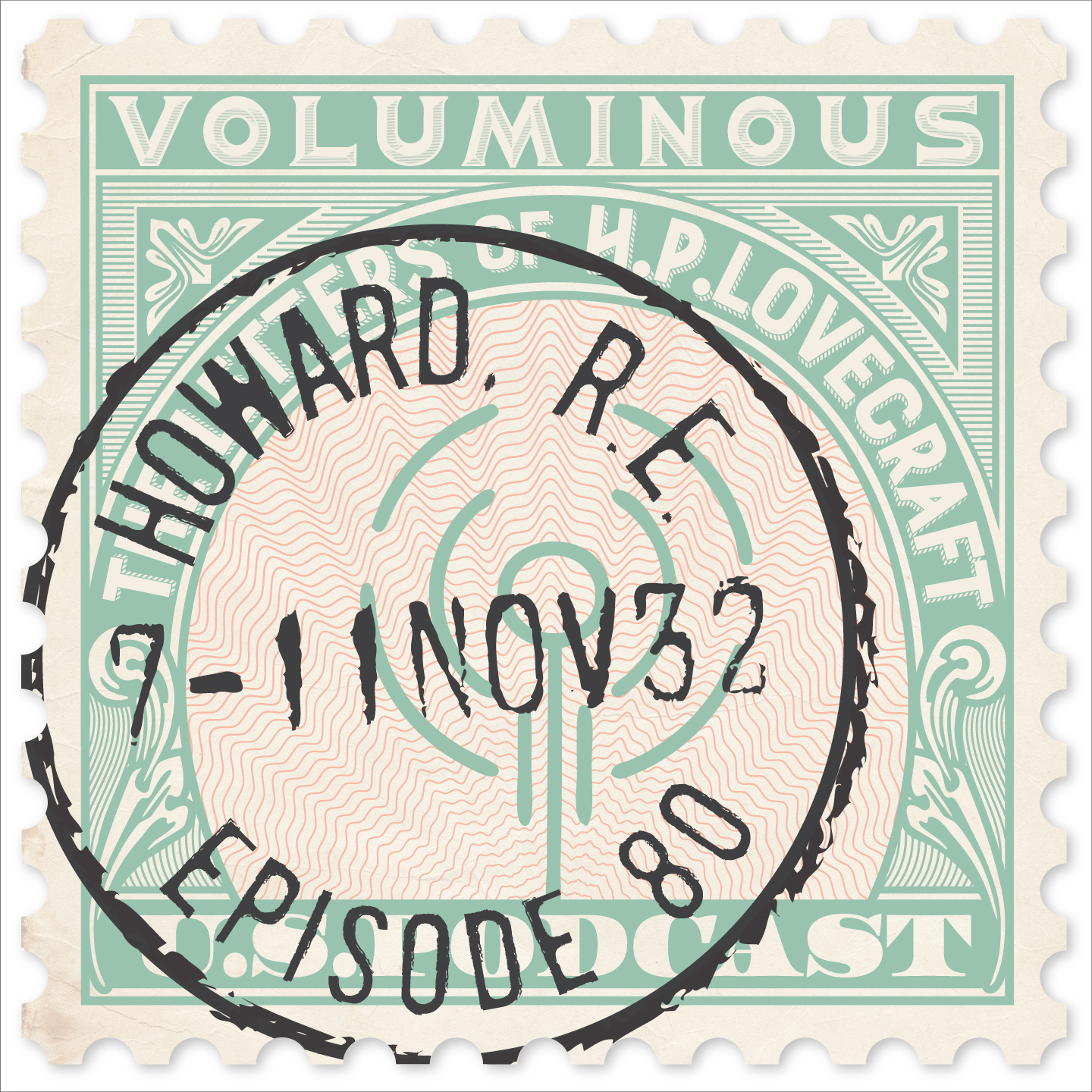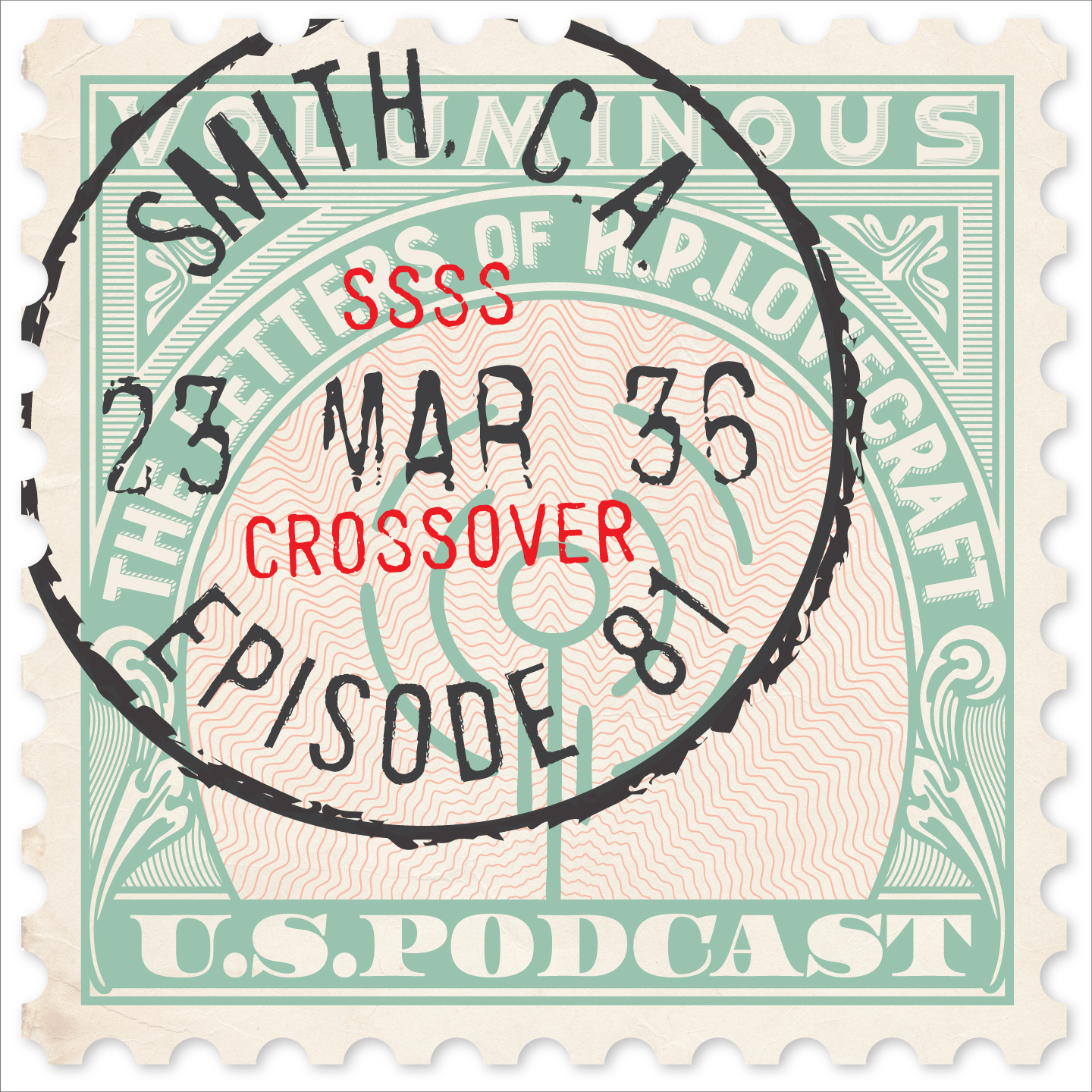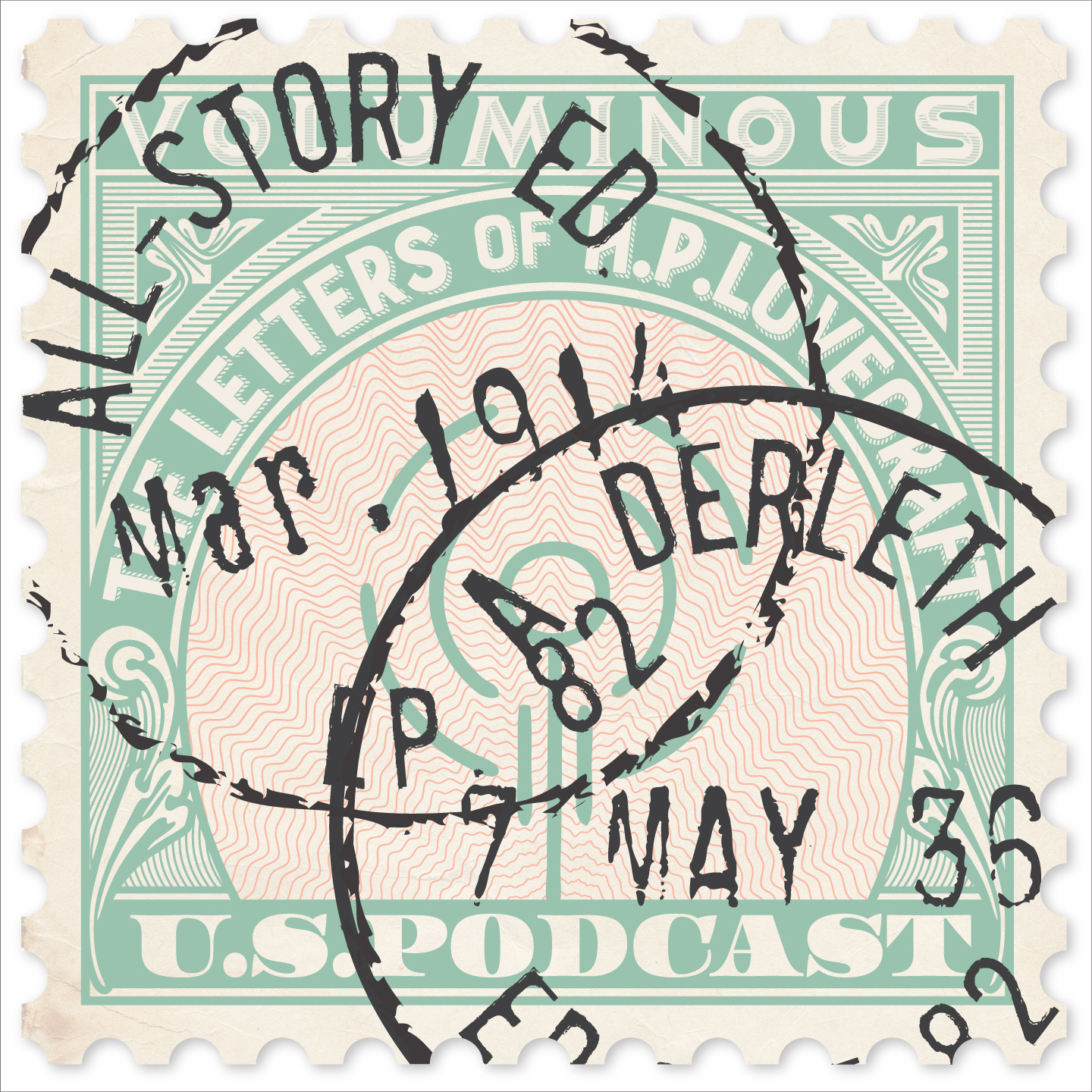
In addition to his classics of horror fiction, it is estimated that Lovecraft wrote 100,000 letters — or roughly 15 every day of his adult life — ranging from one-page diaries to seventy-page diatribes. Perhaps 20,000 of those letters have survived, in the hands of private collectors and at the John Hay Library in Providence.
In each episode of this podcast, we'll read one of these letters (or part of it) and then discuss it. In his letters HPL reveals an amazing breadth of knowledge of philosophy, science, history, literature, art and many other subjects, and forcefully asserts some highly considered opinions (some of which can be upsetting).
And of course his letters offer a fascinating window into his personal life and times. Although we've been working with Lovecraftian material for over 30 years, we still find interesting new things in his letters, and while we don't claim to be experts we look forward to sharing them with a wider audience.
Subscribe via iTunes, Stitcher or wherever you get podcasts! Or listen right here!
RSS Feed- Episode 69
- Posted February 6, 2022
Everyone's a Critic
In this set of six shorter letters ranging from May of 1918 to January of 1934, HPL writes to his longtime friend and amateur colleague, Edward H. Cole, on the relevance of amateur journalism during wartime, the value of arts criticism, on the death of his wife, and many other things. There's even a letter to a six month old baby!
Music by Troy Sterling Nies. Thanks to S. T. Joshi and David E. Schultz for their Letters to Alfred Galpin and Others, published by Hippocampus Press.
All of these letters can be seen in the Brown Digital Repository by clicking on these handy links: Letter 1, Letter 2, Letter 3, Letter 4, Letter 5, Letter 6.
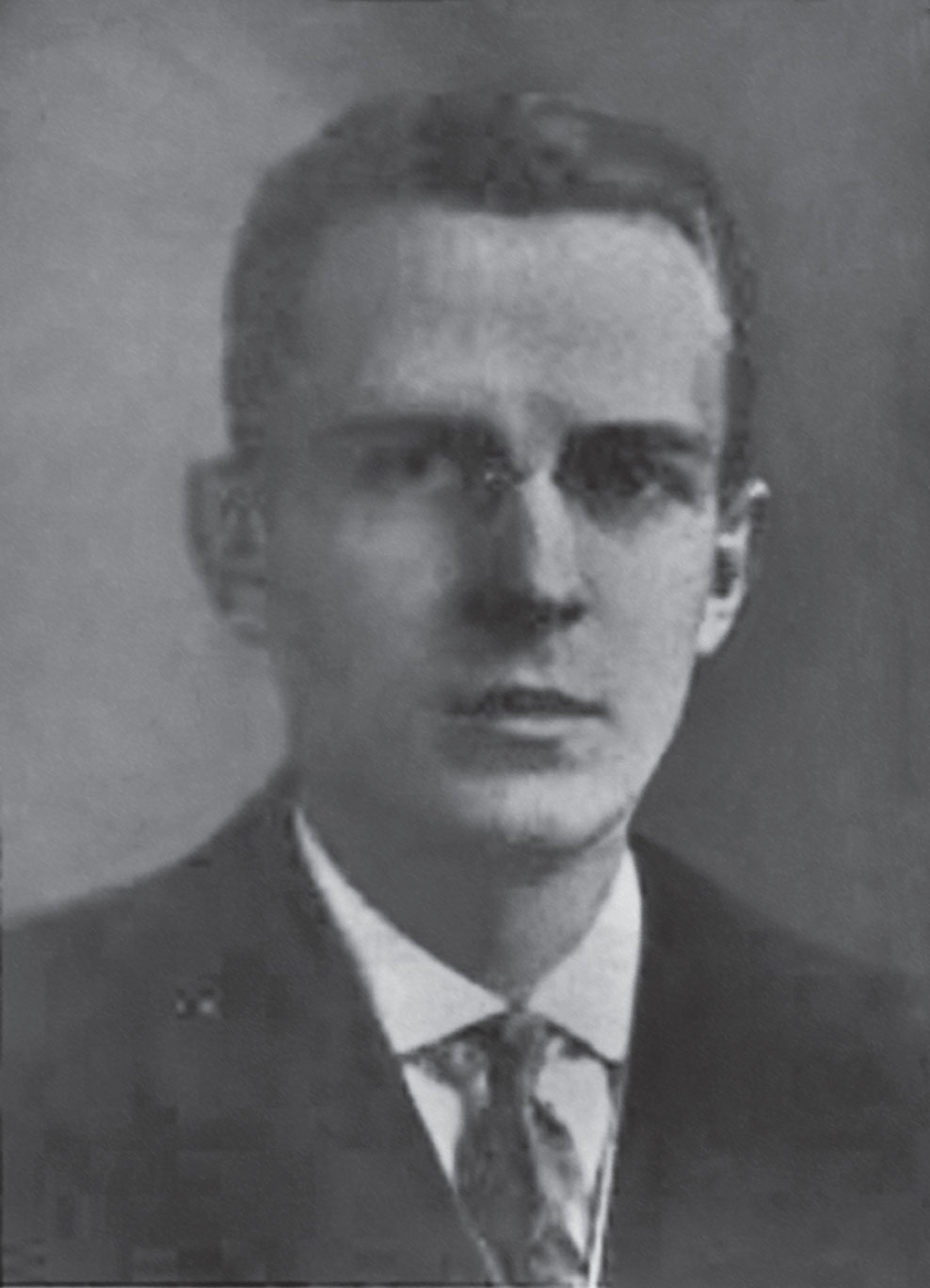
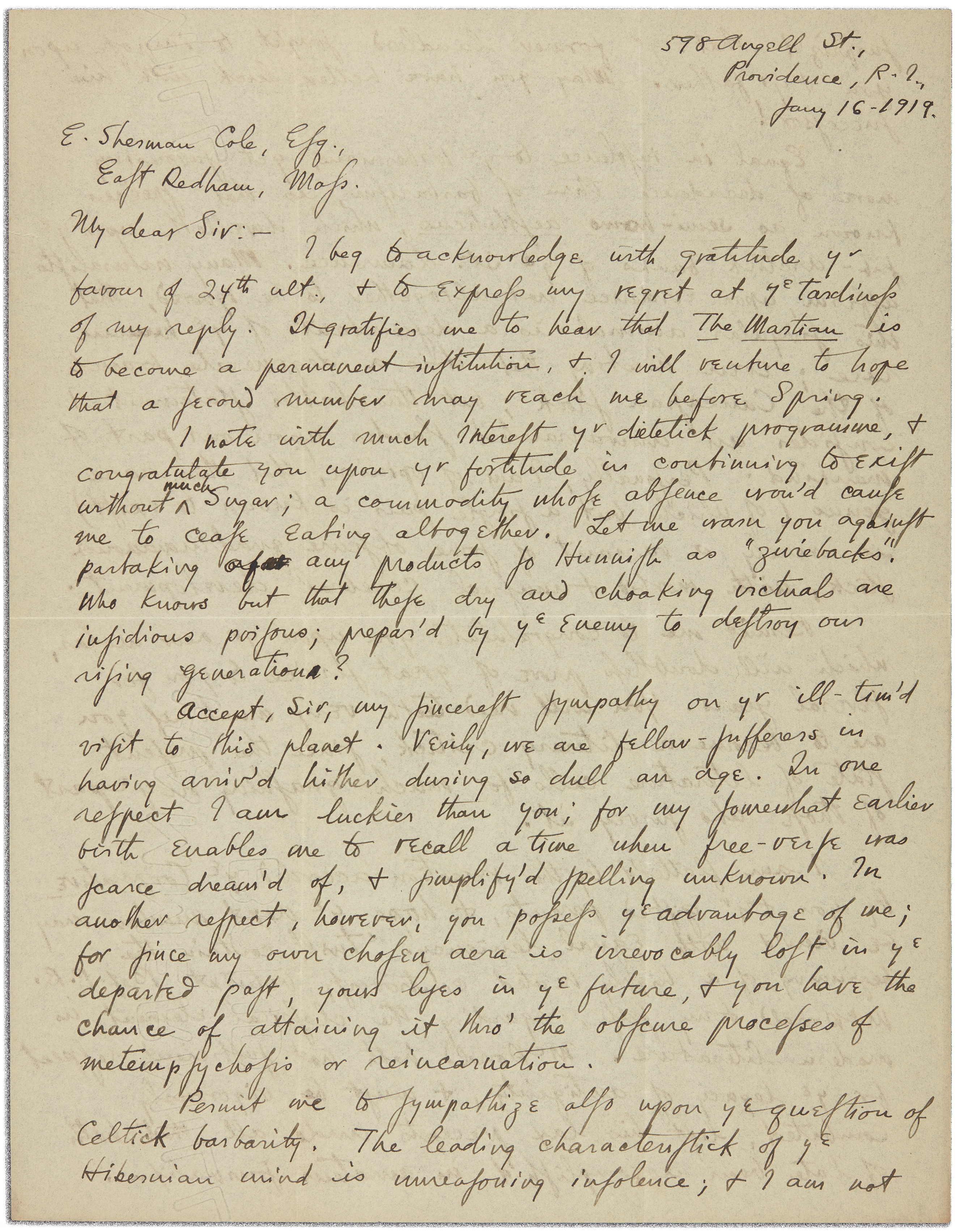 Here's a photo of Edward H. Cole, Lovecraft's very good friend from the world of amateur journalism.
Here's a photo of Edward H. Cole, Lovecraft's very good friend from the world of amateur journalism.
In the first of these letters, HPL mentions the eccentric Mr. Davis, official editor of the National Amateur Press Association. Francis Graeme Davis did have some interests that Lovecraft might have found out of the ordinary, including the constructed language Volapük. Created around 1880, it gained about a million speakers until Esperanto became more popular. But people still use it, and there is an entire Wikipedia in Volapük!
At right is the first page of the letter to Cole's six-month old son, E. Sherman, which HPL has written using precious olde-time penmanship including the long s. He mentions "The Martian", which was an amateur paper nominally edited by the infant, but of course actually edited by his parents. There were a total of three issues. The journal edited by Edward H. Cole under his own name was called The Olympian.
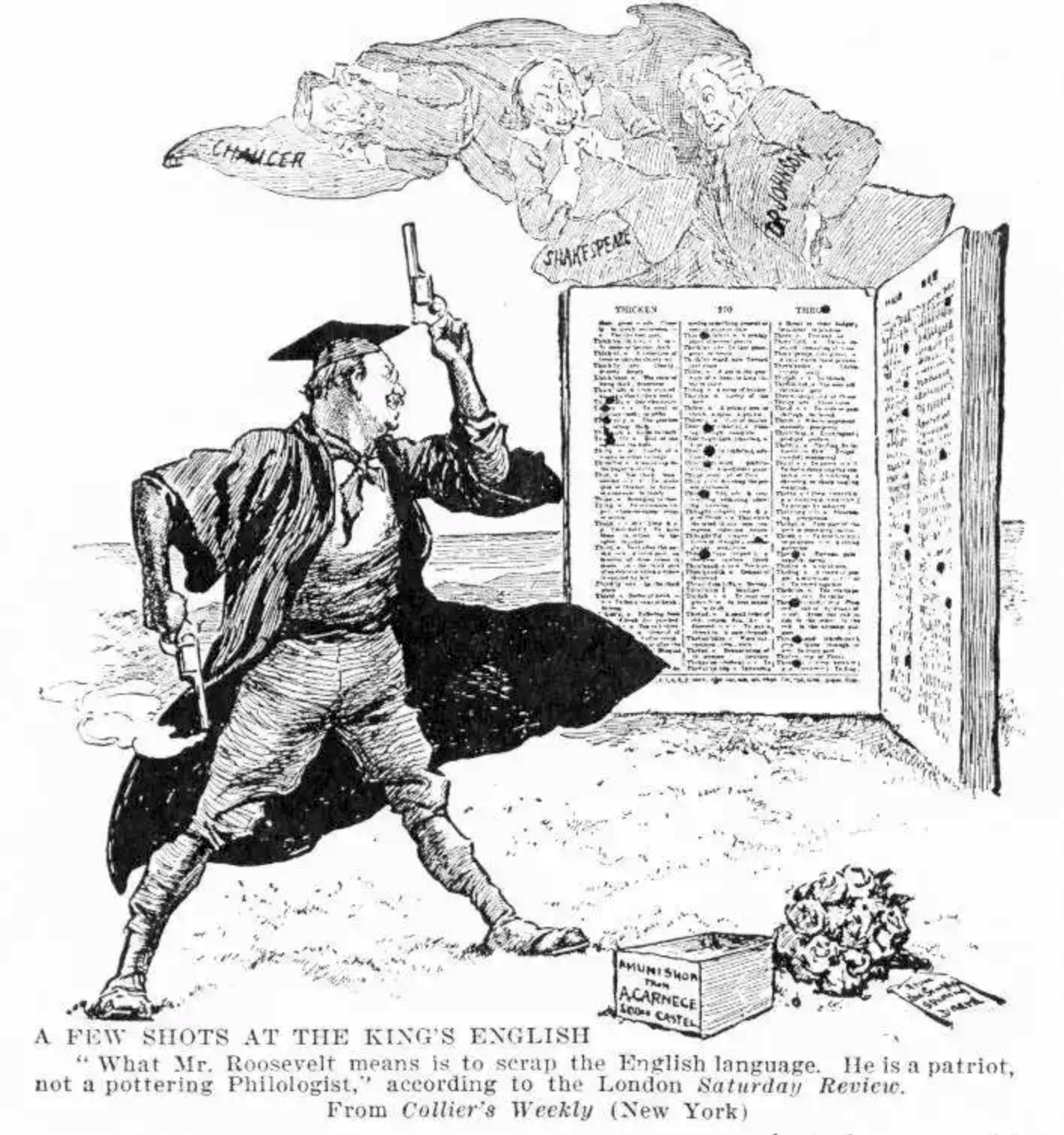 Andrew Carnegie financed one of several attempts to "simplify" English spelling in 1906, and HPL's idol Teddy Roosevelt fully supported the effort, at least at first. Carnegie's committee published its final recommendations in 1920, not long after this letter was written. You can read the full report here! And thanks to Twitter user @tobadzistsini for pointing out while the Klingon language may be famous, more people actually speak Volapük.
Andrew Carnegie financed one of several attempts to "simplify" English spelling in 1906, and HPL's idol Teddy Roosevelt fully supported the effort, at least at first. Carnegie's committee published its final recommendations in 1920, not long after this letter was written. You can read the full report here! And thanks to Twitter user @tobadzistsini for pointing out while the Klingon language may be famous, more people actually speak Volapük.
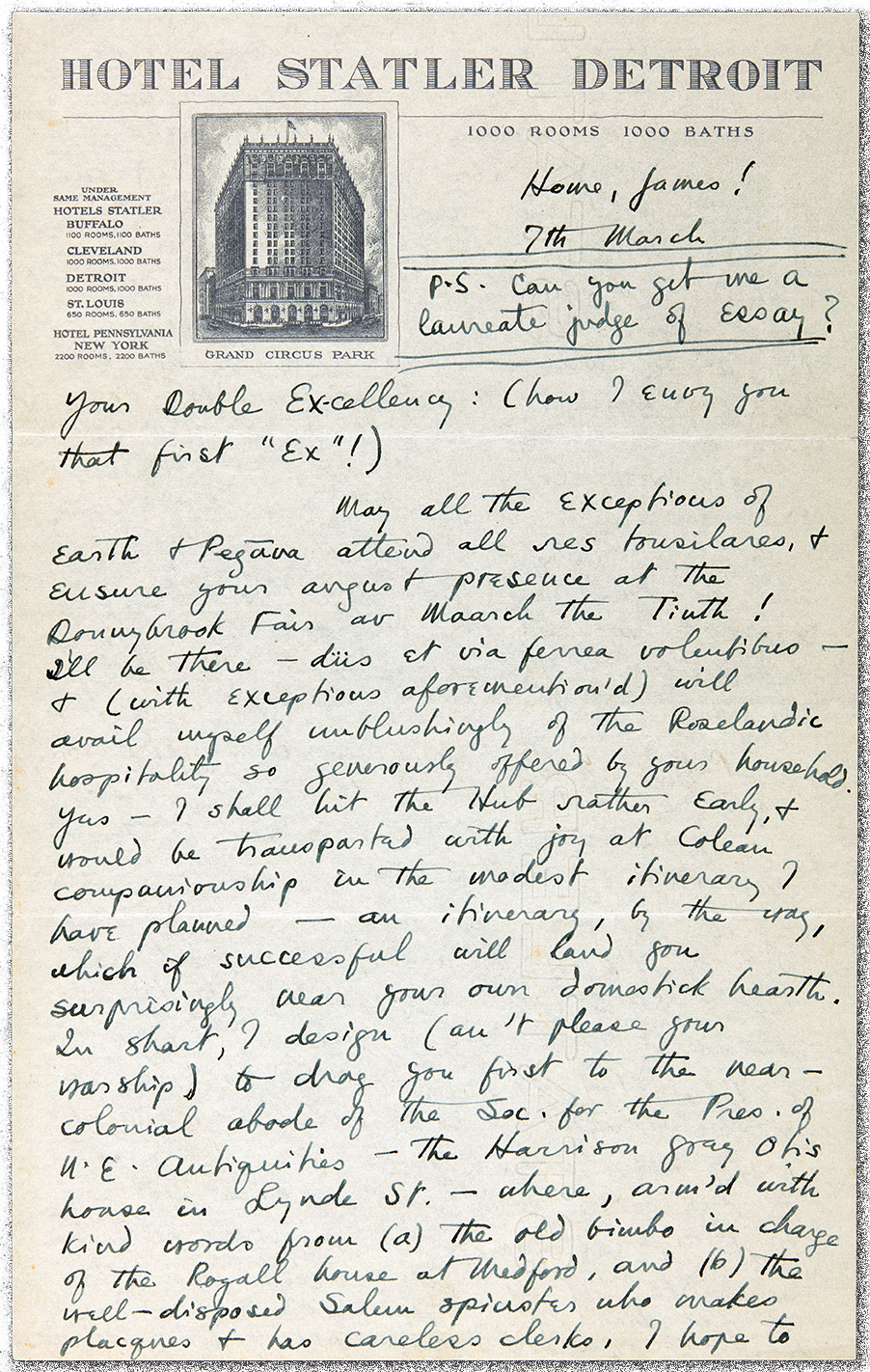
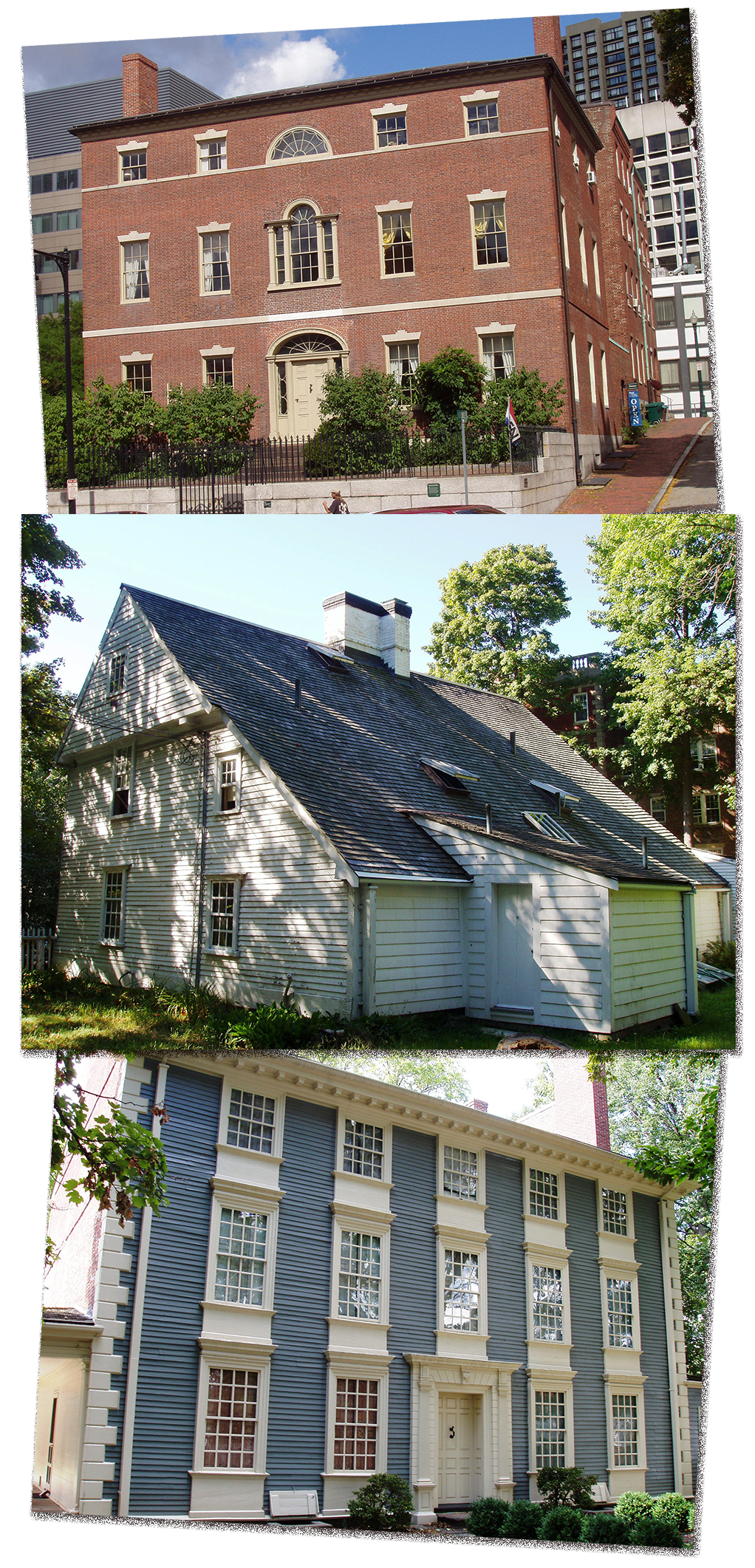 HPL wrote this 1923 letter on stationery from the Statler Hotel in Detroit, although as far as we know he never actually stayed in that hotel. His greeting is a bit unusual. The phrase "Home, James!" appears to have its origin in Queen Victoria, who allegedly had a coach driver named James Darling. Although normally a queen would address her driver by his last name, that would have meant her saying "Home, Darling" all the time, which would have been embarrassing. There was a song called "Home, James, and Don't Spare the Horses", but that dates from 1934, well after this letter was written, by which time the phrase had already become a cliche.
HPL wrote this 1923 letter on stationery from the Statler Hotel in Detroit, although as far as we know he never actually stayed in that hotel. His greeting is a bit unusual. The phrase "Home, James!" appears to have its origin in Queen Victoria, who allegedly had a coach driver named James Darling. Although normally a queen would address her driver by his last name, that would have meant her saying "Home, Darling" all the time, which would have been embarrassing. There was a song called "Home, James, and Don't Spare the Horses", but that dates from 1934, well after this letter was written, by which time the phrase had already become a cliche.
Here are the houses HPL mentions in the letter. Top: The Harrison Grey Otis house, which served as the headquarters for the Society for the Preservation of New England Antiquities. This was the first of three houses built for Otis, who was prominent lawyer/businessman/politician in the 1800s.
Middle: The Cooper-Frost-Austin house, dating from 1681. It was not generally open to visitors and you had to get special permission to take a tour, which is still the case today.
Bottom: the Isaac Royall house at Medford, originally built around 1692 (though the present facade is substantially later). One reason it was notable is that it had slave quarters.
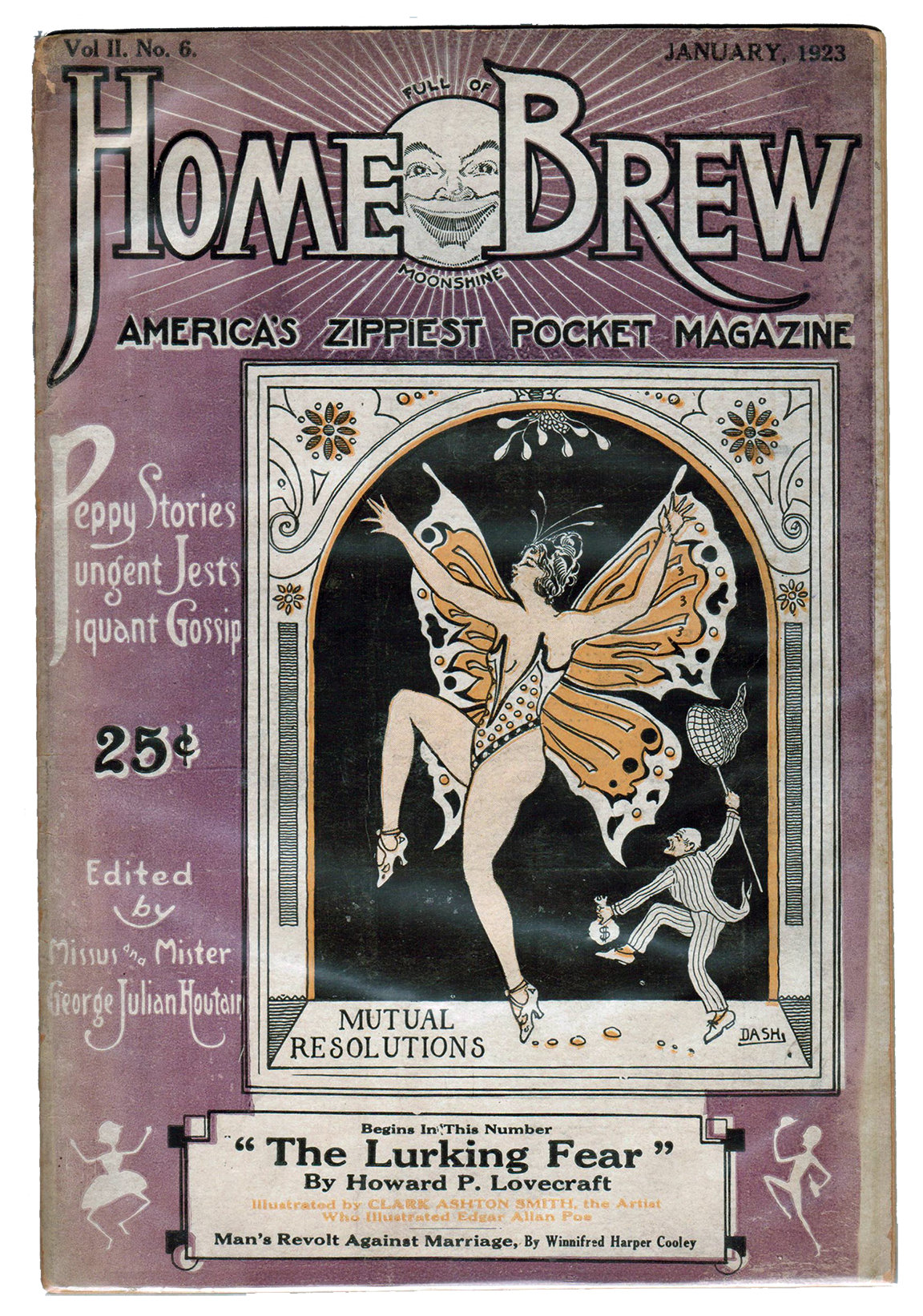
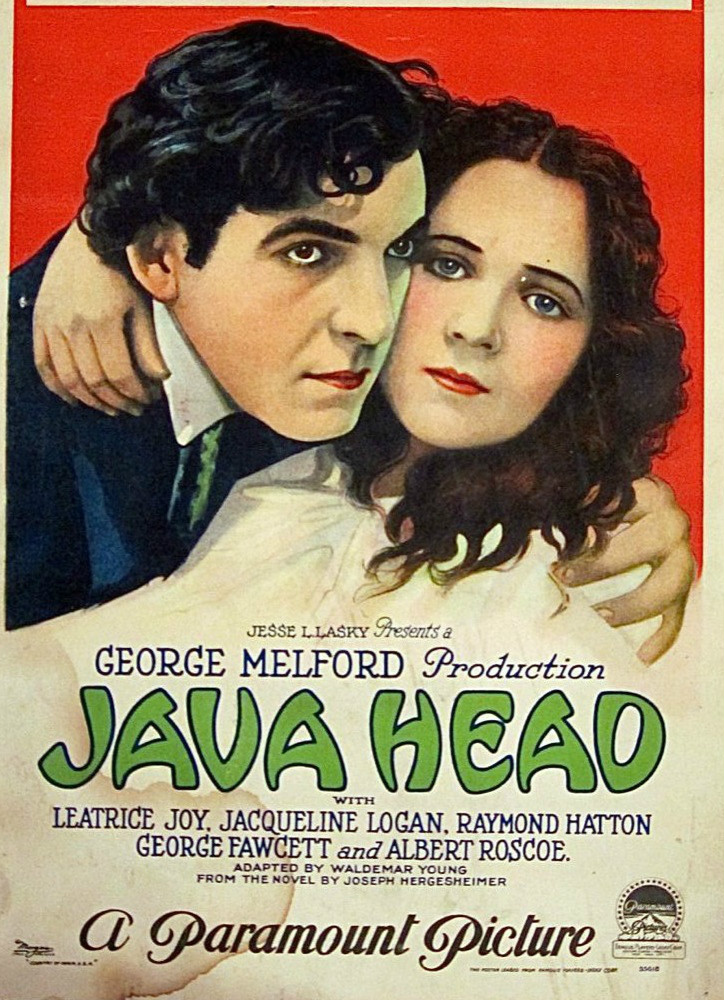 George Julian Houtain's whimsical magazine Home Brew was the first to publish both "Herbert West—Reanimator" and "The Lurking Fear". This is the cover from the issue that HPL included with this letter. The story was illustrated by Clark Ashton Smith, in a style that didn't particularly go with the text, as HPL comments on in other letters.
George Julian Houtain's whimsical magazine Home Brew was the first to publish both "Herbert West—Reanimator" and "The Lurking Fear". This is the cover from the issue that HPL included with this letter. The story was illustrated by Clark Ashton Smith, in a style that didn't particularly go with the text, as HPL comments on in other letters.
HPL gets pretty philosophical about why movies are the way they are. Here's the poster for Java Head, the film from 1923 that HPL went to see, which was itself based on a novel with the same title by Joseph Hergesheimer. The film was remade as a talkie in 1934. Java Head is a rock formation, now called Tanjung Layar, on the eastern end of Java at the entrance to the Sunda Strait.
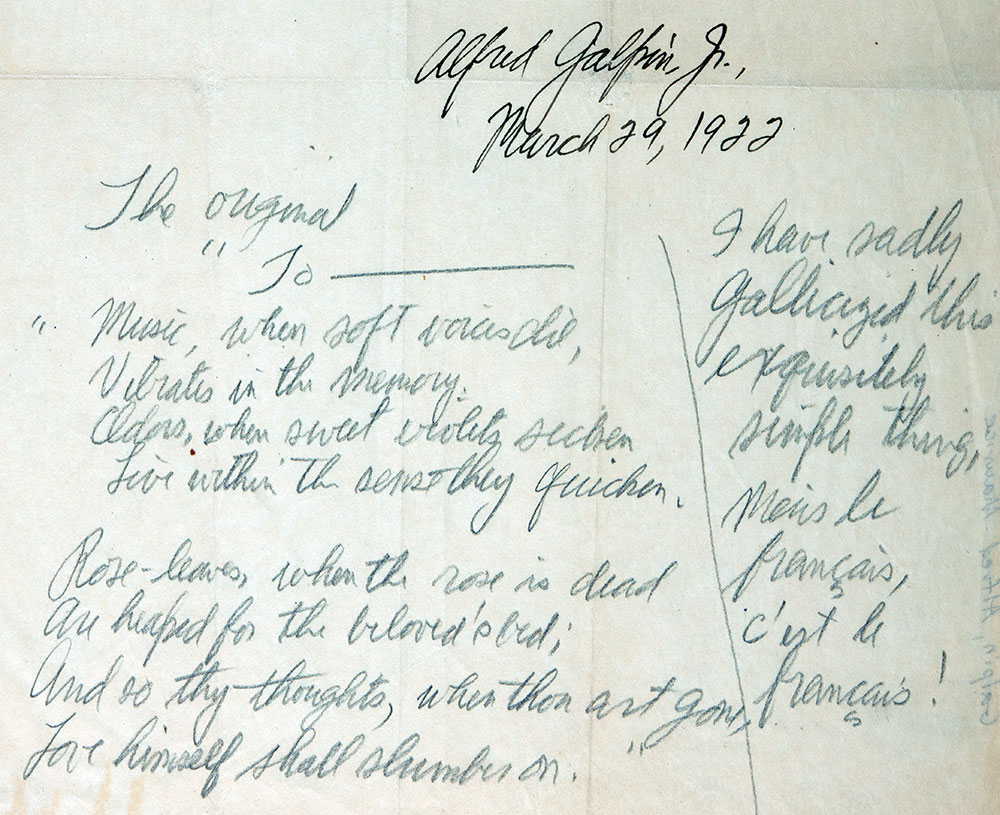 HPL defends his illegible handwriting by saying at least it's not as bad as Alfred Galpin's, and supplied a sample to prove it. We don't know what sample that was, but here's a view of some of Galpin's writing from 1922 that is a candidate. We tend to agree with Lovecraft that his isn't as bad as this (and count our lucky stars!).
HPL defends his illegible handwriting by saying at least it's not as bad as Alfred Galpin's, and supplied a sample to prove it. We don't know what sample that was, but here's a view of some of Galpin's writing from 1922 that is a candidate. We tend to agree with Lovecraft that his isn't as bad as this (and count our lucky stars!).
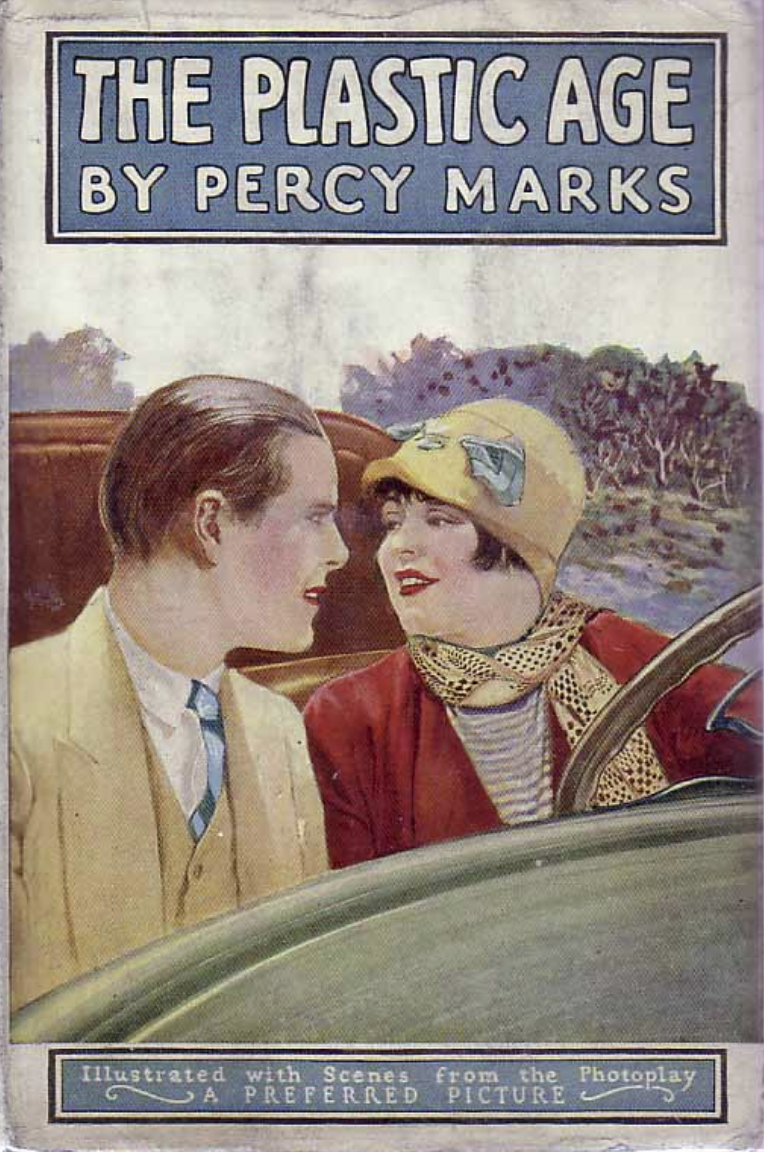 In the final letter of this episode, HPL mentions the novel The Plastic Age by Percy Marks. Marks was a professor at Brown when he wrote the book, which did not reflect well on the University. His teaching contract was not renewed, but he went on to become a prolific and successful novelist.
In the final letter of this episode, HPL mentions the novel The Plastic Age by Percy Marks. Marks was a professor at Brown when he wrote the book, which did not reflect well on the University. His teaching contract was not renewed, but he went on to become a prolific and successful novelist.
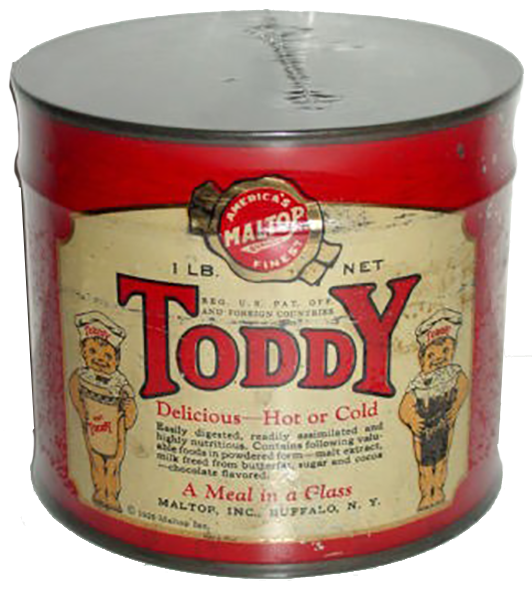
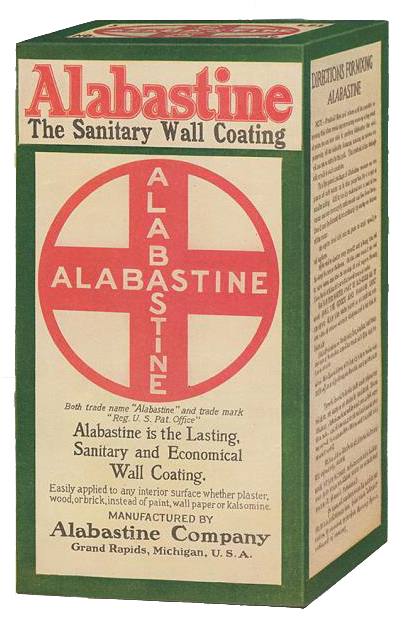 We were surprised to hear HPL mentioning that he had "a glass of toddy", assuming that he was using the word in the contemporary sense, which is a drink that includes whisky. But in the 1920s there was a product called Toddy which was pretty much the same as Ovaltine, and that might be what he was referring to. It was owned by the Pepsi corporation, and is today marketed mostly in South America.
We were surprised to hear HPL mentioning that he had "a glass of toddy", assuming that he was using the word in the contemporary sense, which is a drink that includes whisky. But in the 1920s there was a product called Toddy which was pretty much the same as Ovaltine, and that might be what he was referring to. It was owned by the Pepsi corporation, and is today marketed mostly in South America.
Lovecraft refers in the fourth letter to the "alabastine bog-trotter" Michael Oscar White, who so rudely criticized Samuel Loveman's poetry. Alabastine was a popular building product/wall coloring, and doubtless HPL is playing on White's last name.
The theatre critic we talk about at the beginning of this episode was Richard Christiansen. He was instrumental in fostering and shaping the theatre scene in Chicago, where Andrew once belonged to a company called Defiant Theatre. He passed away in late January at the age of 90. R.I.P.
